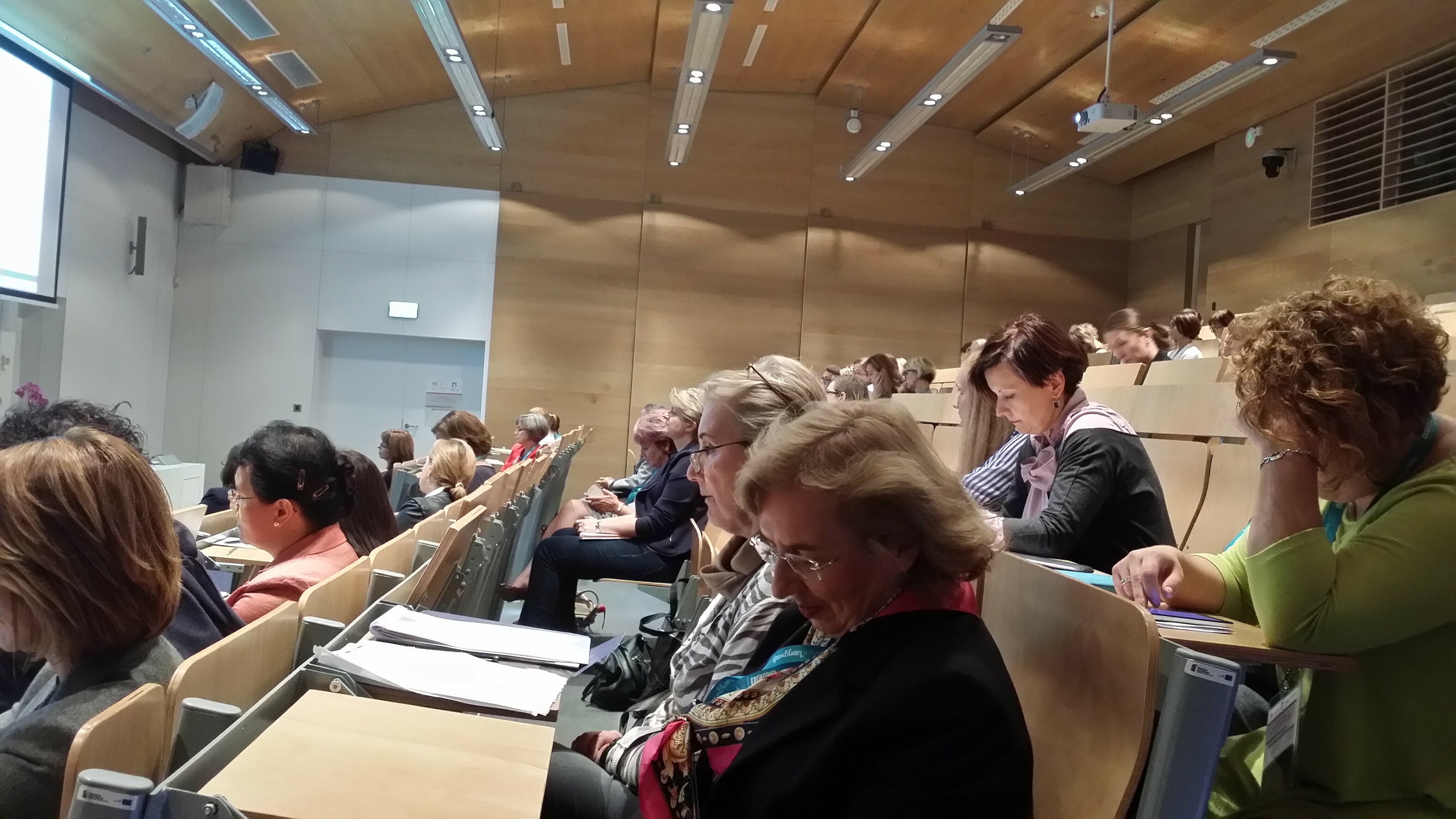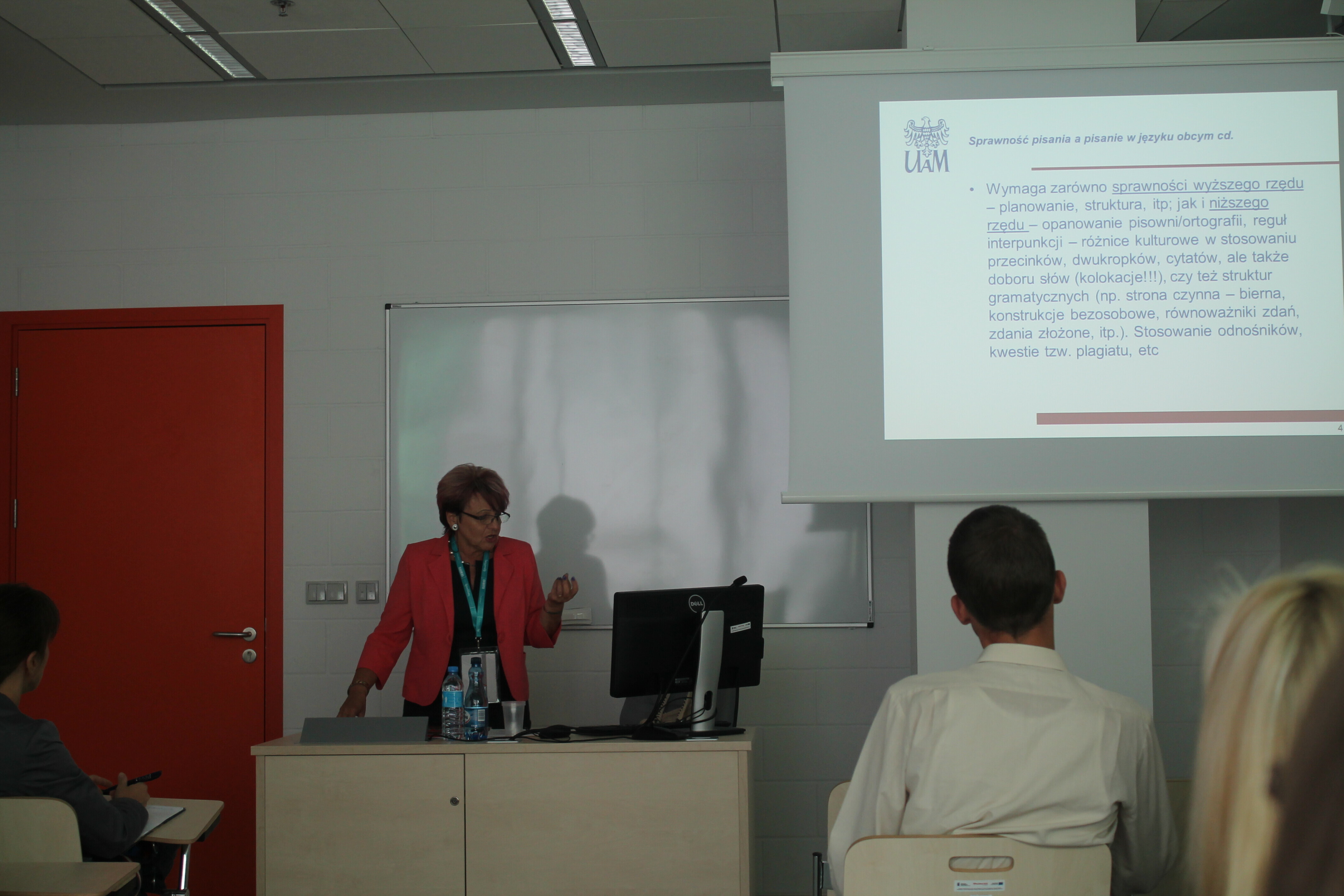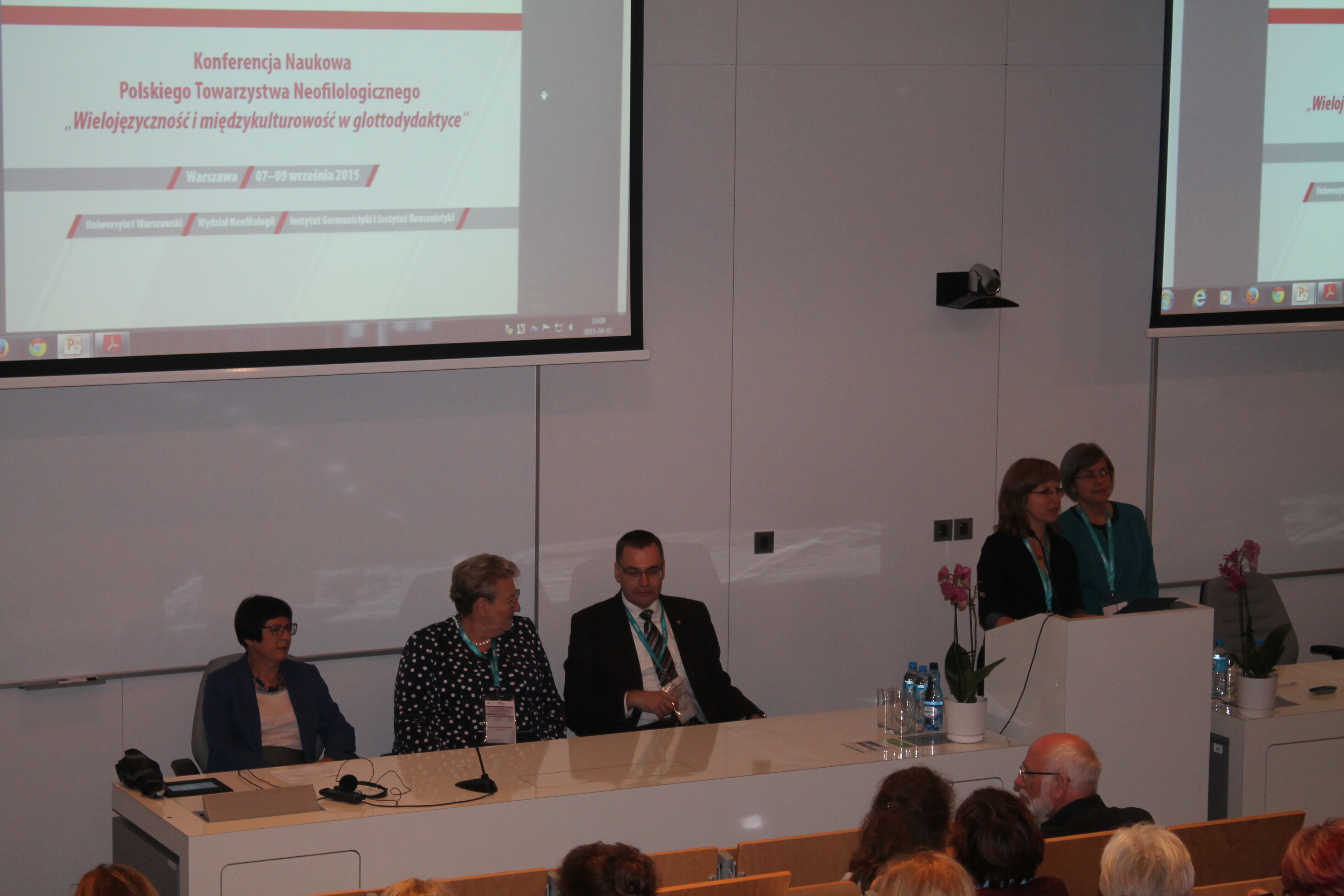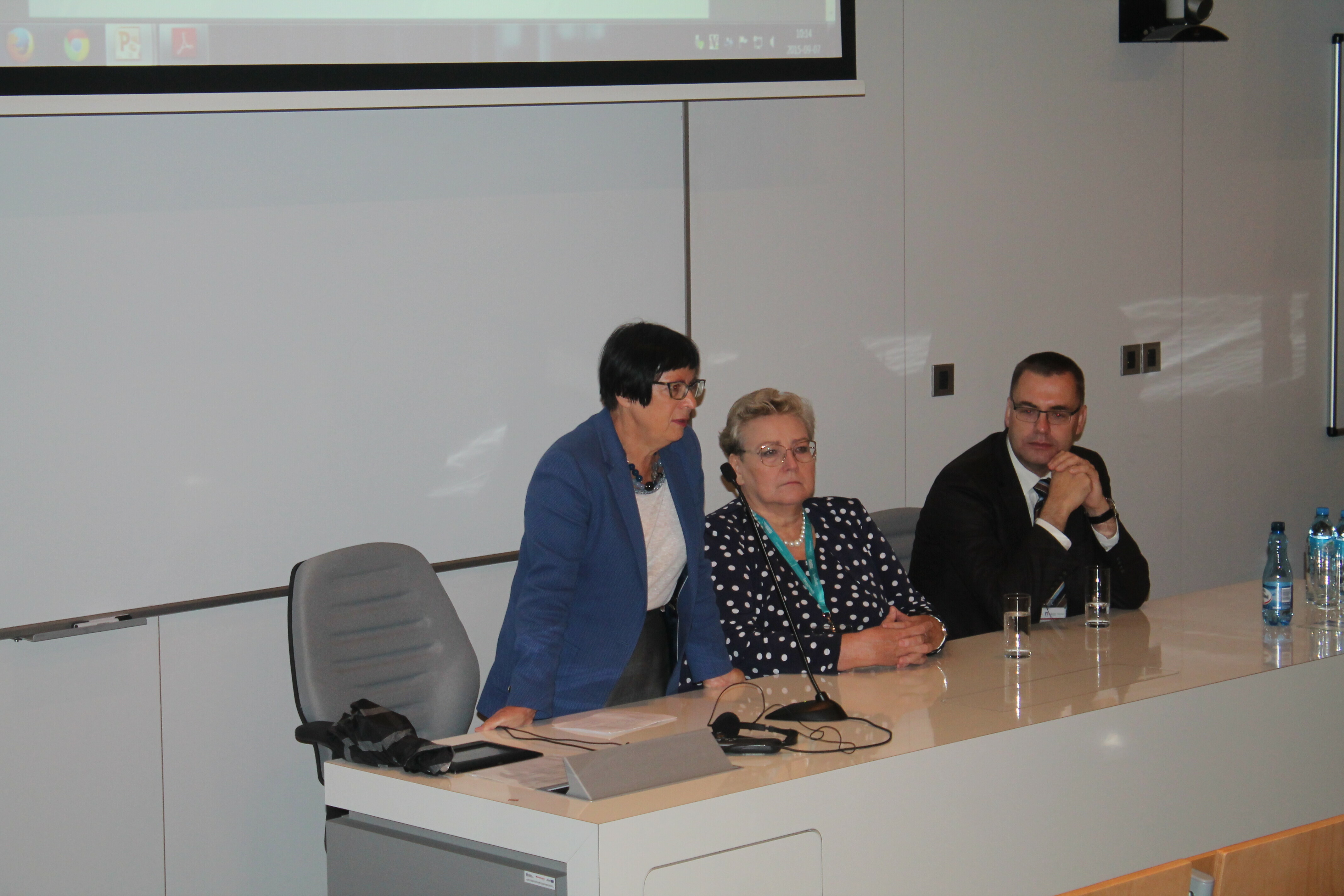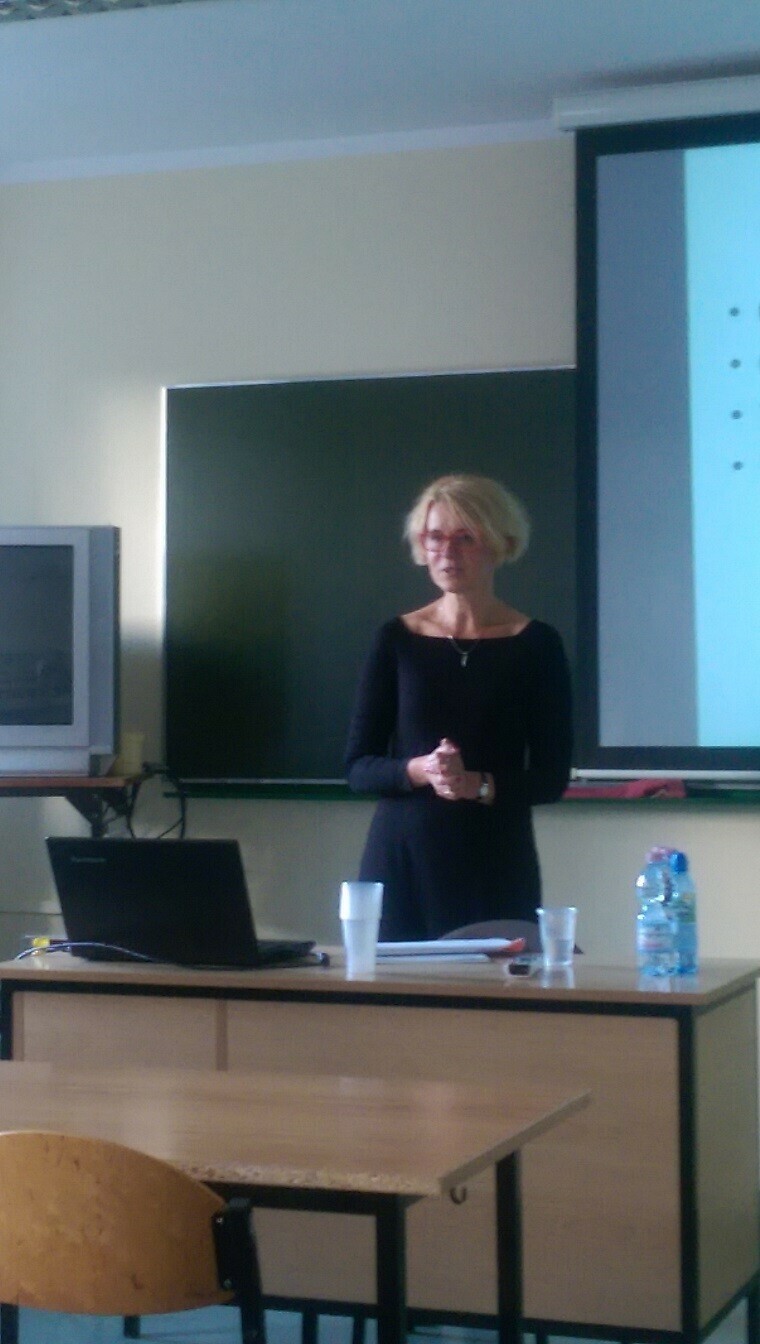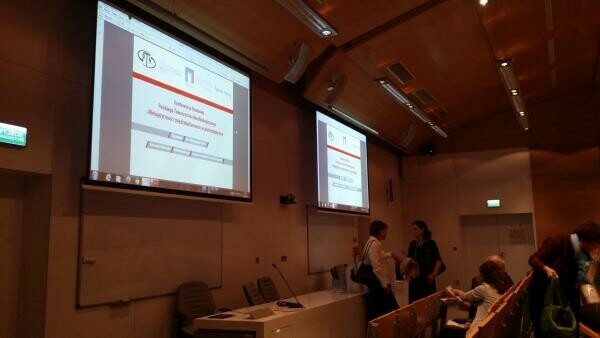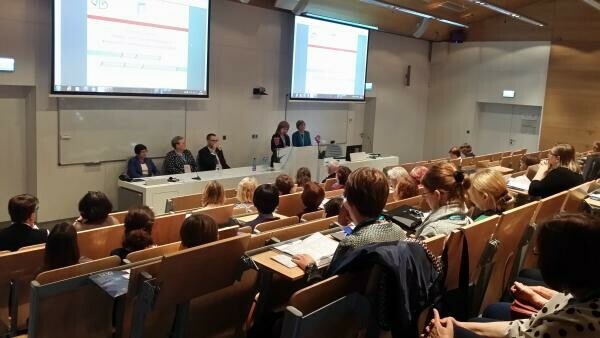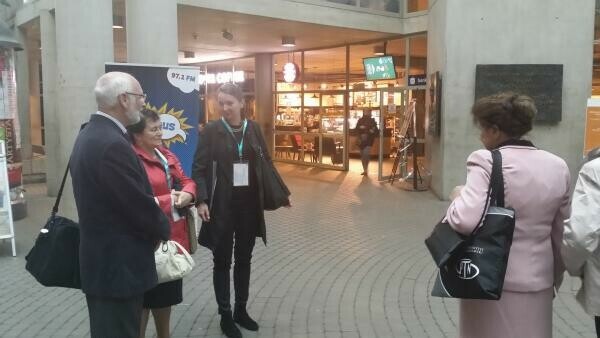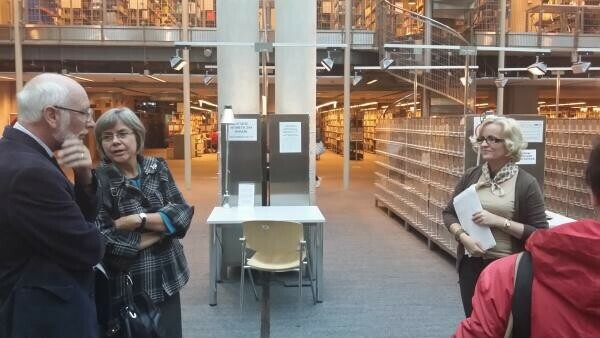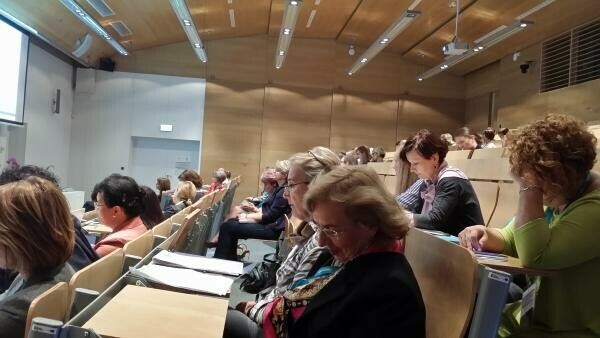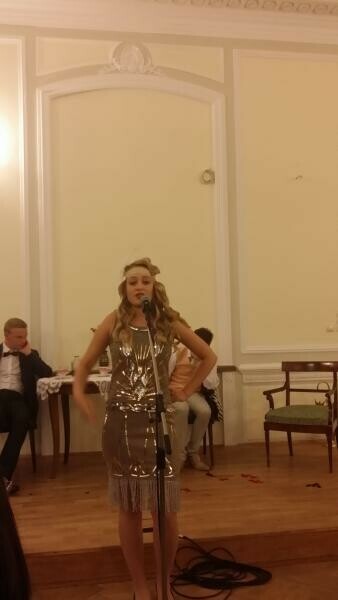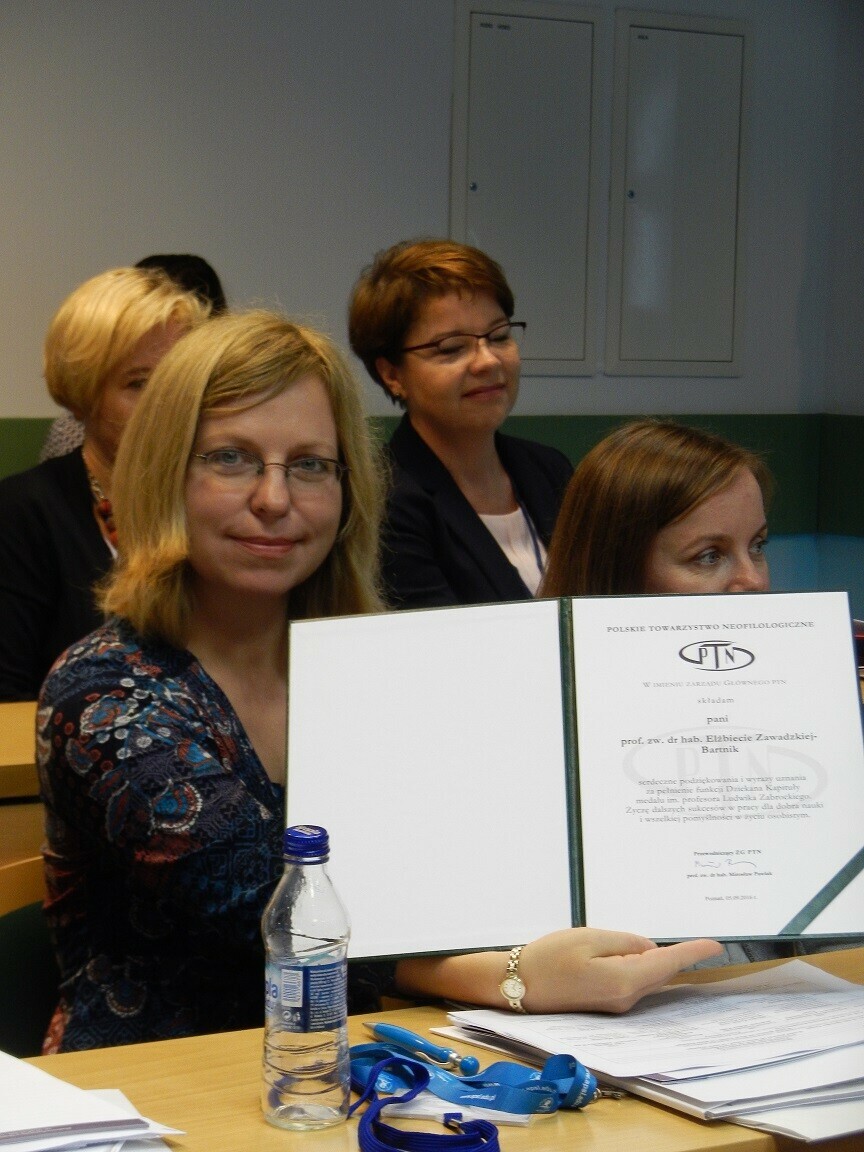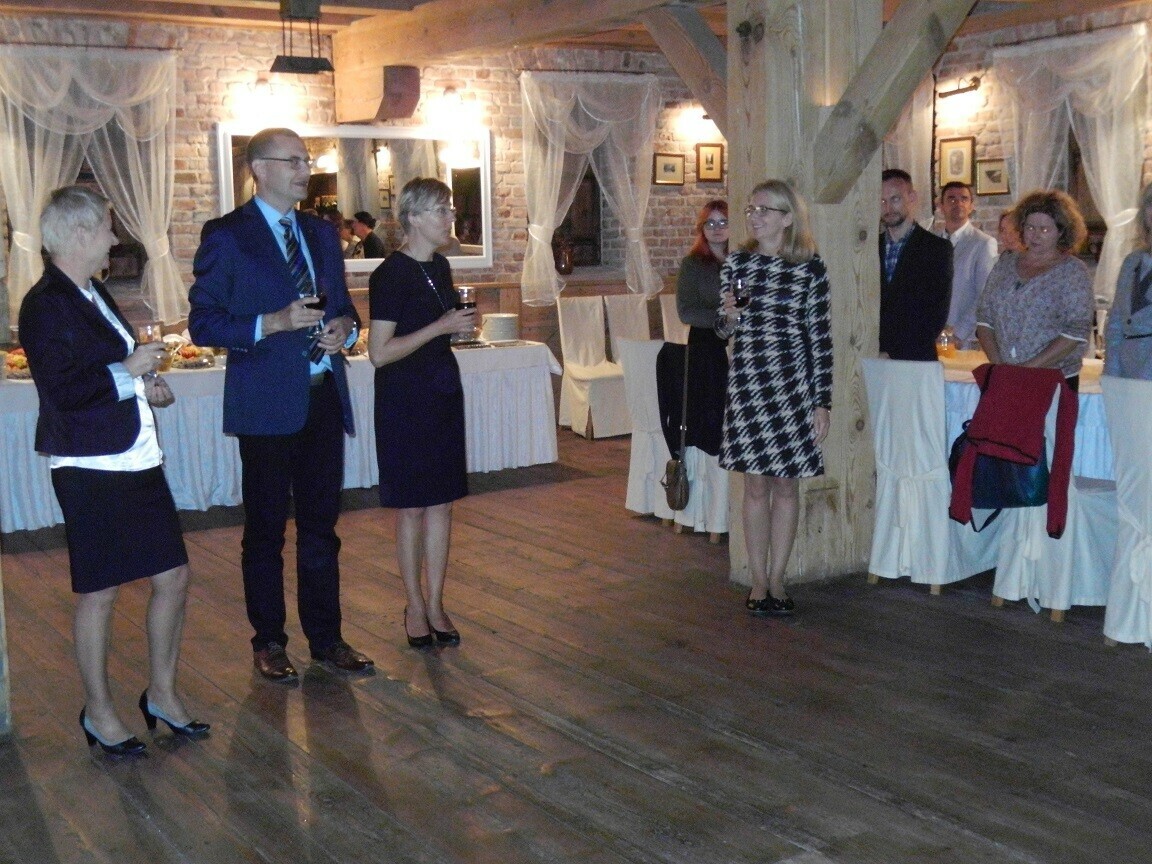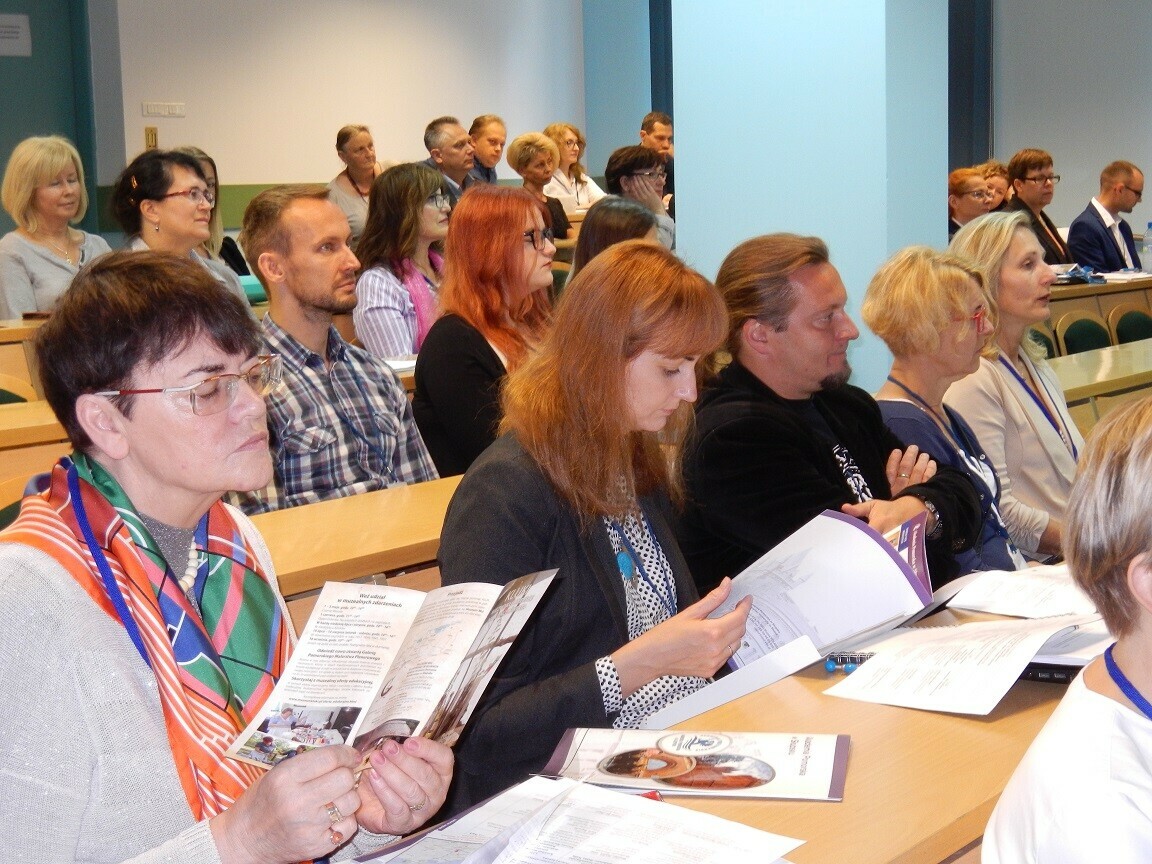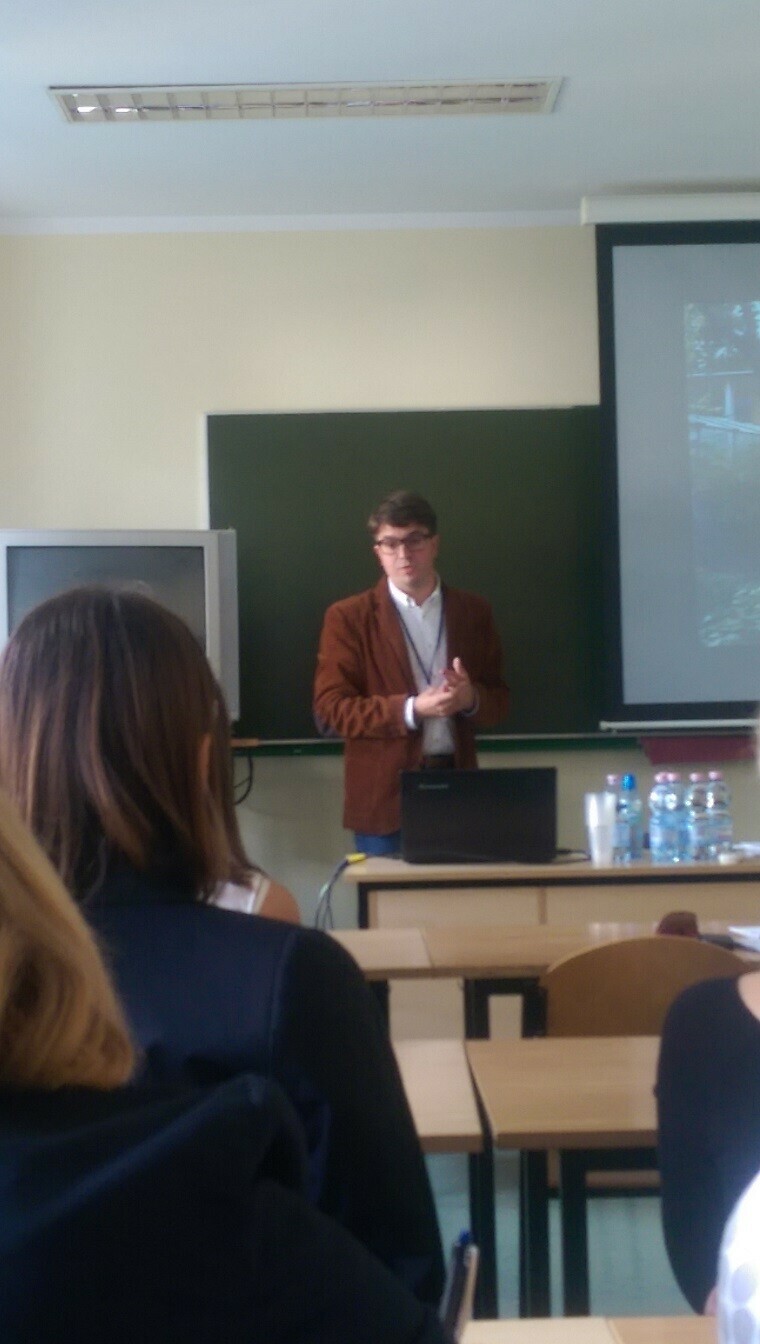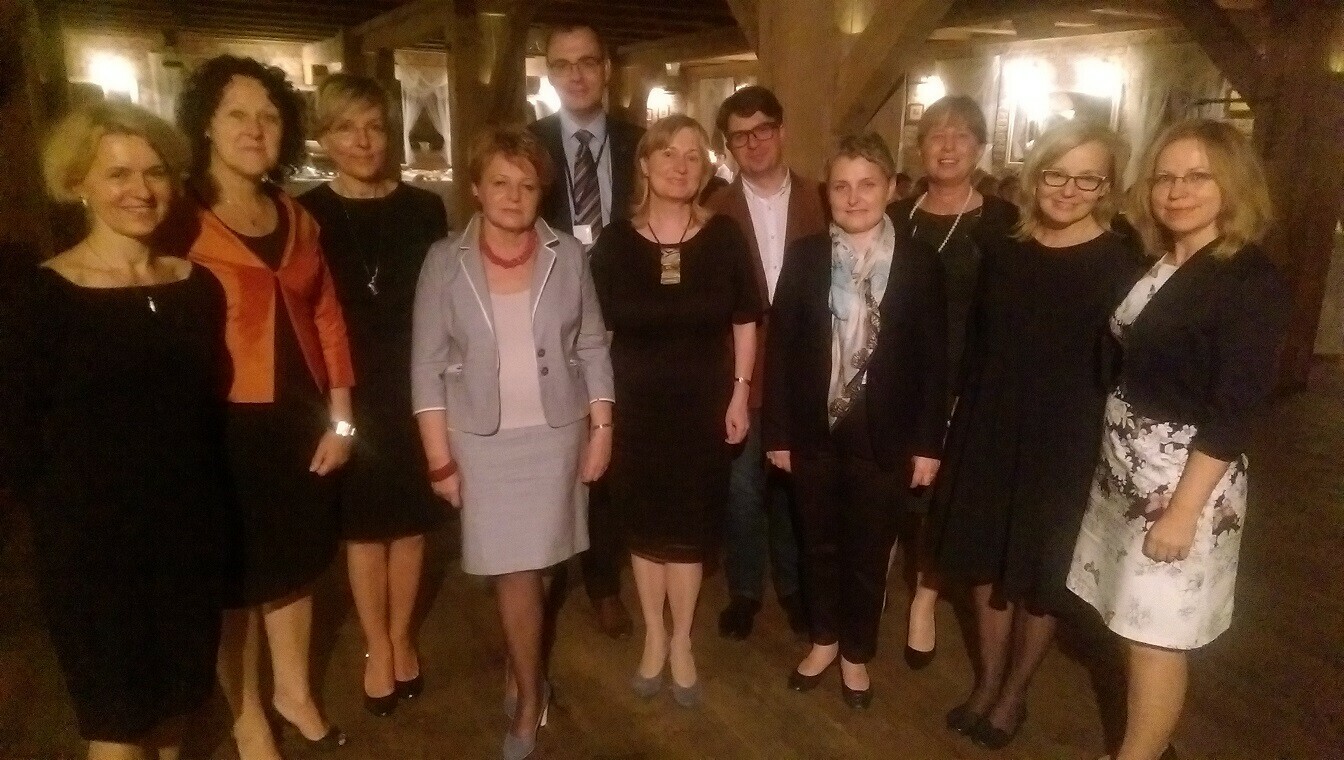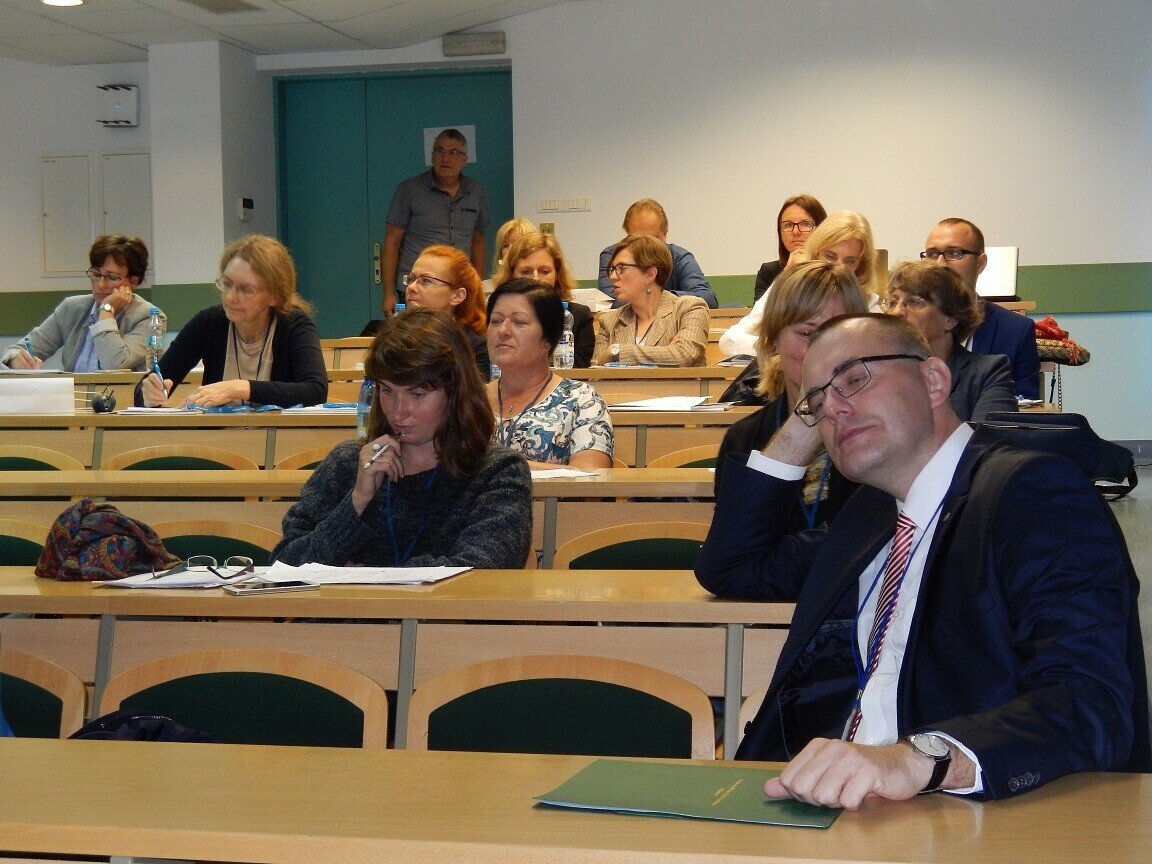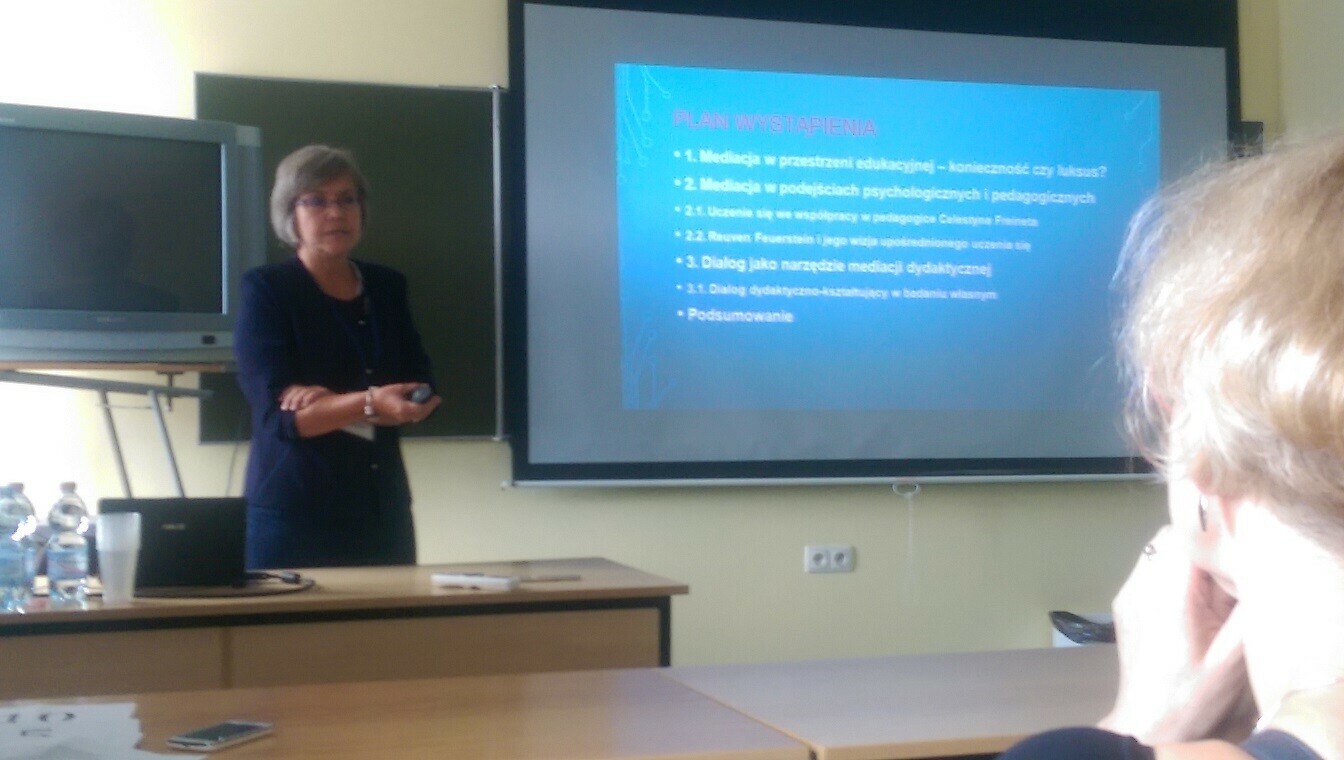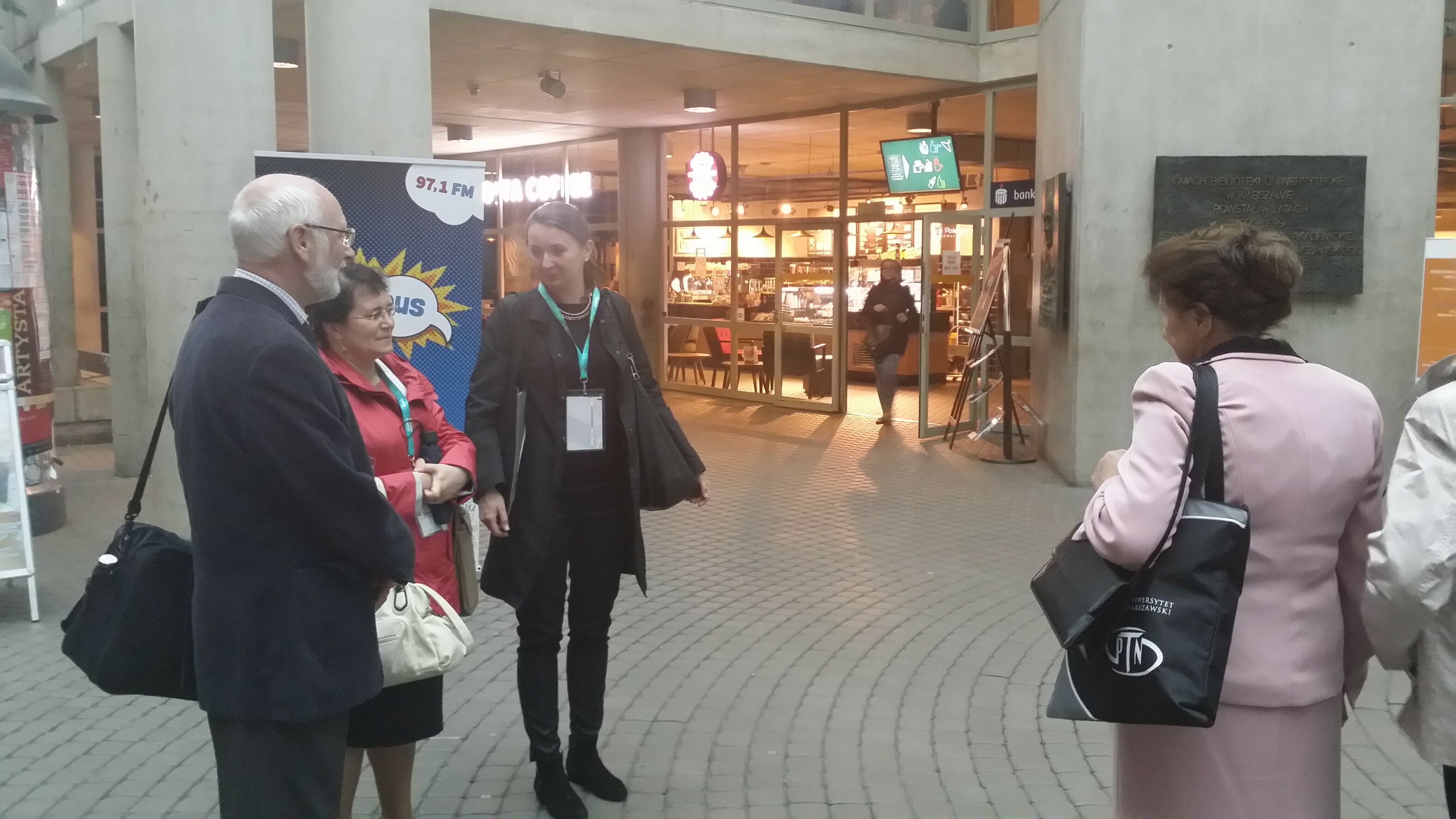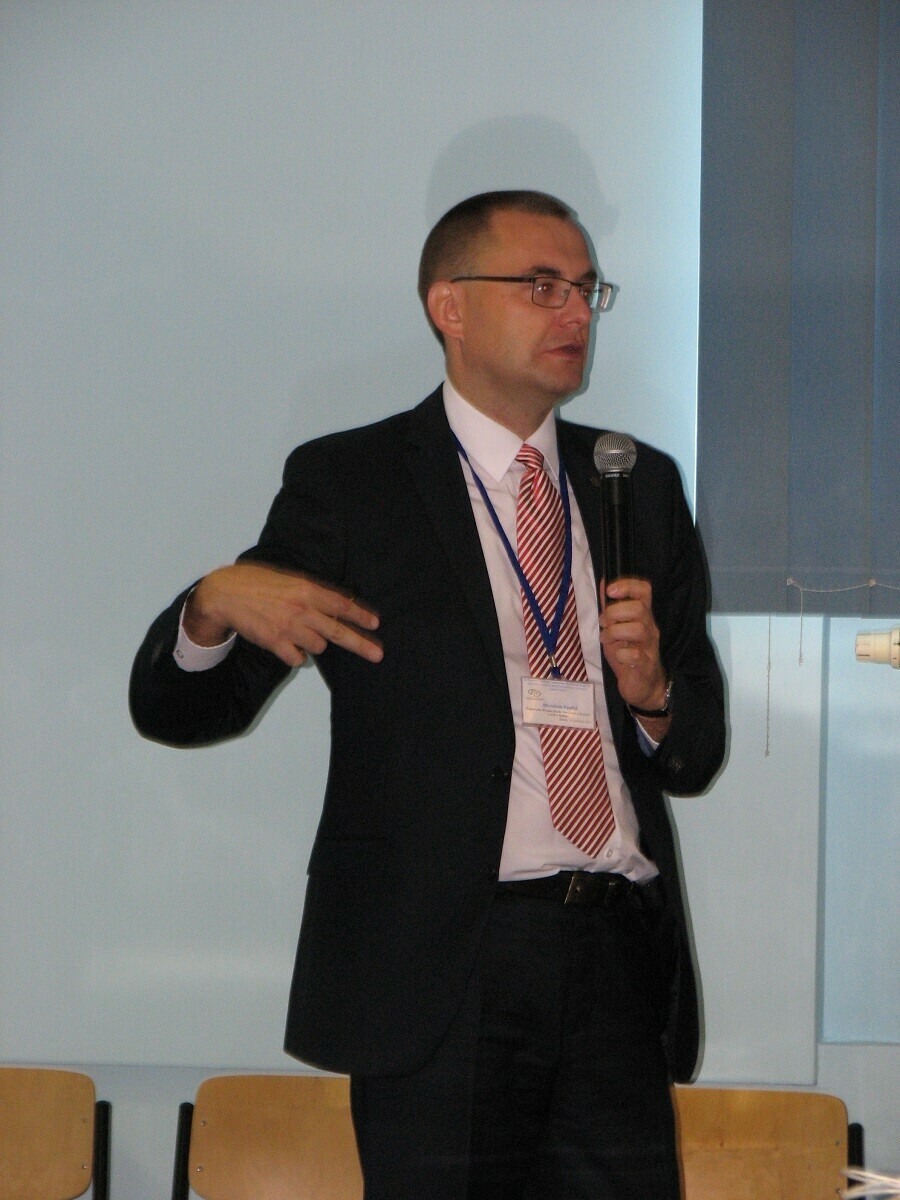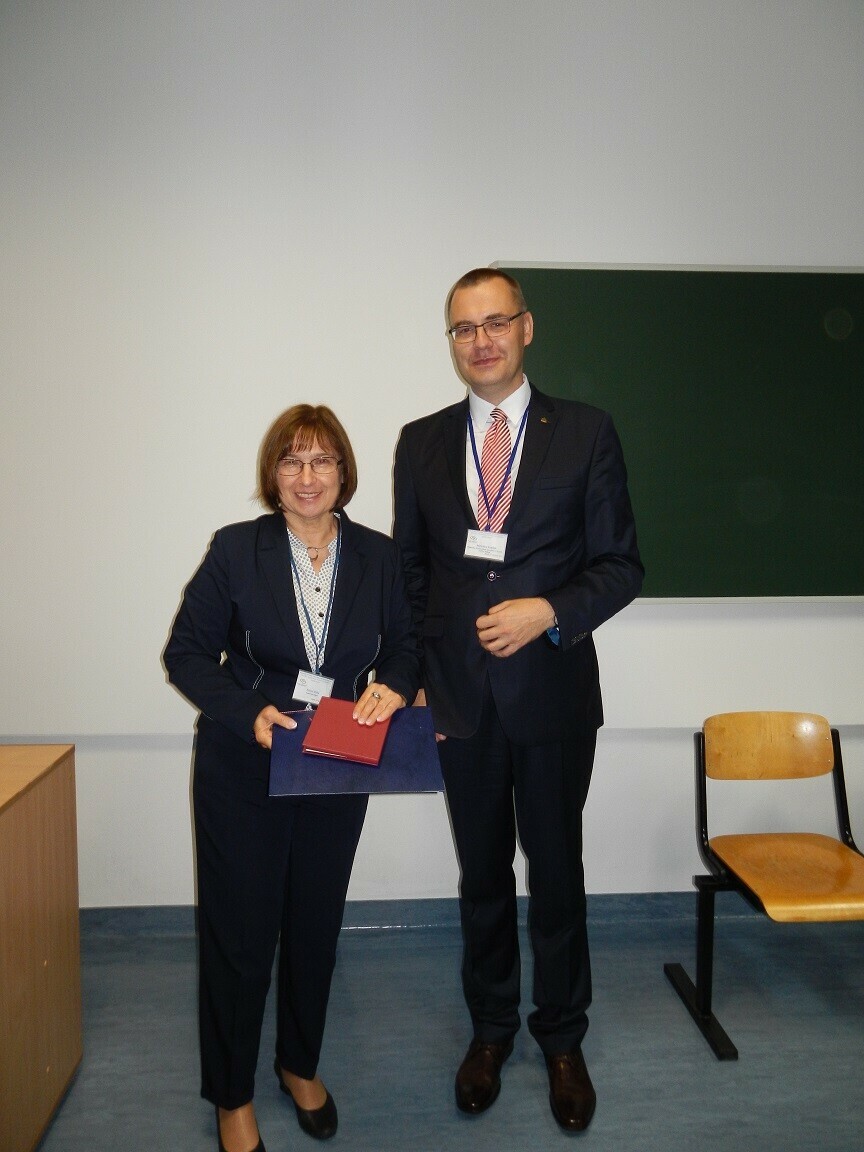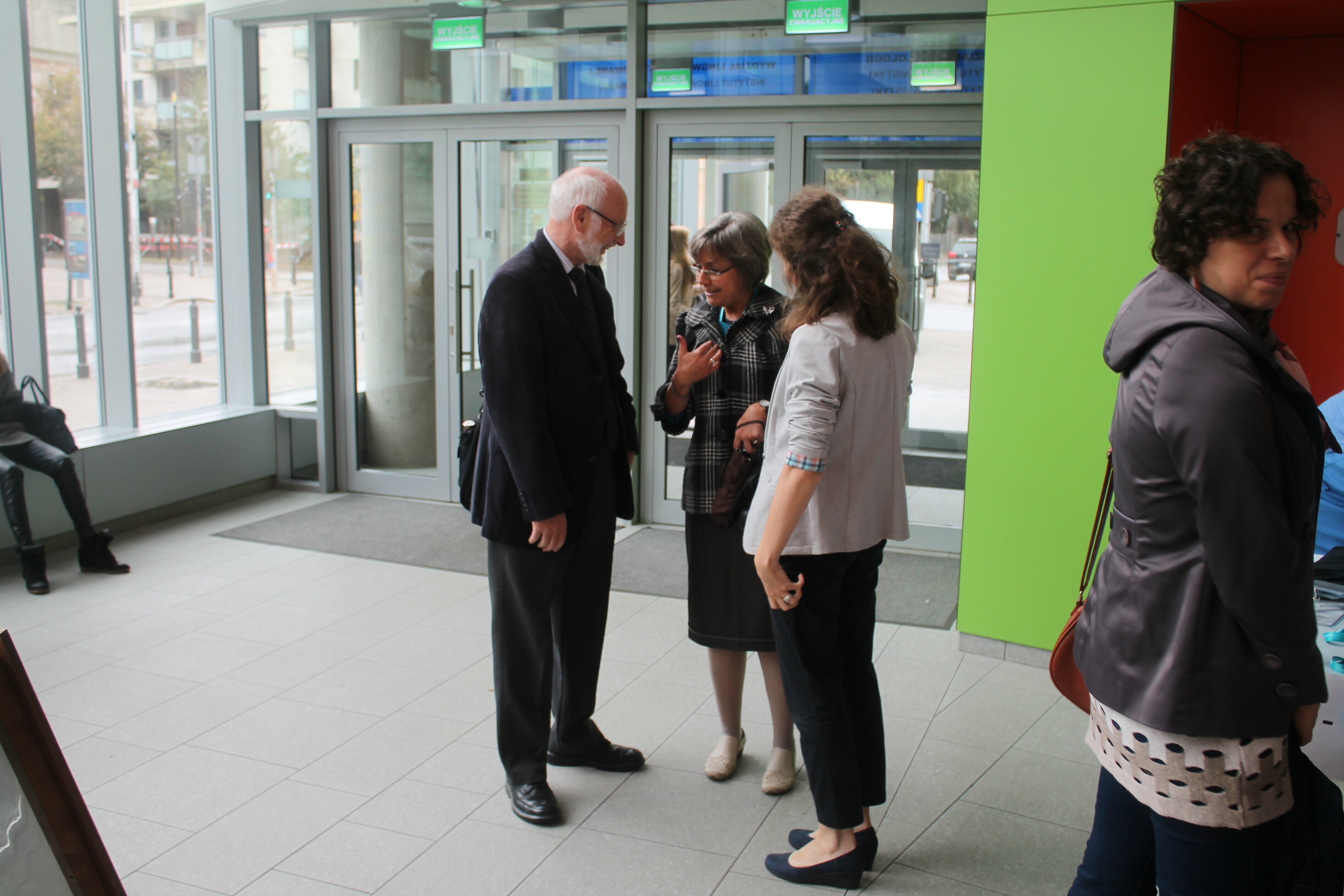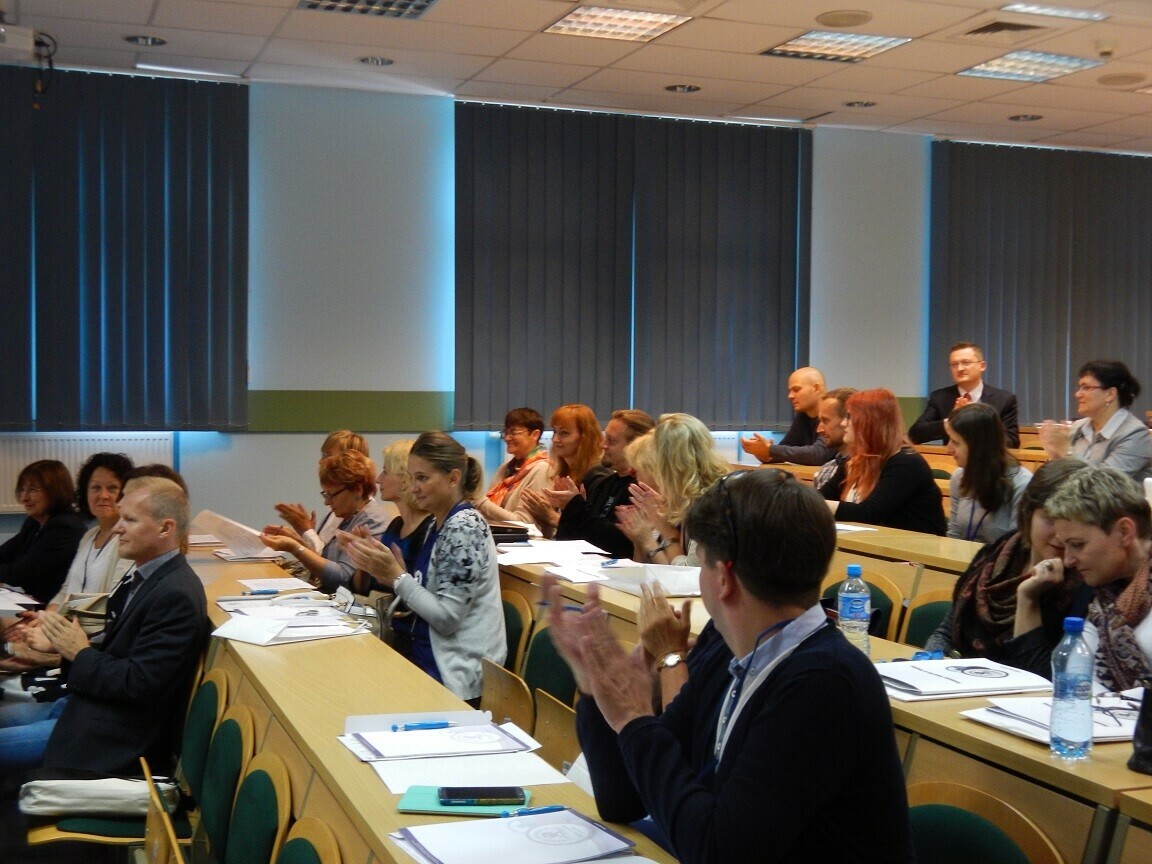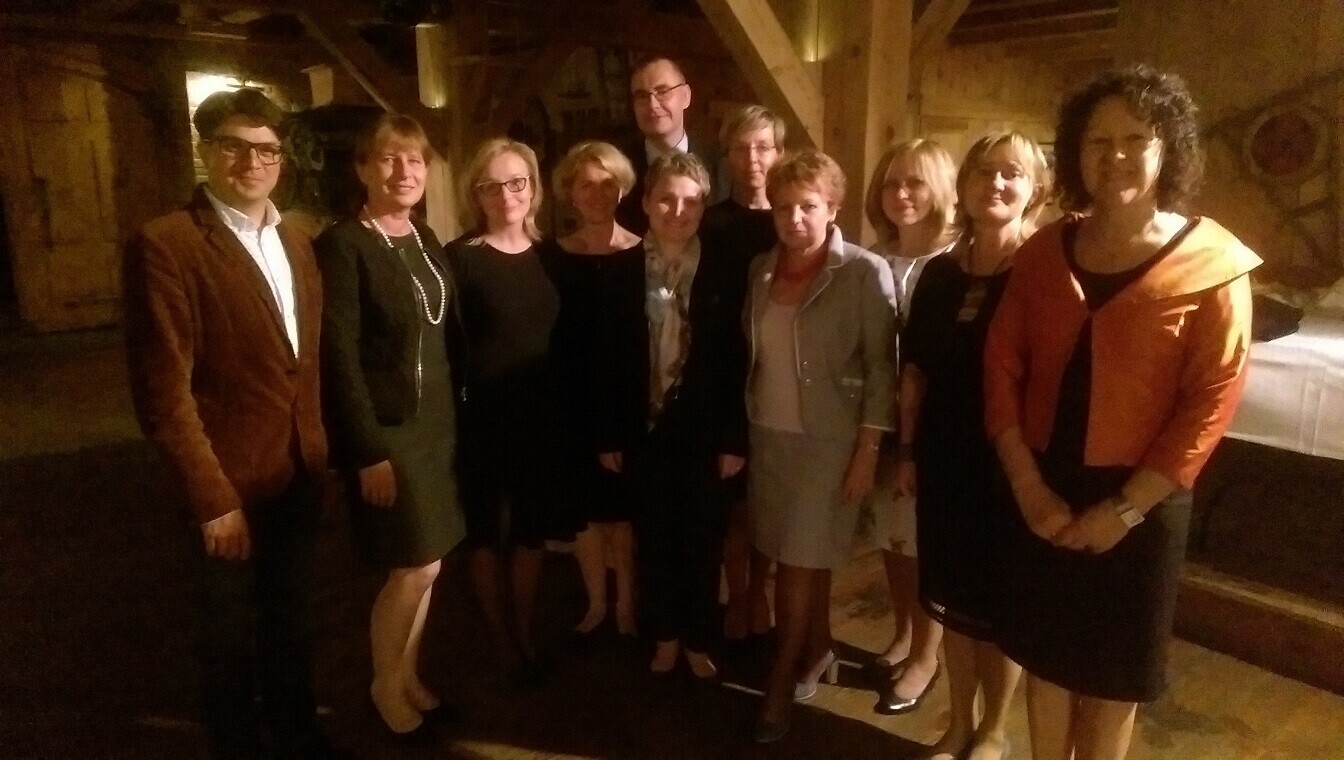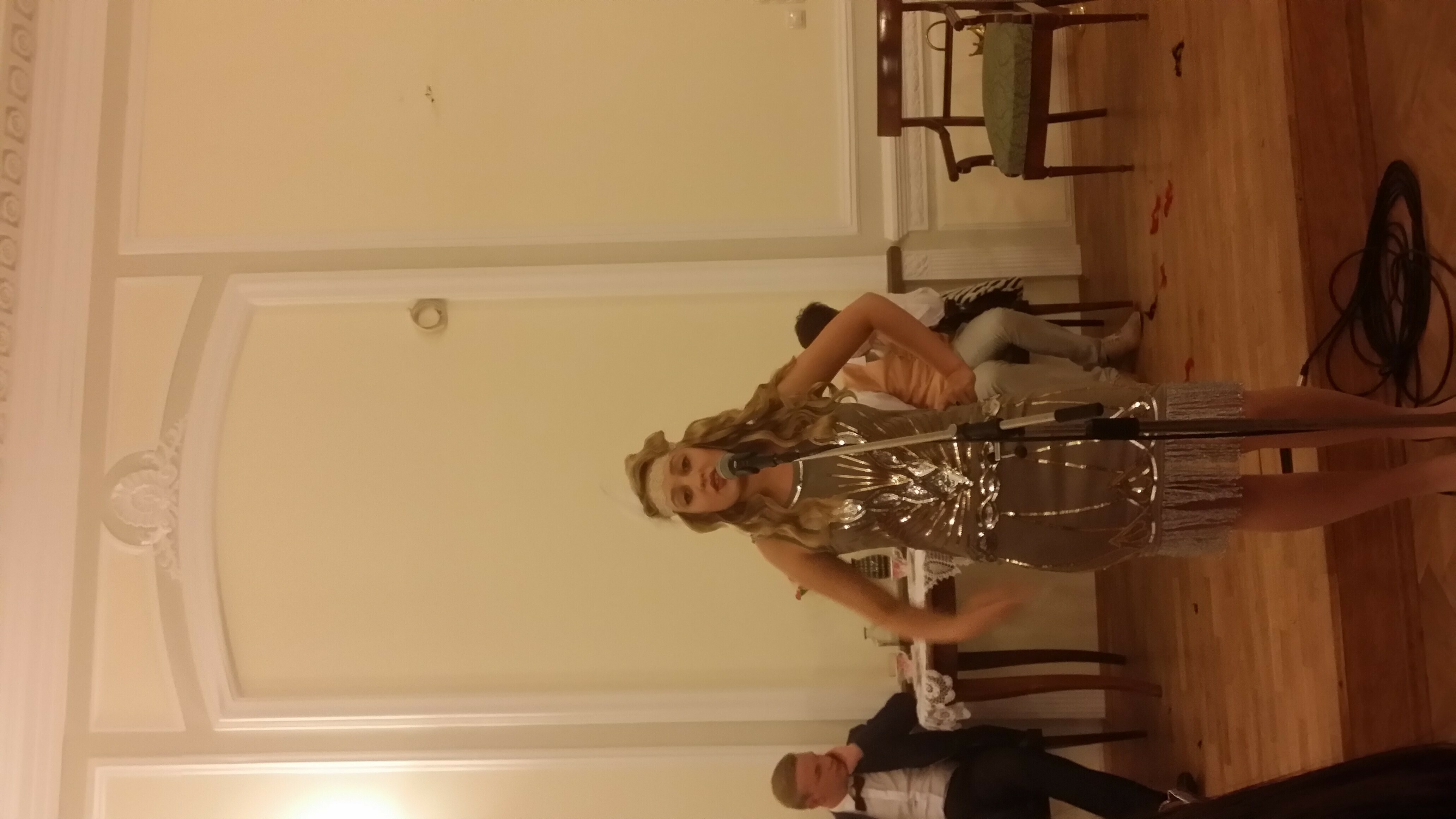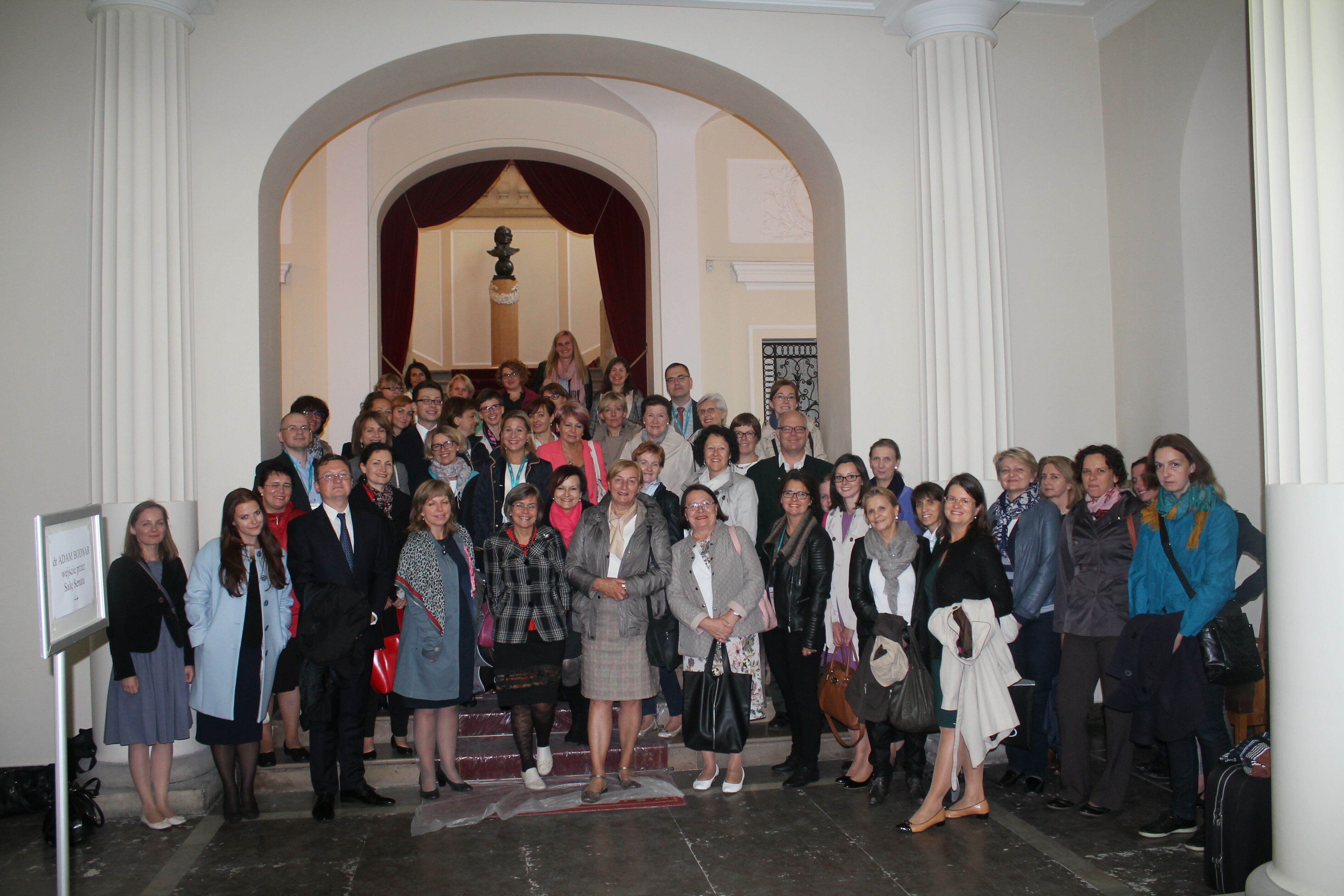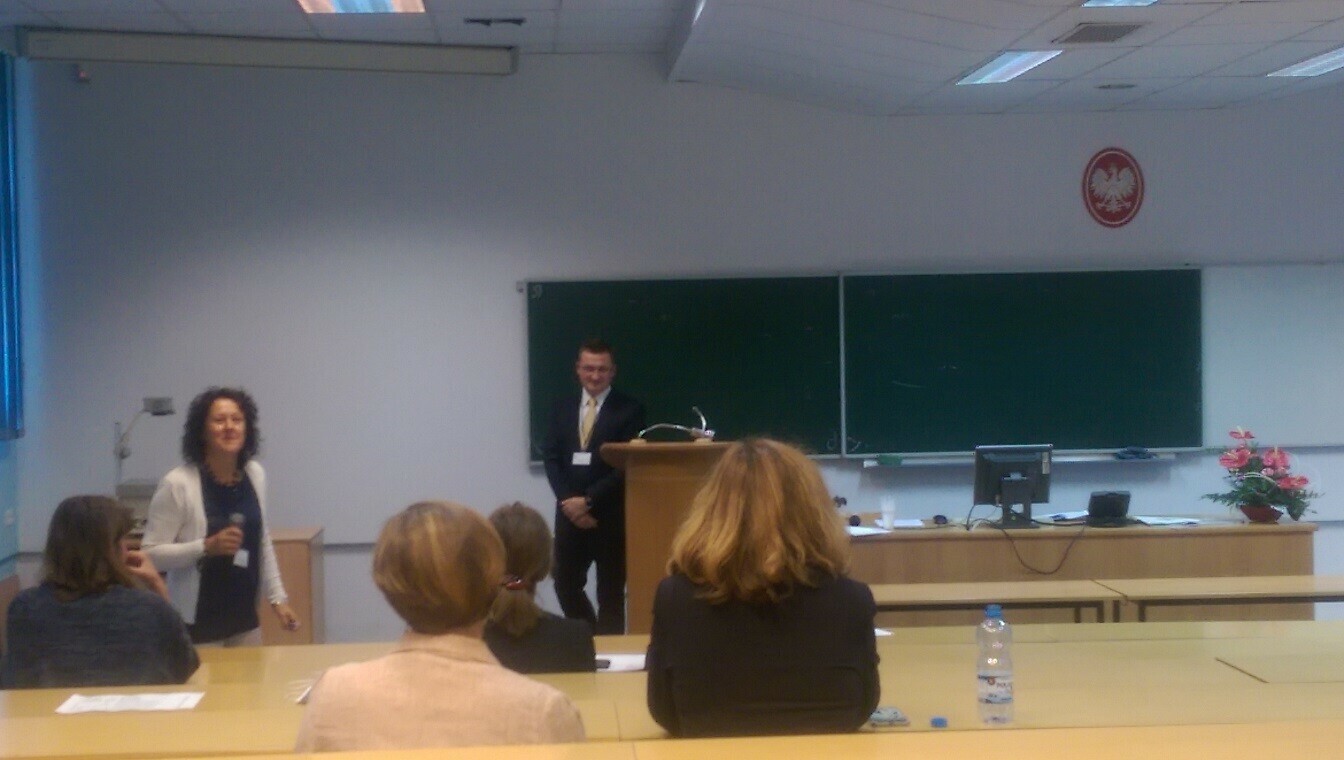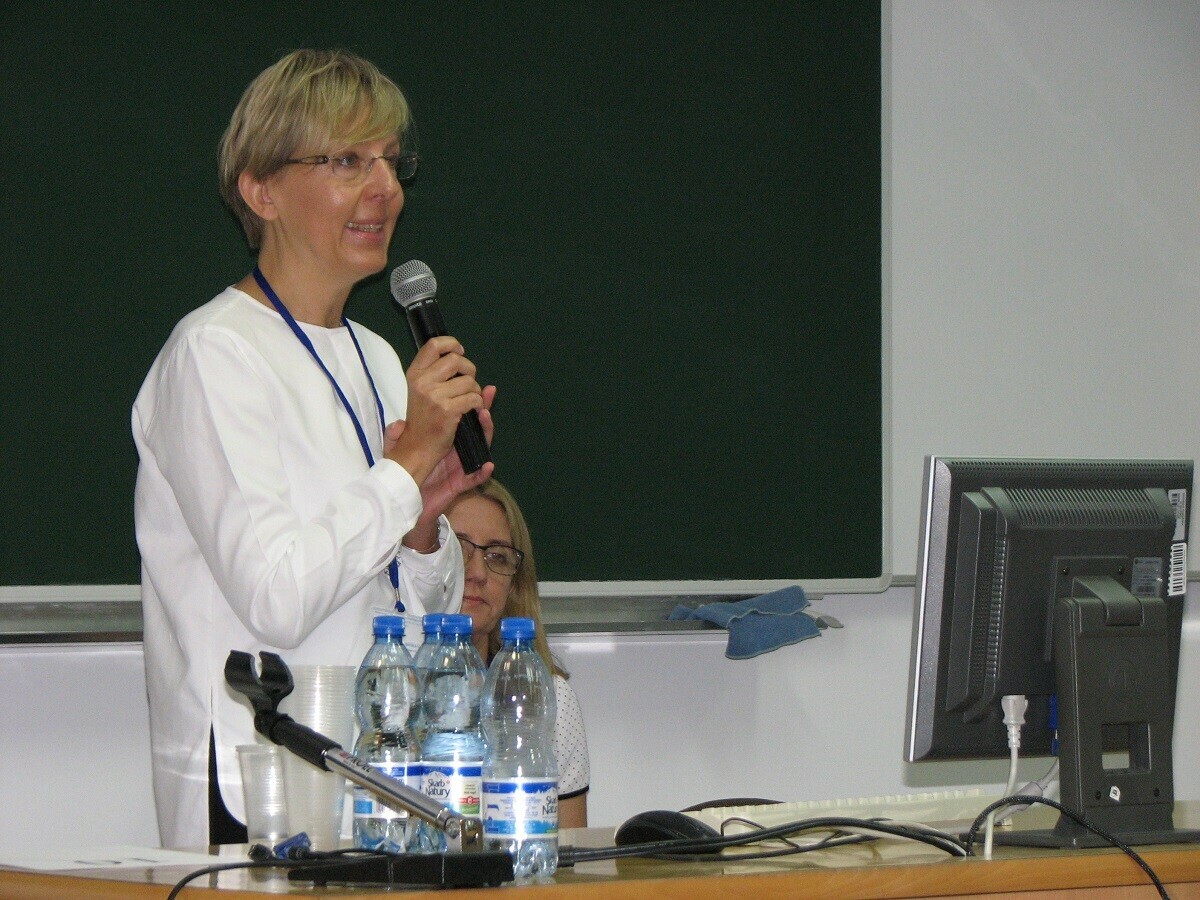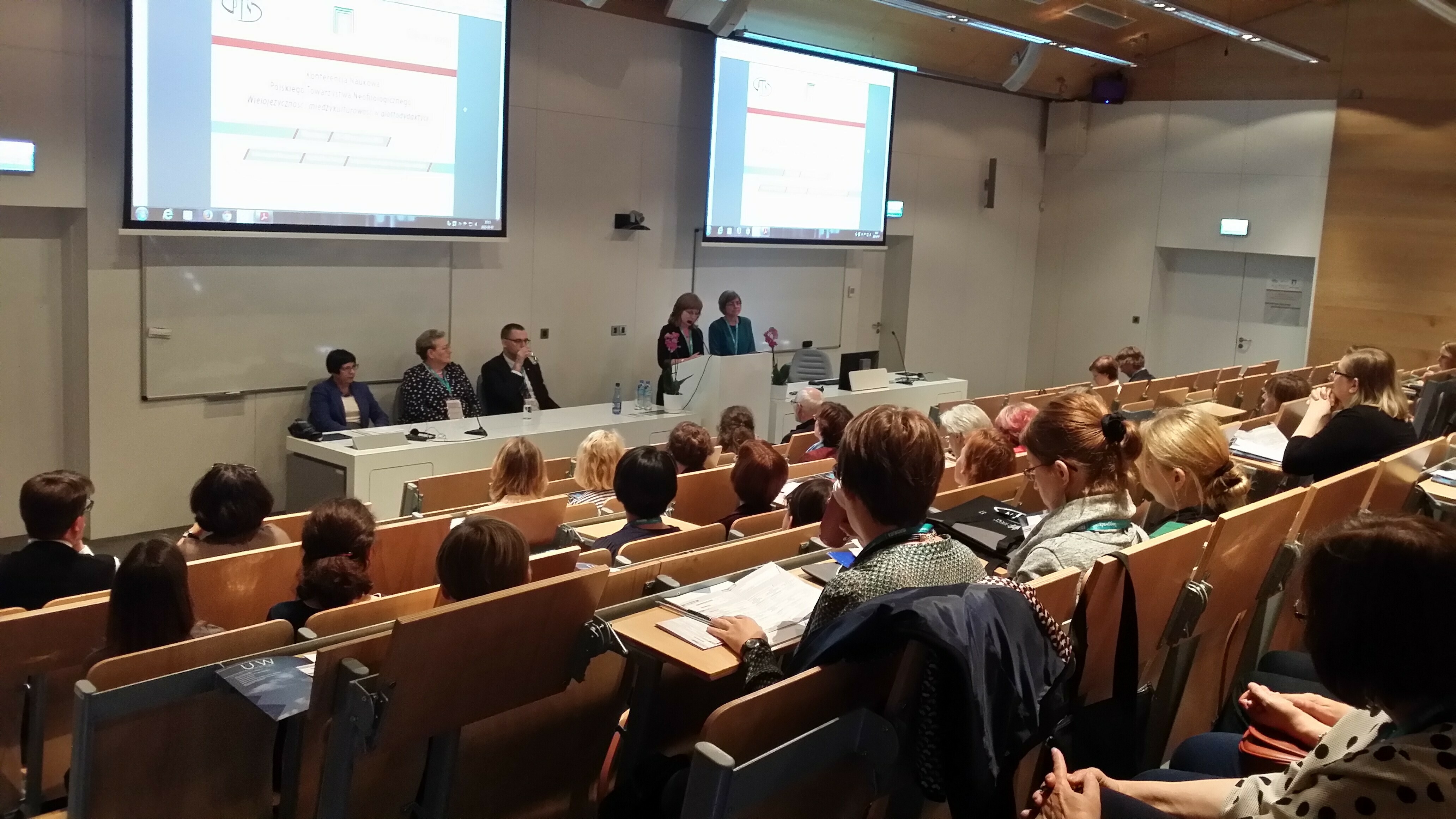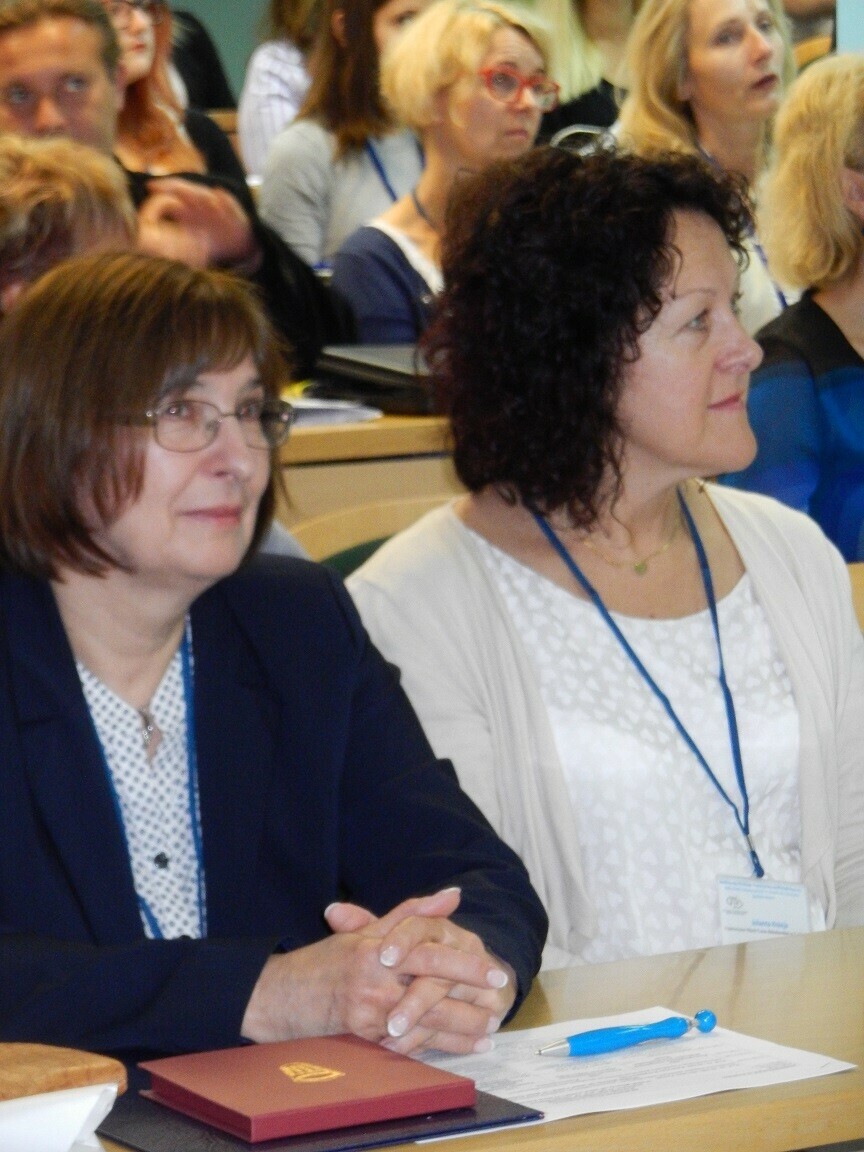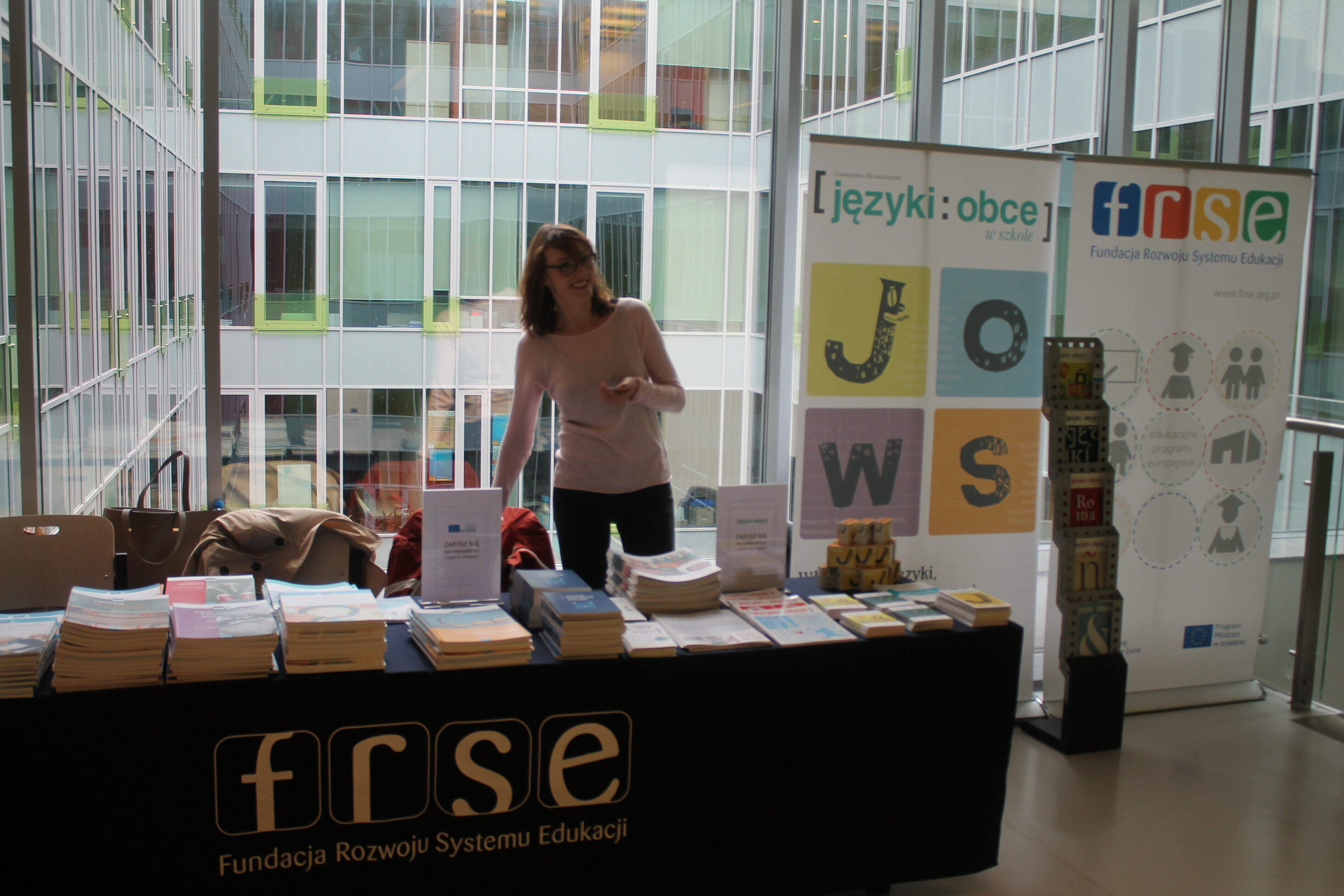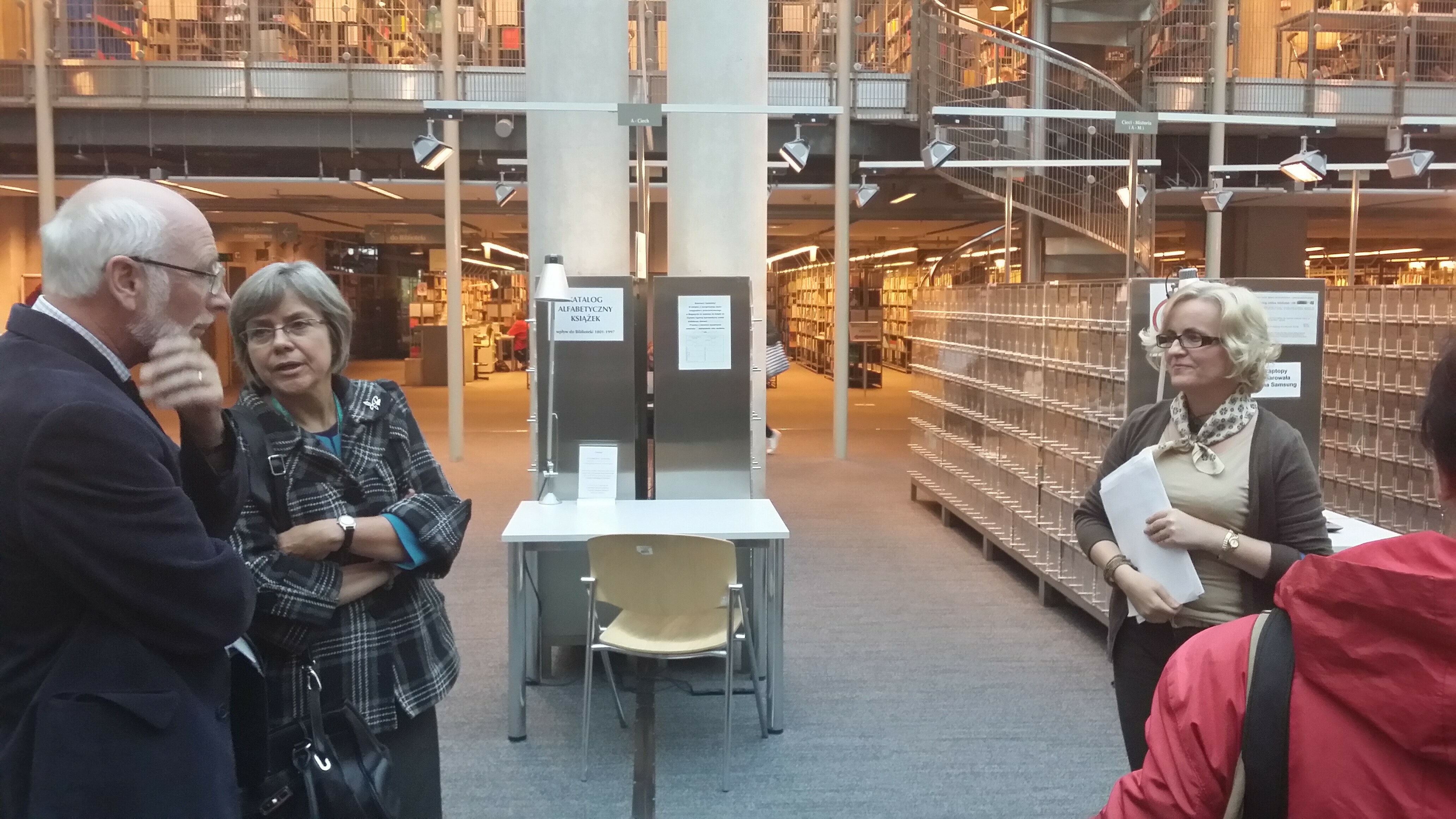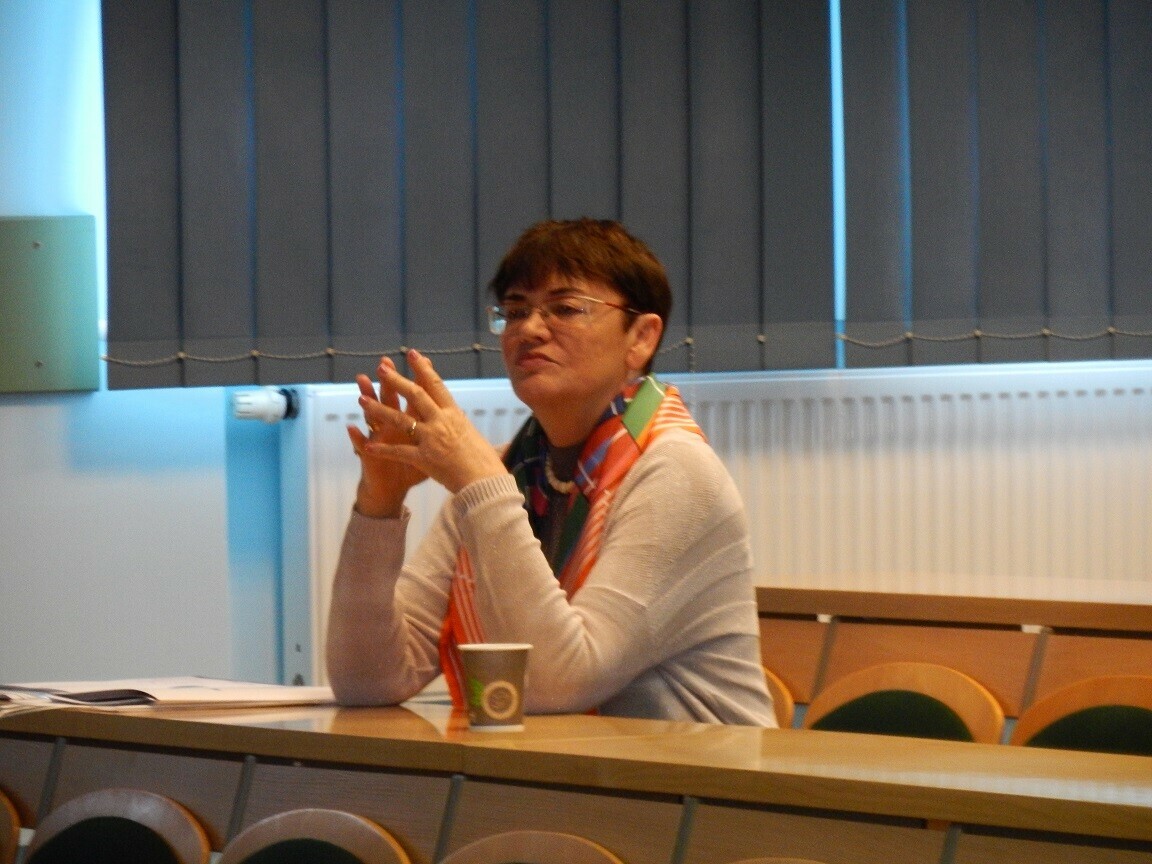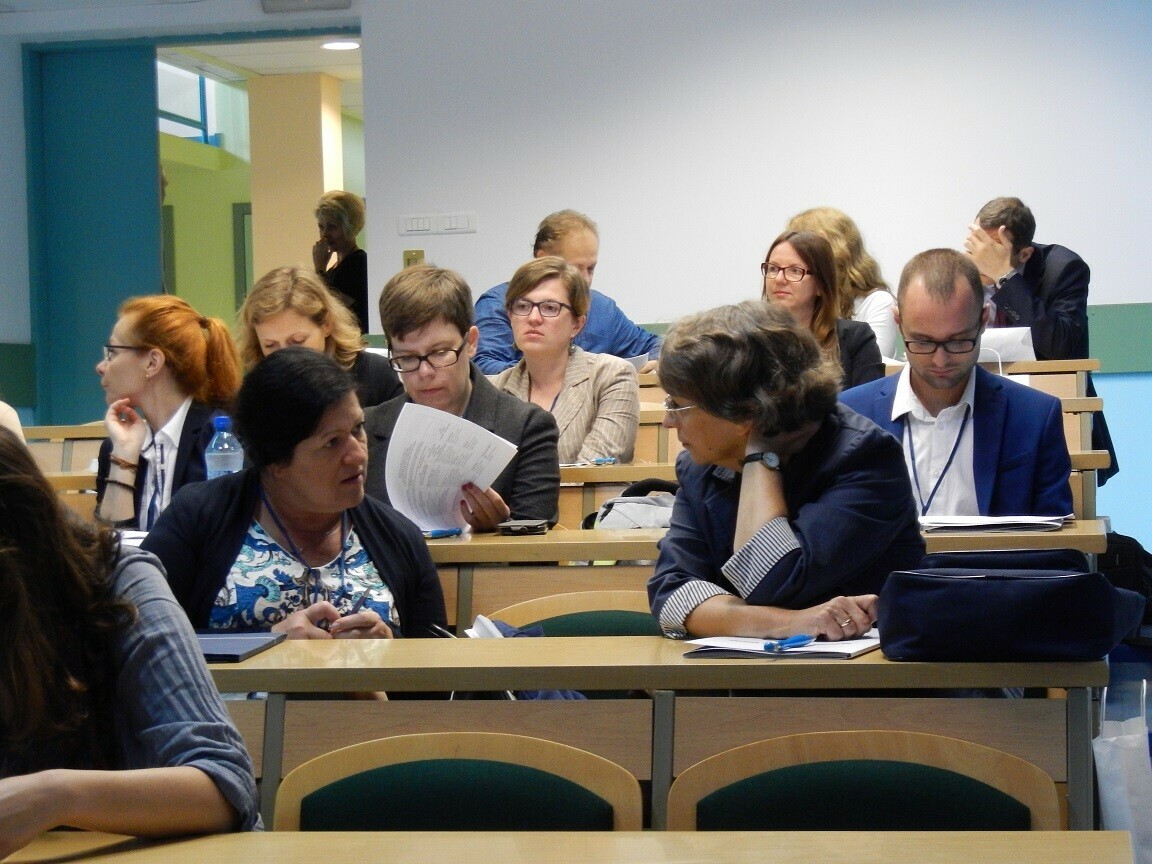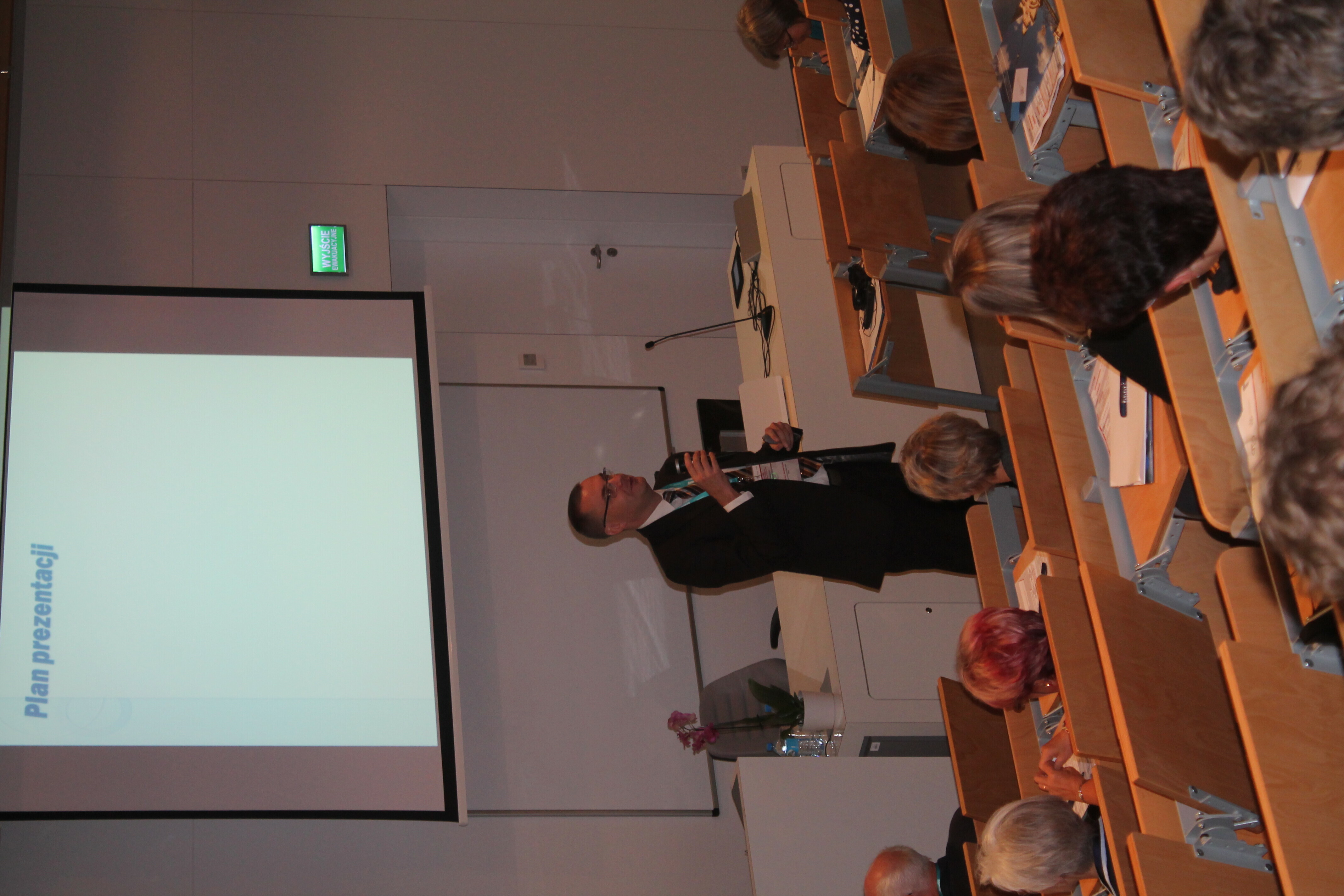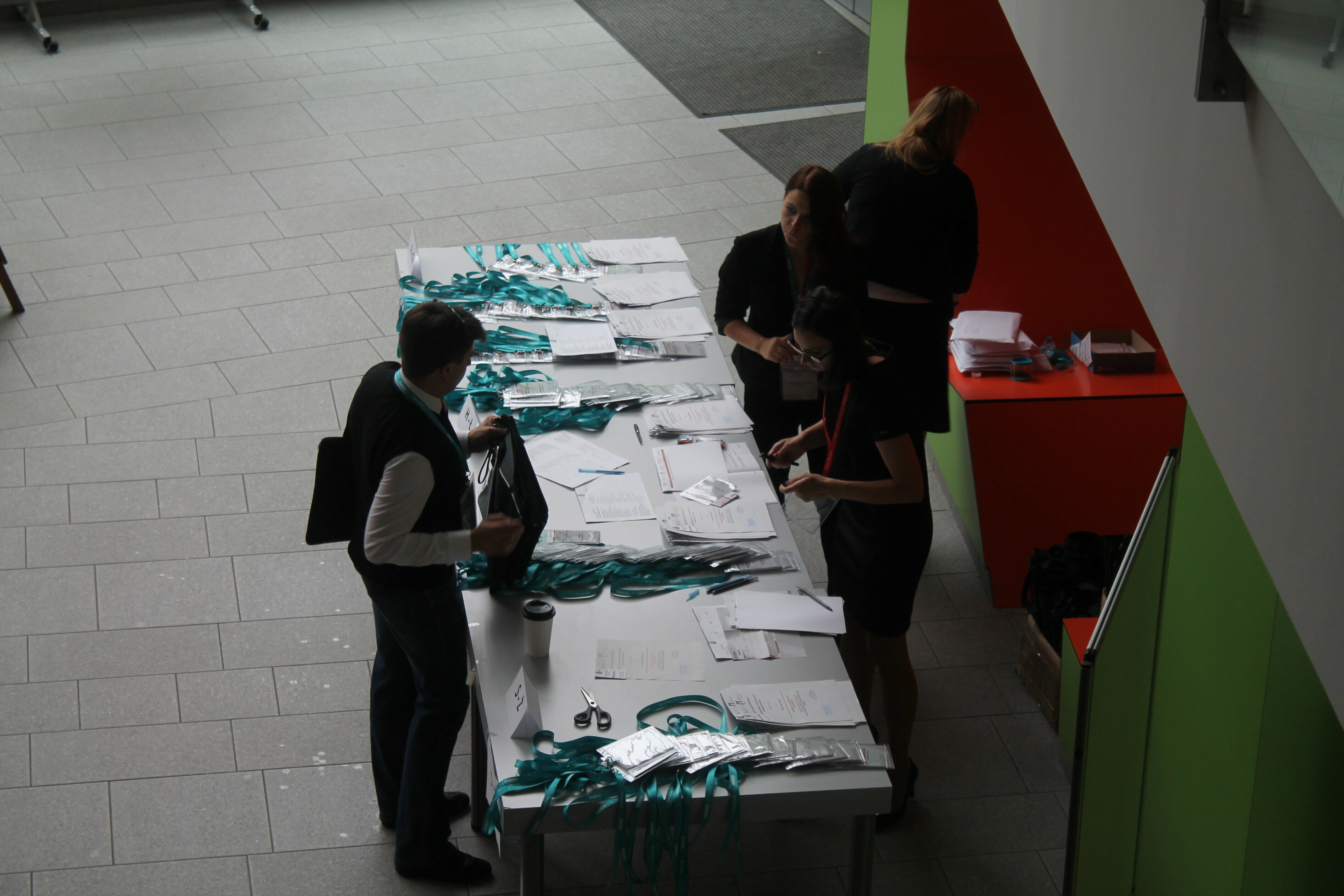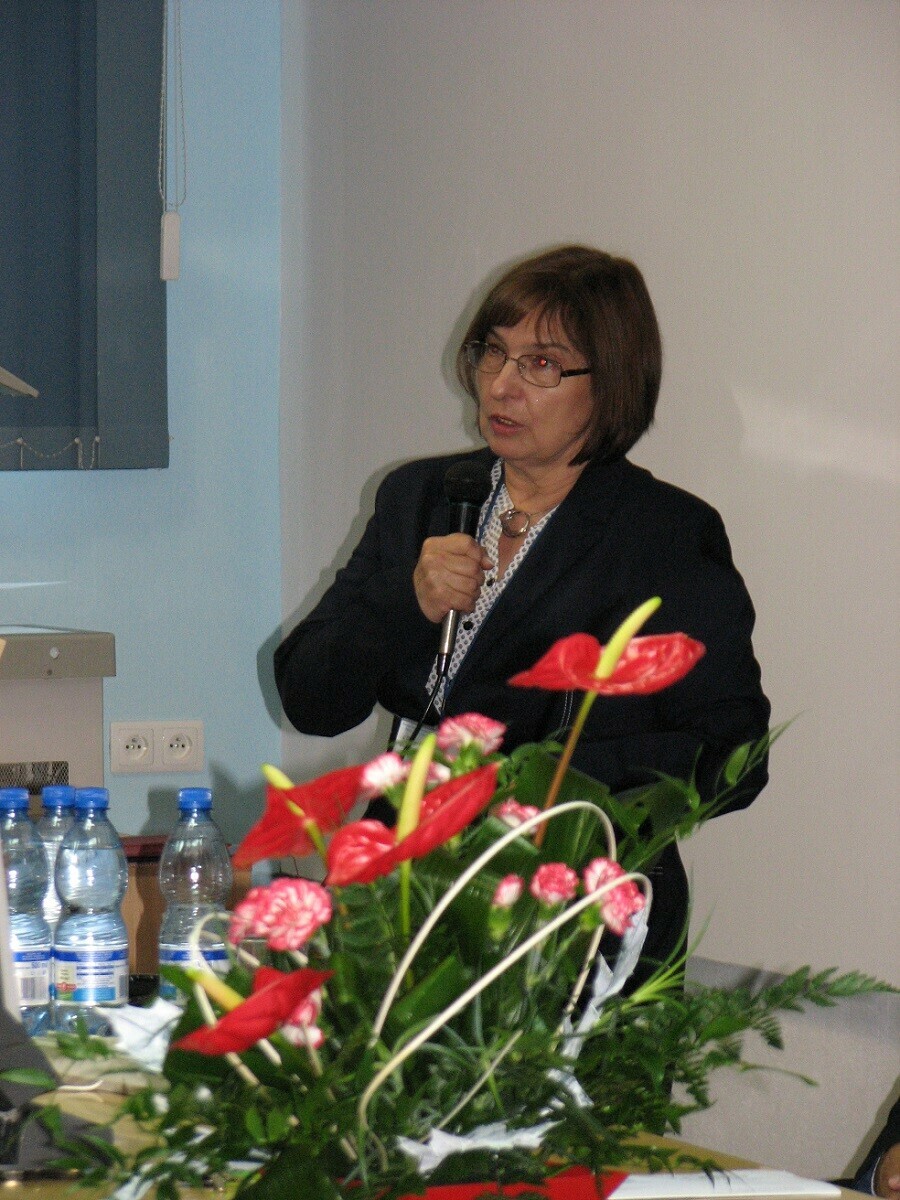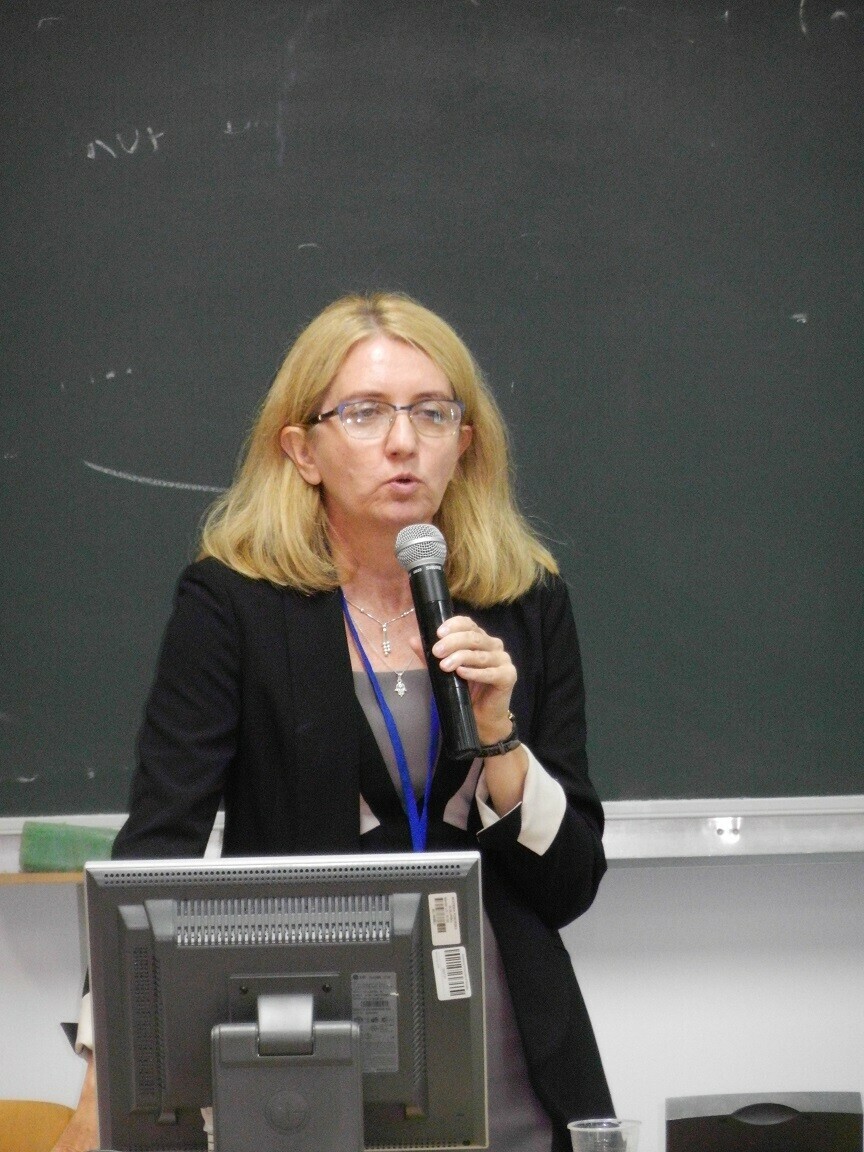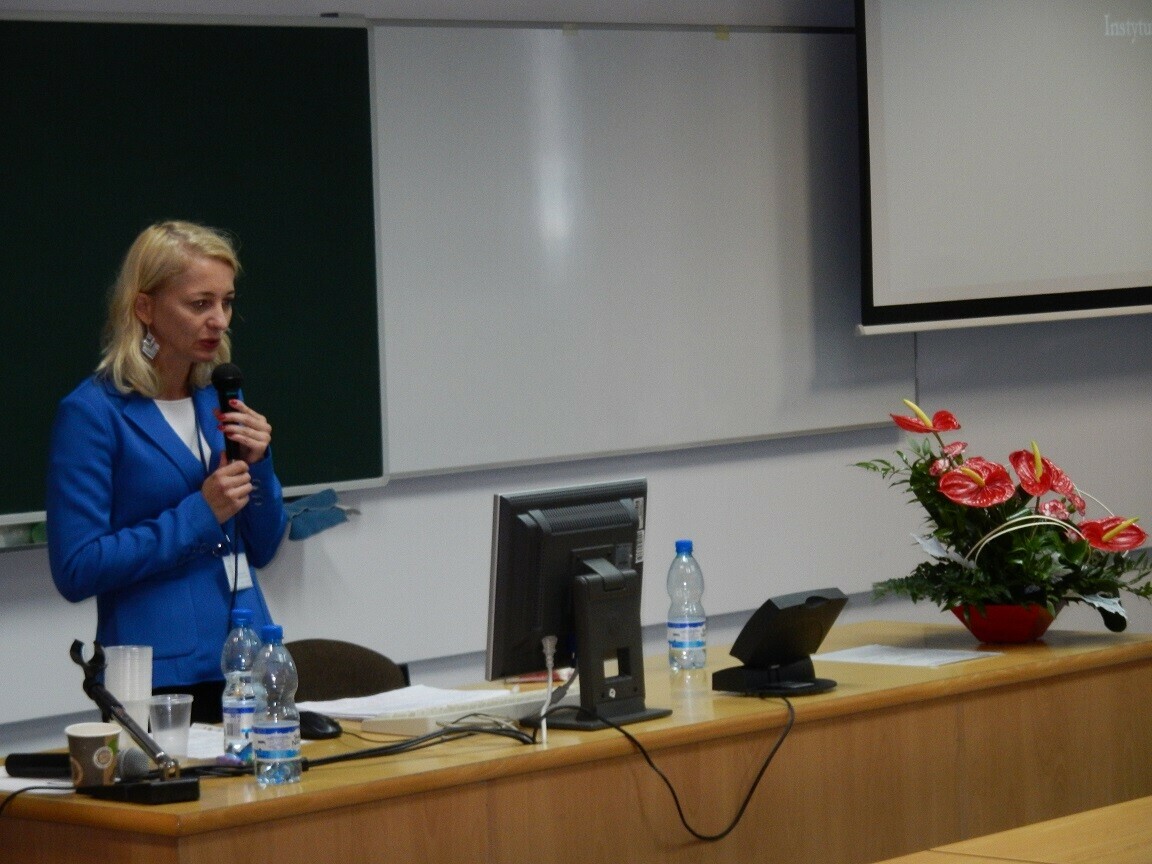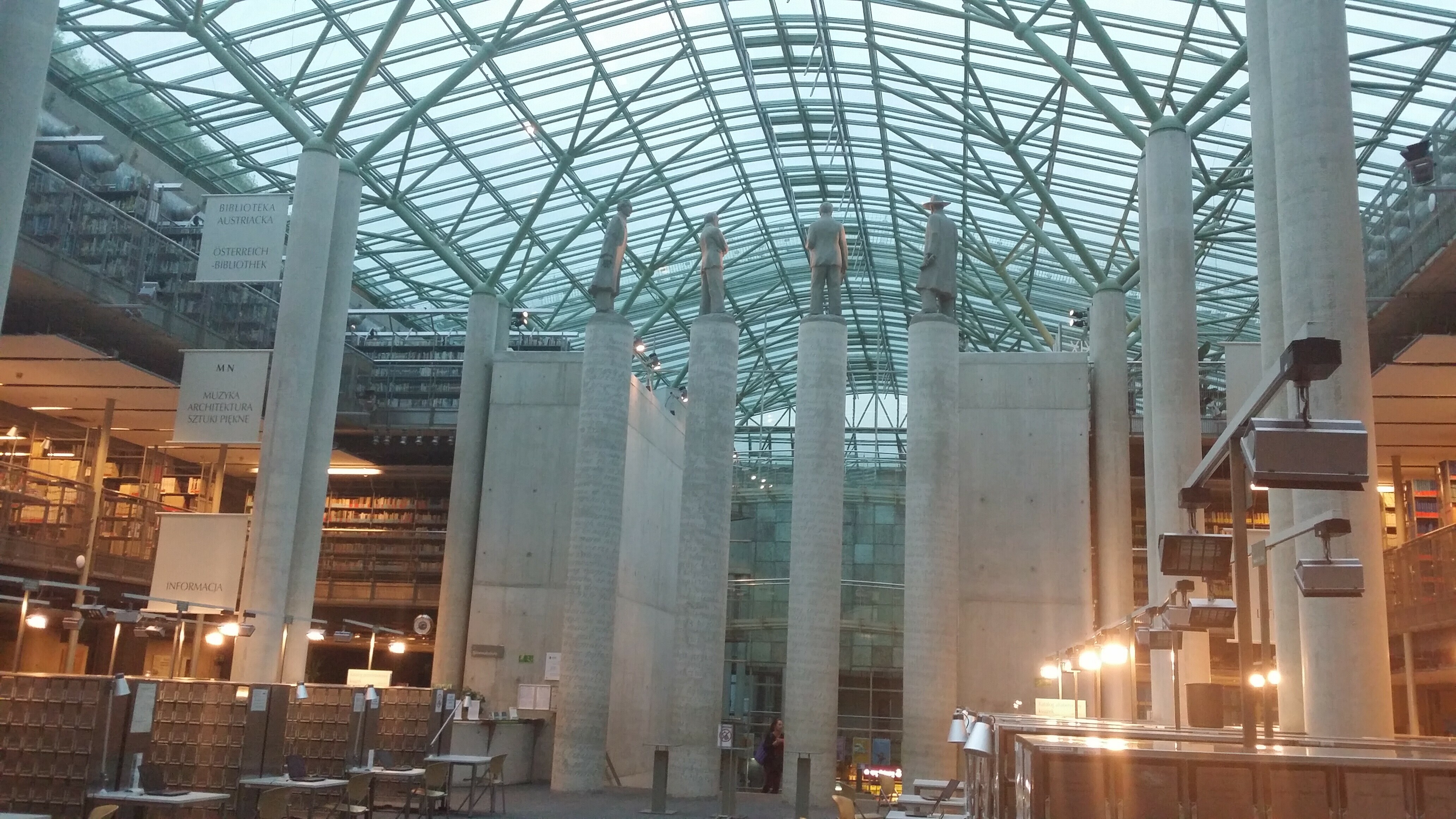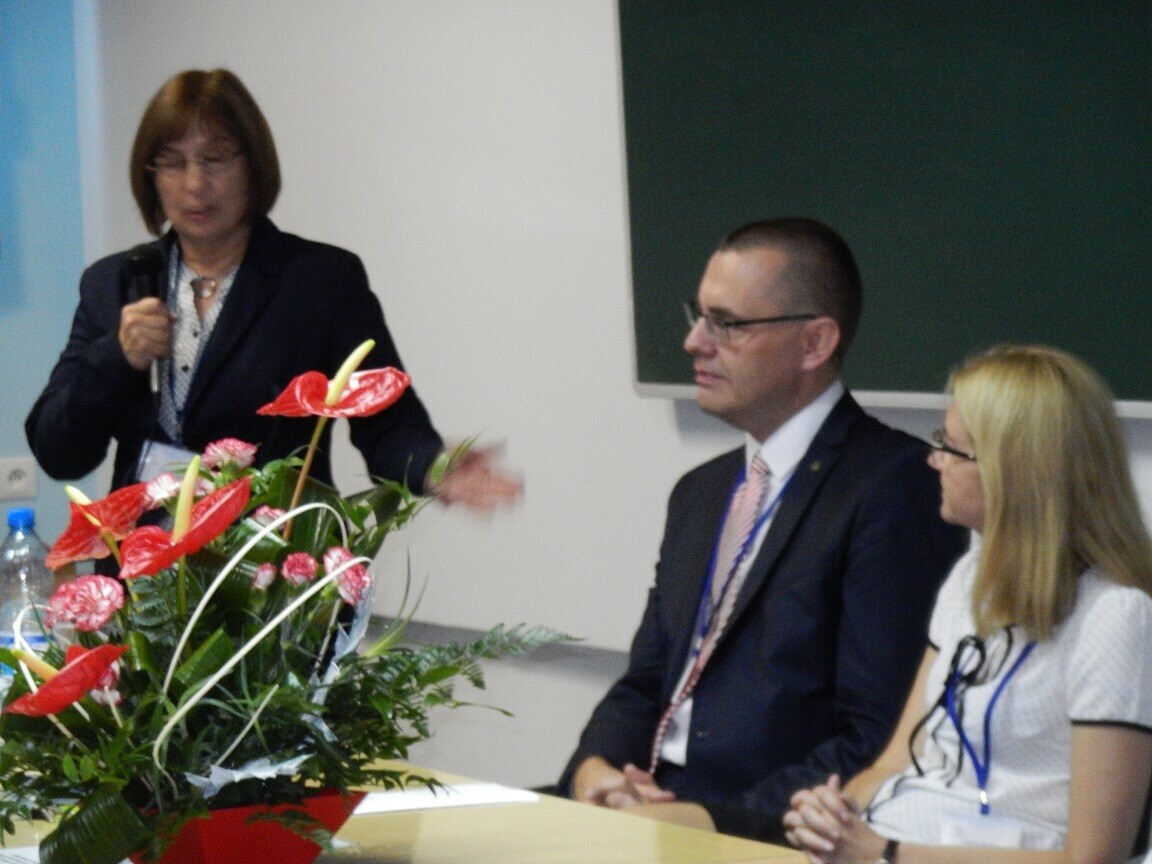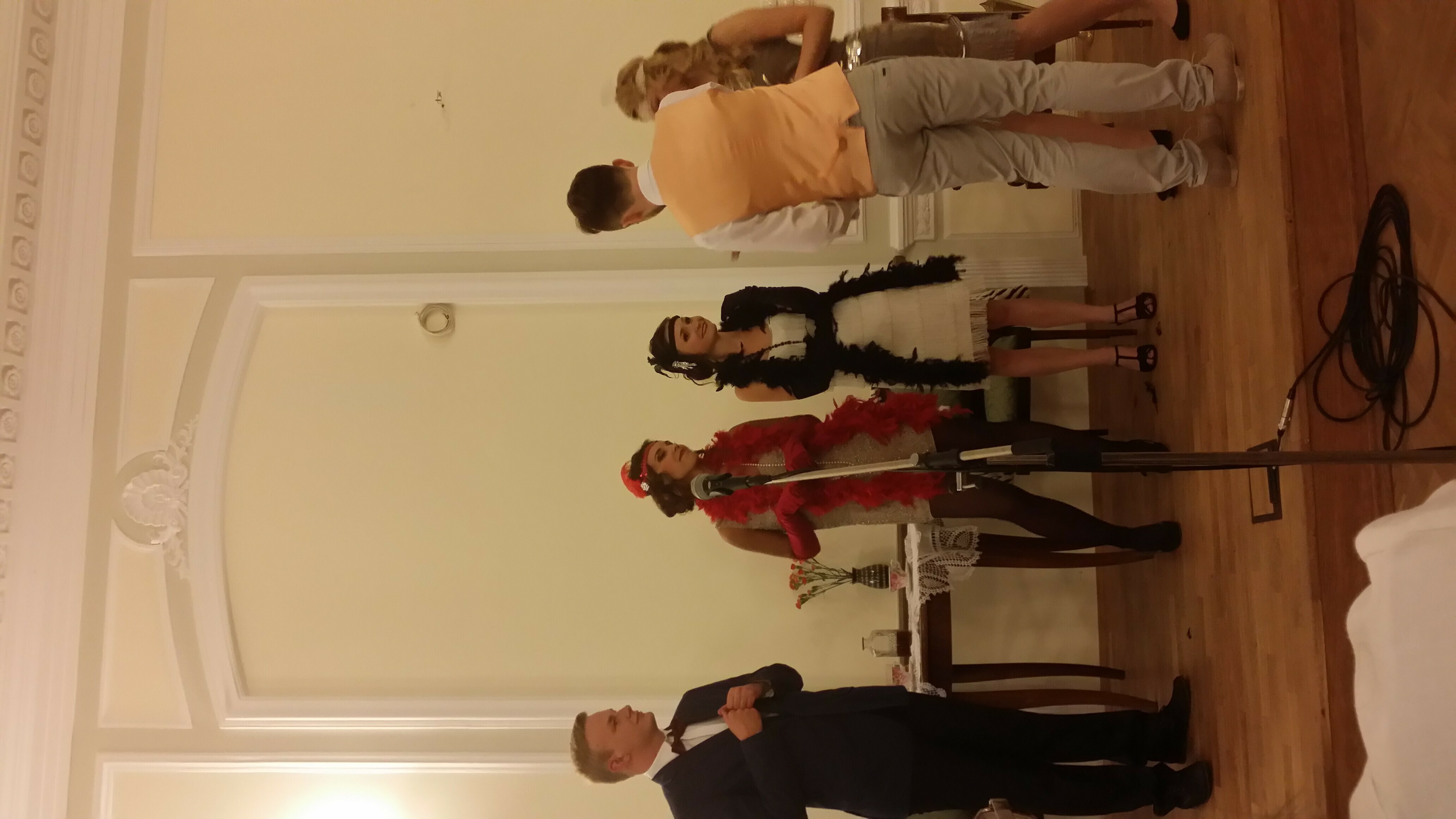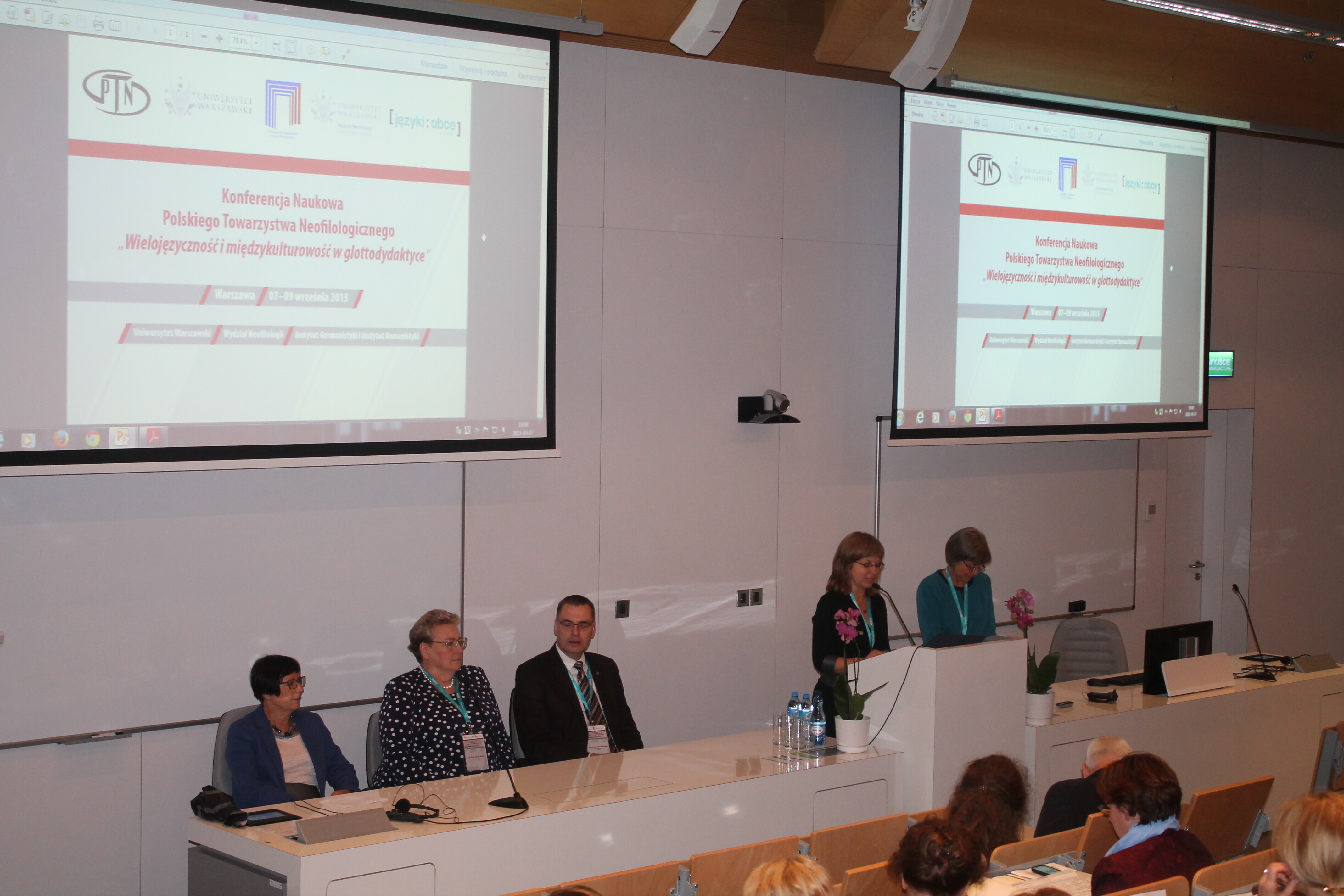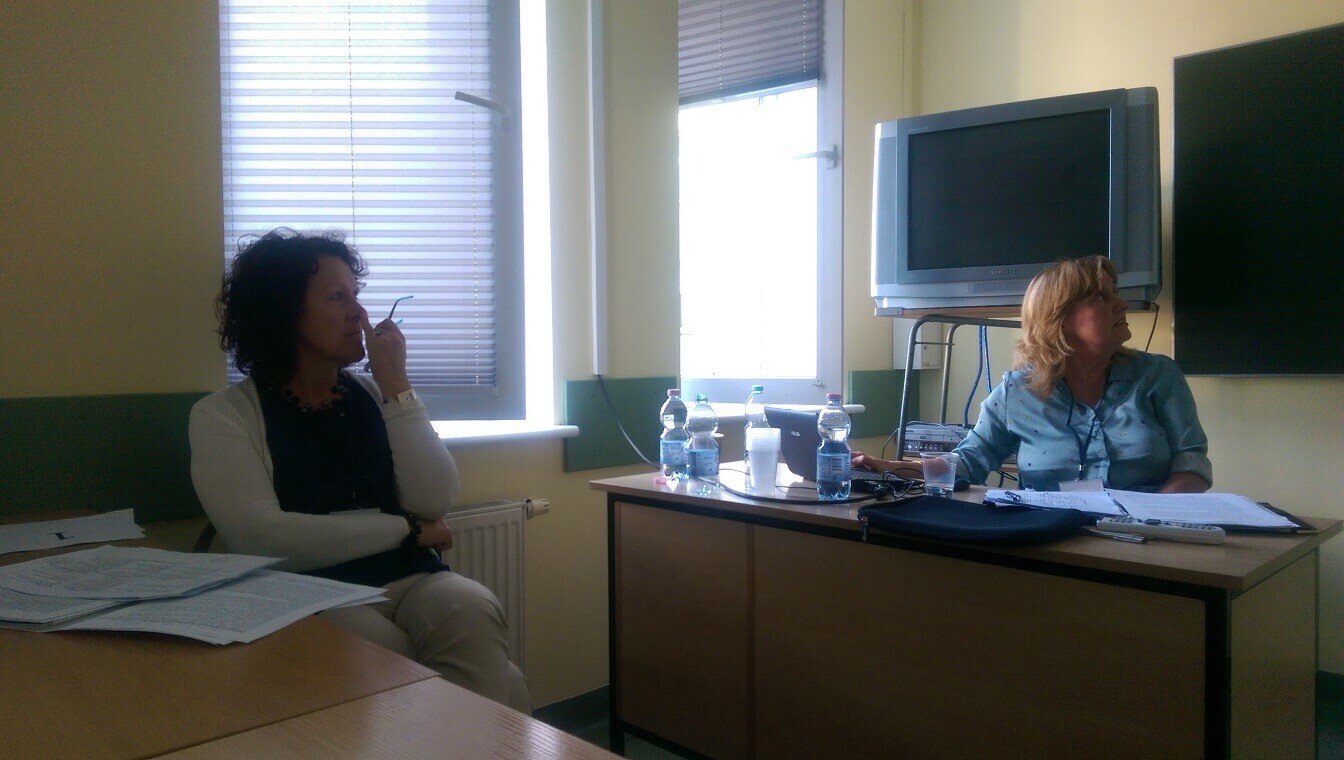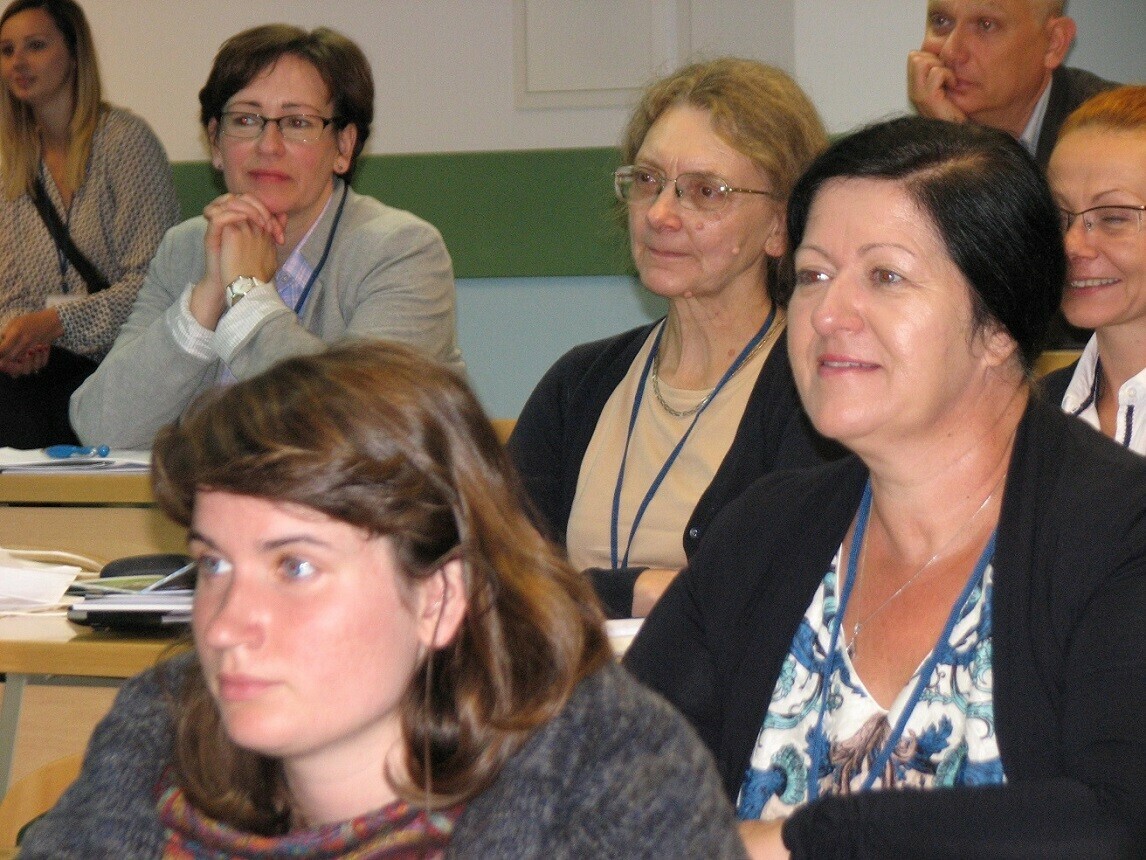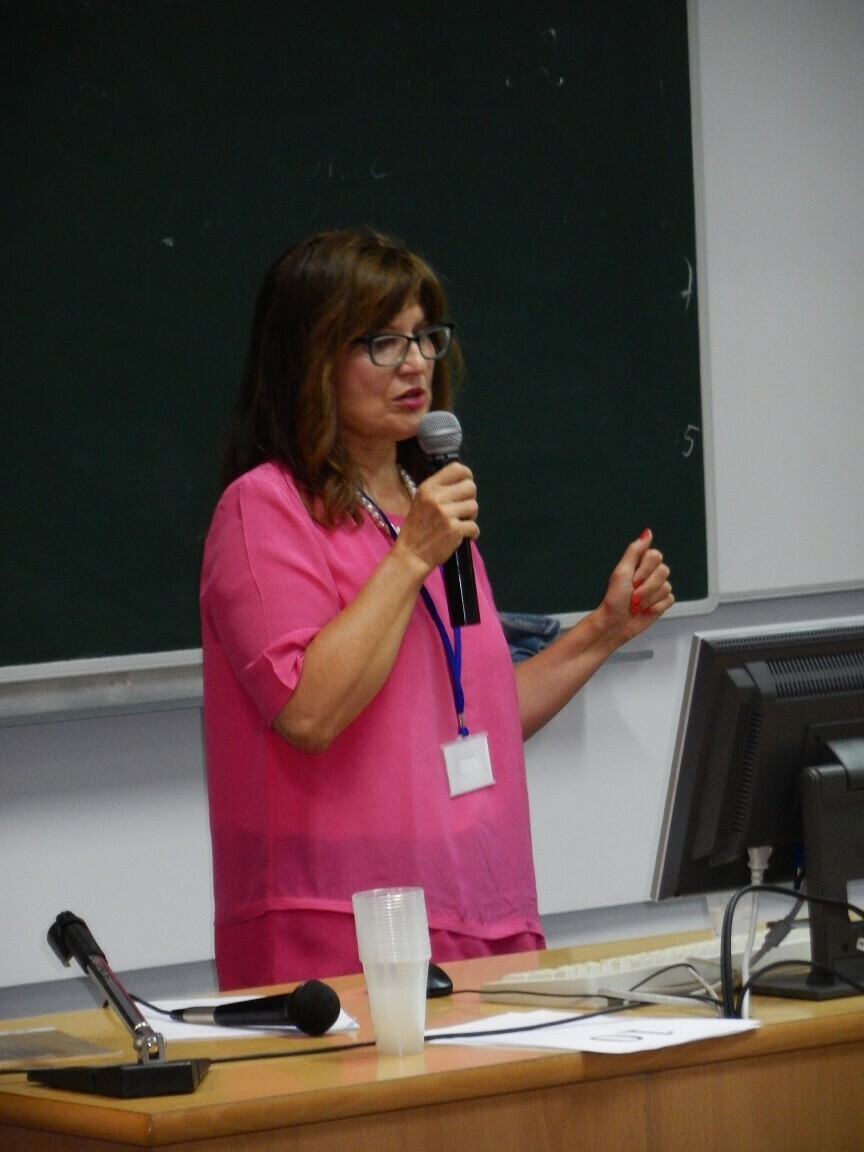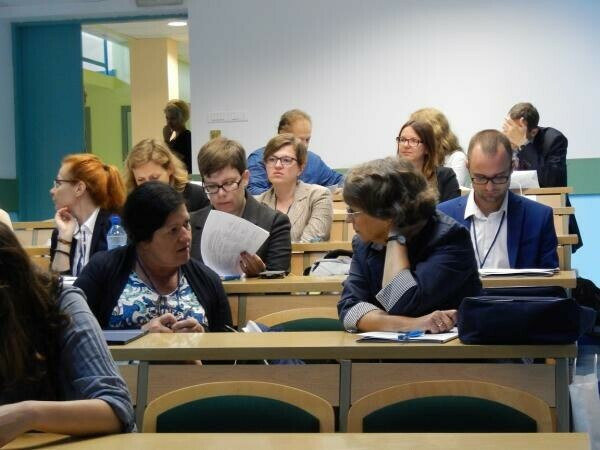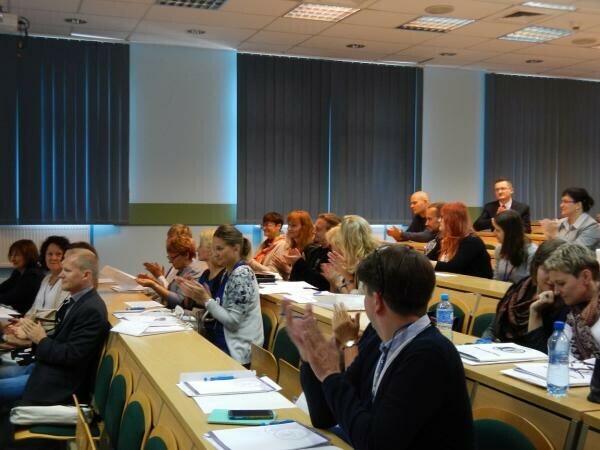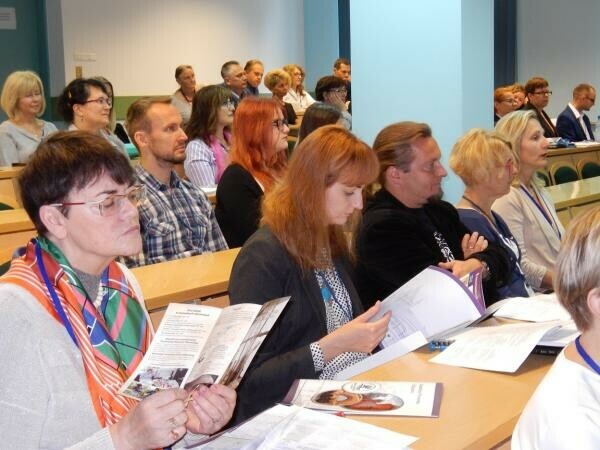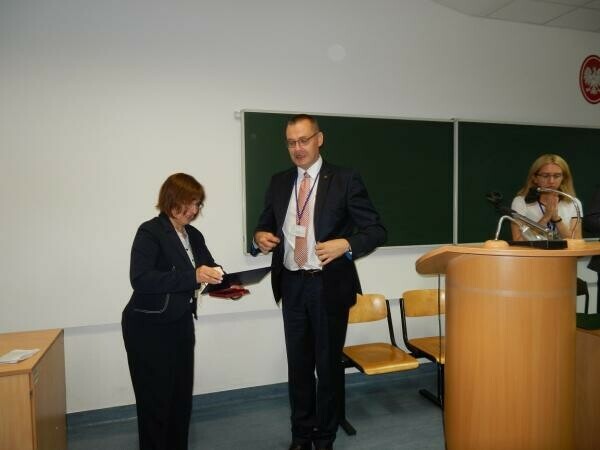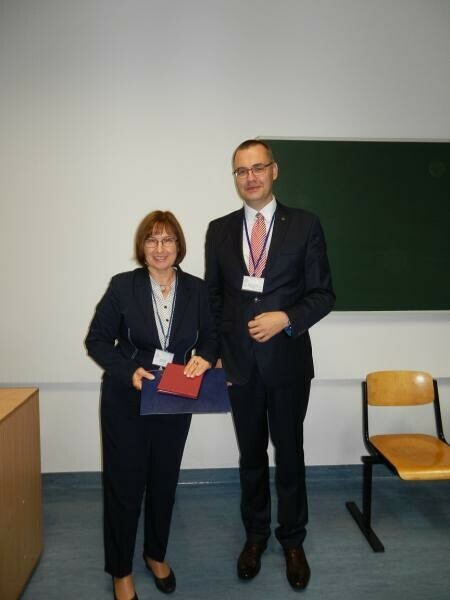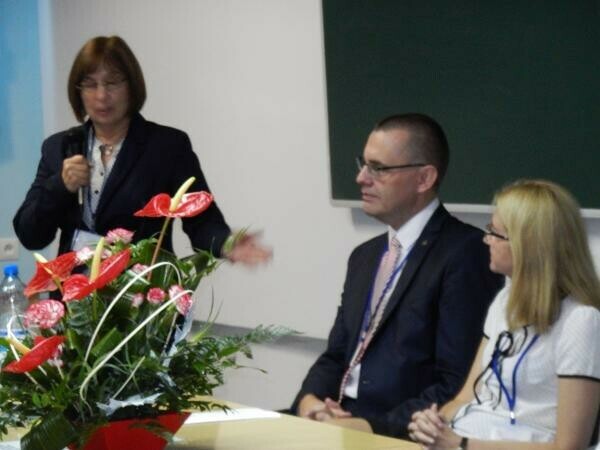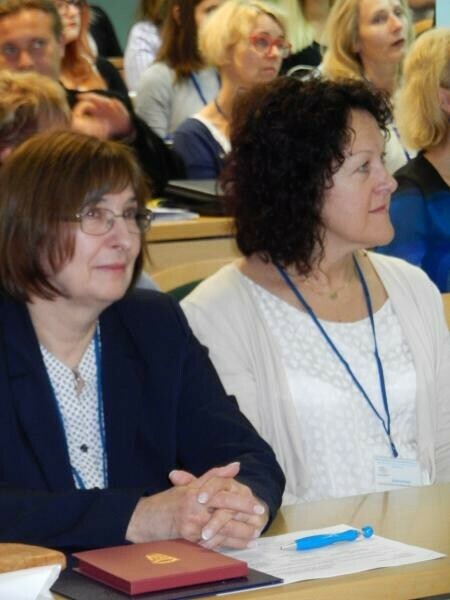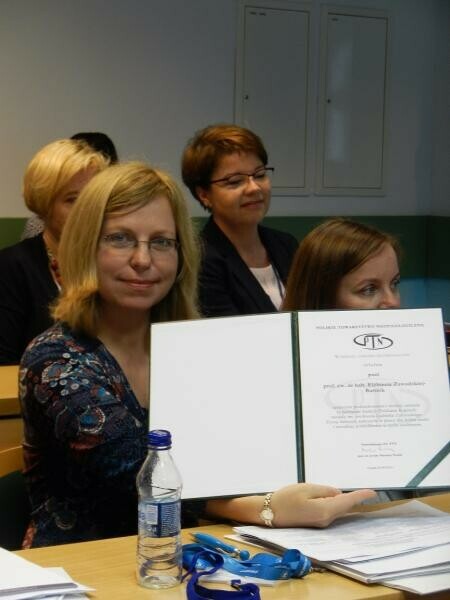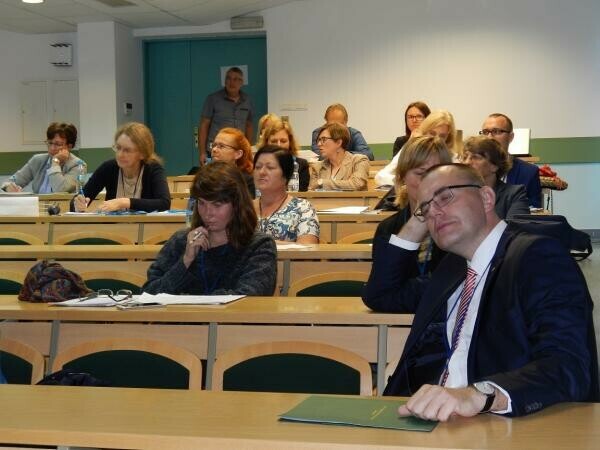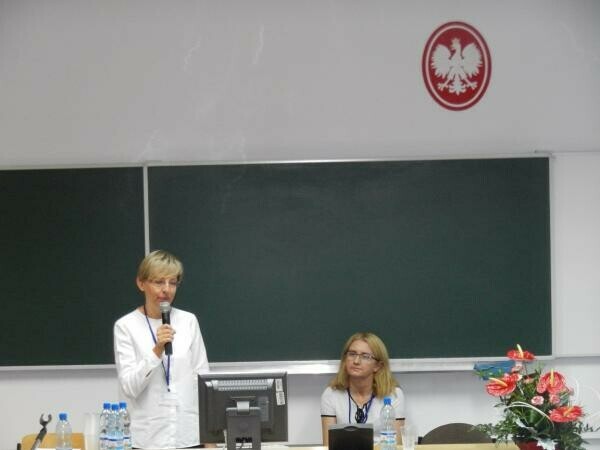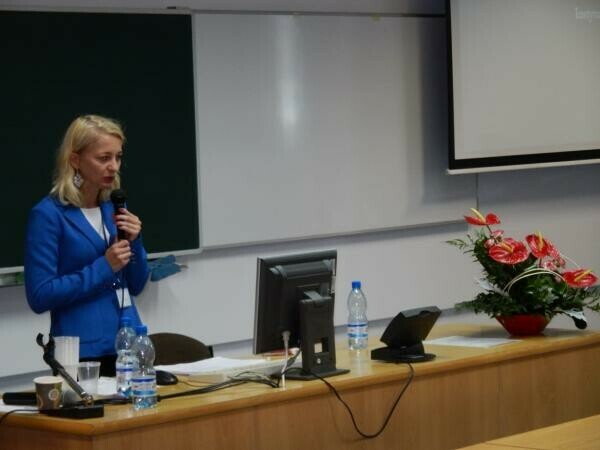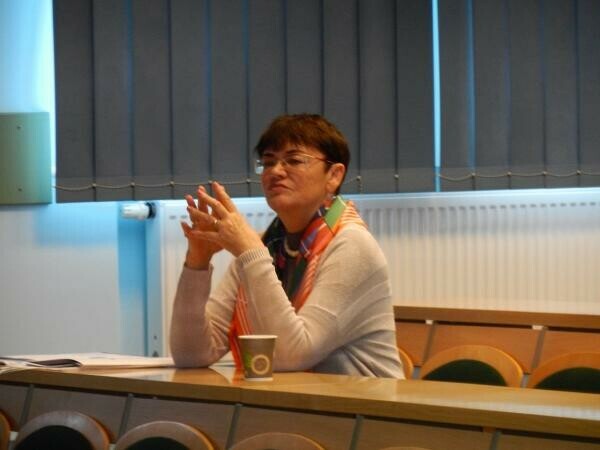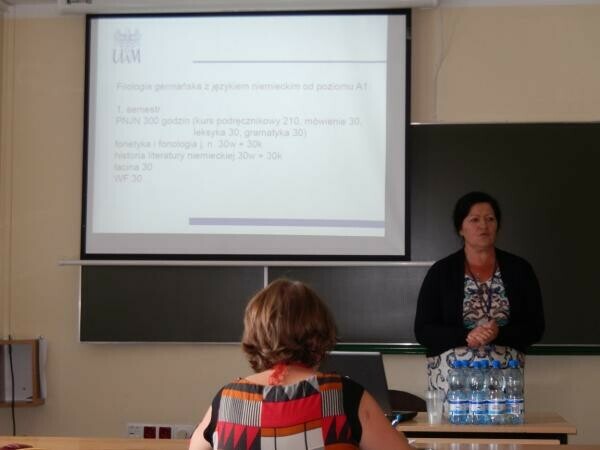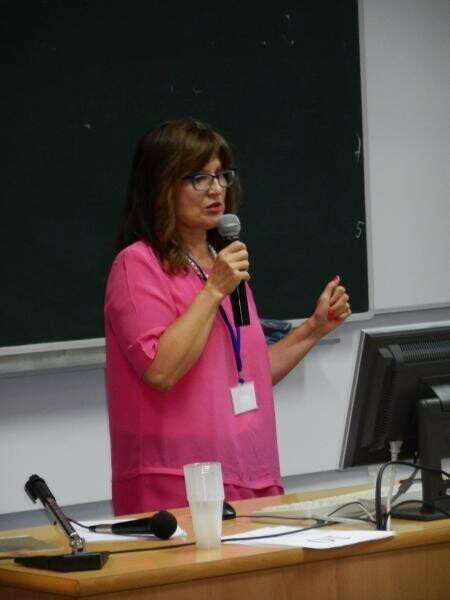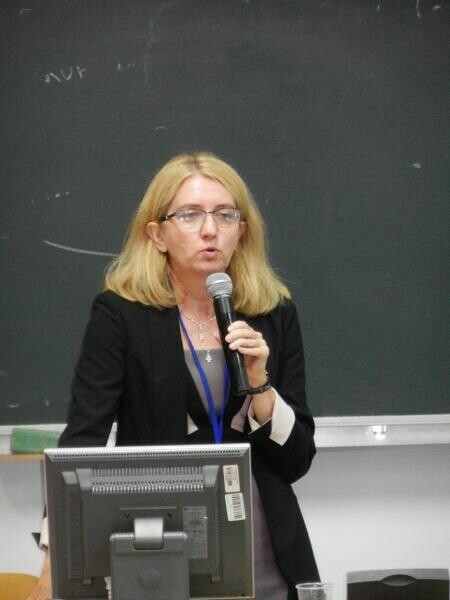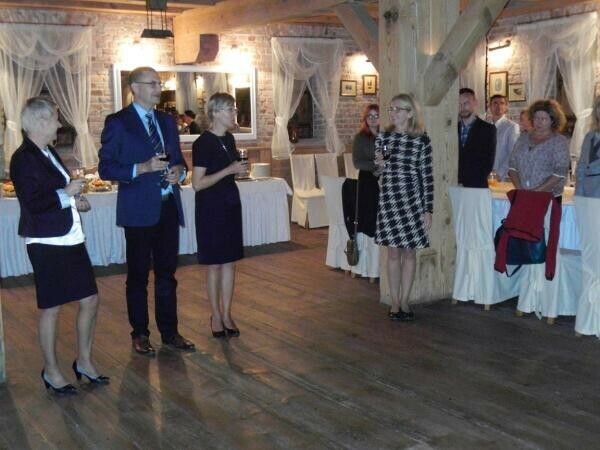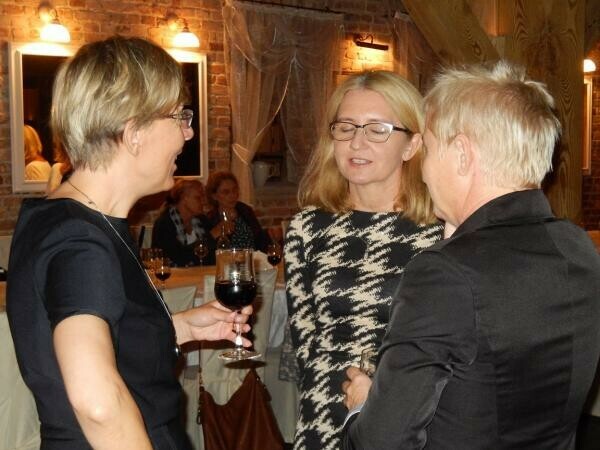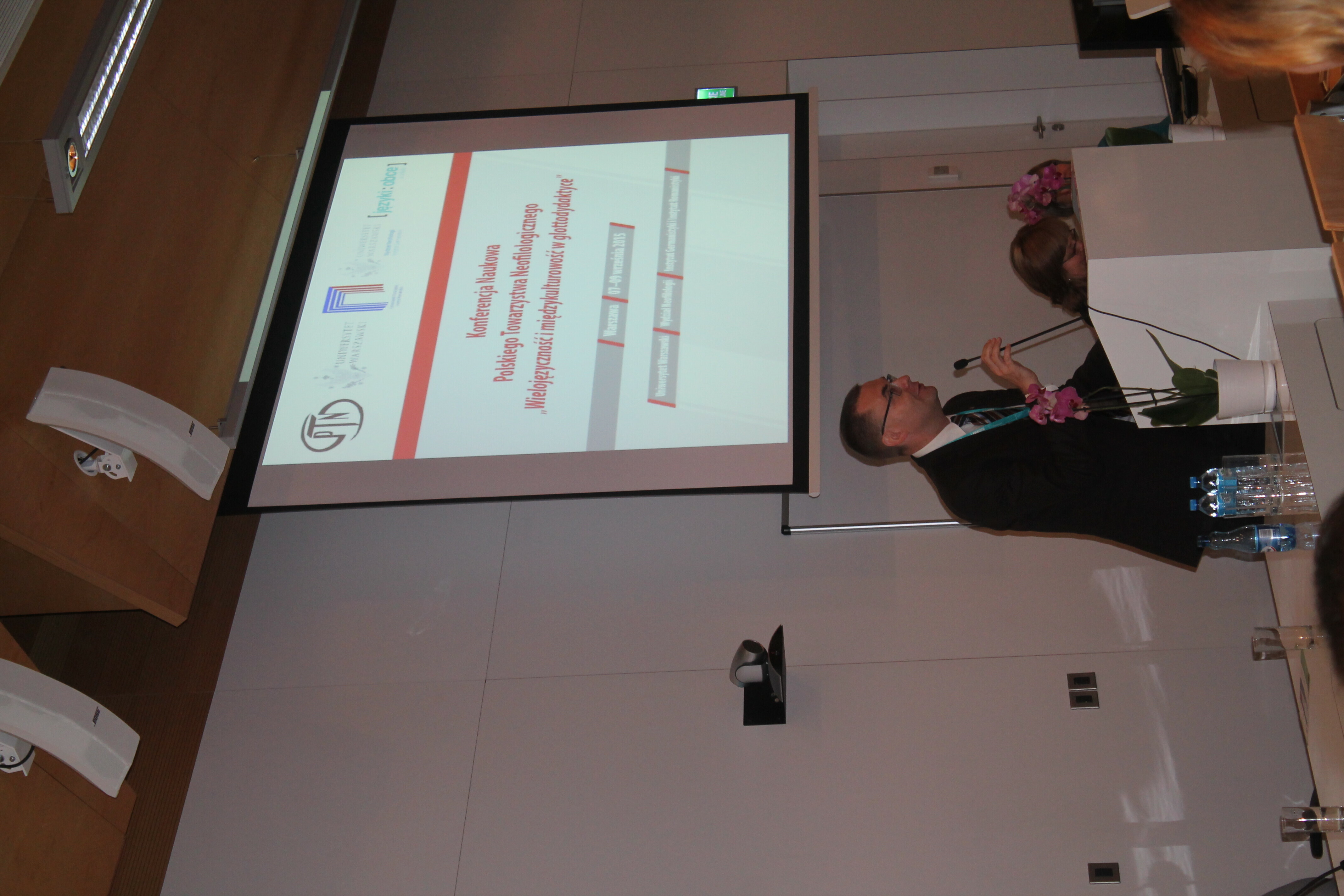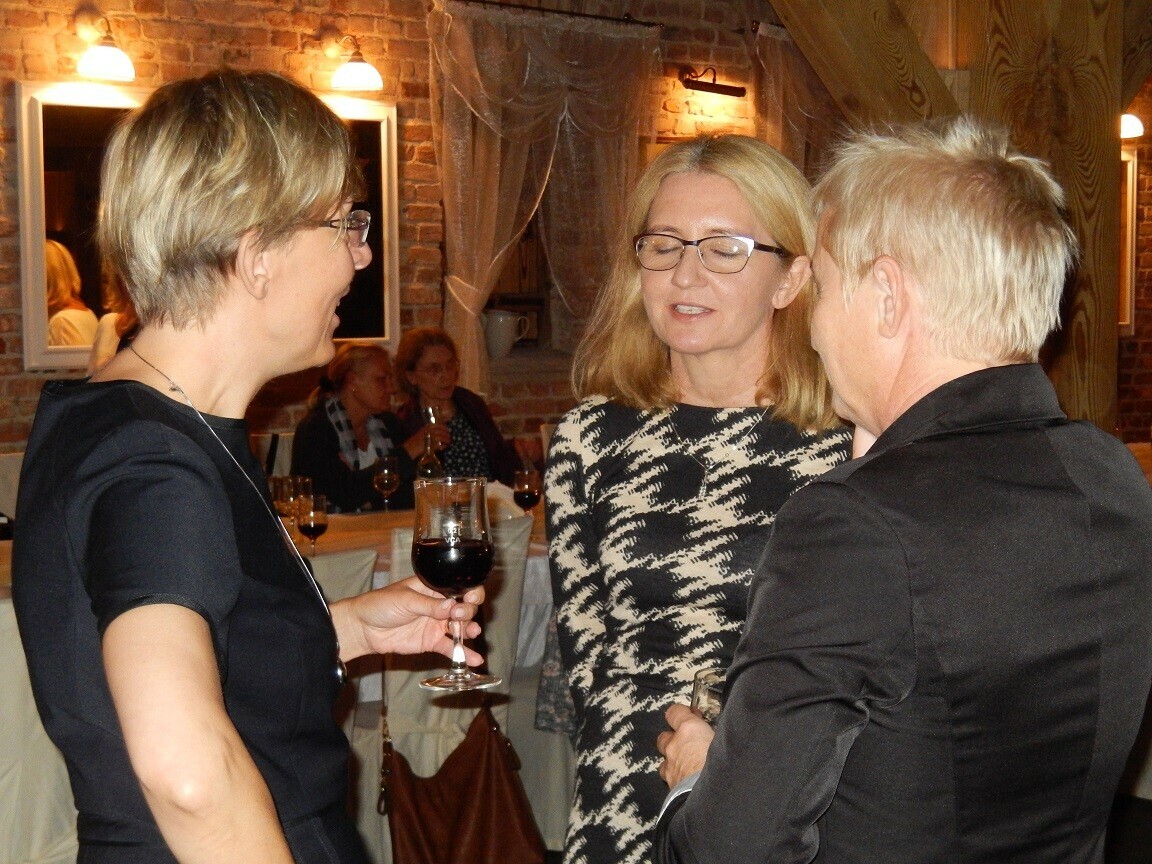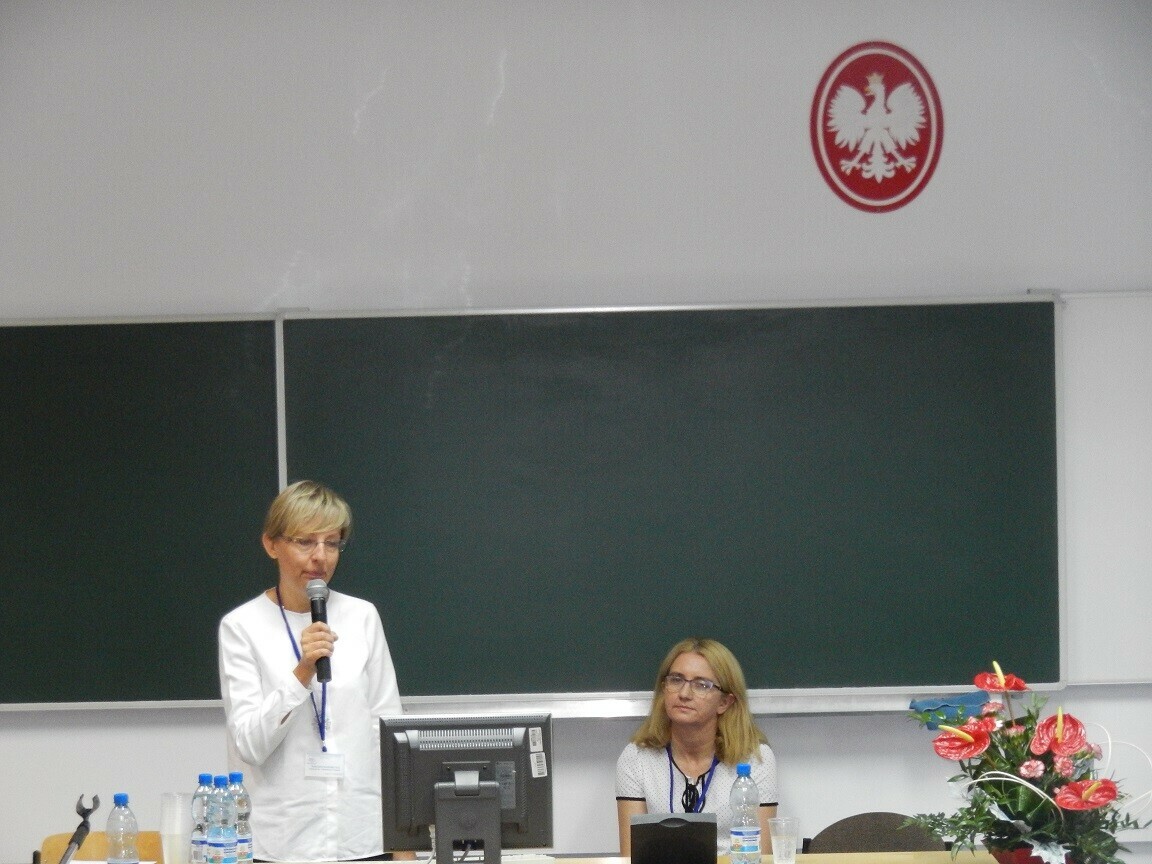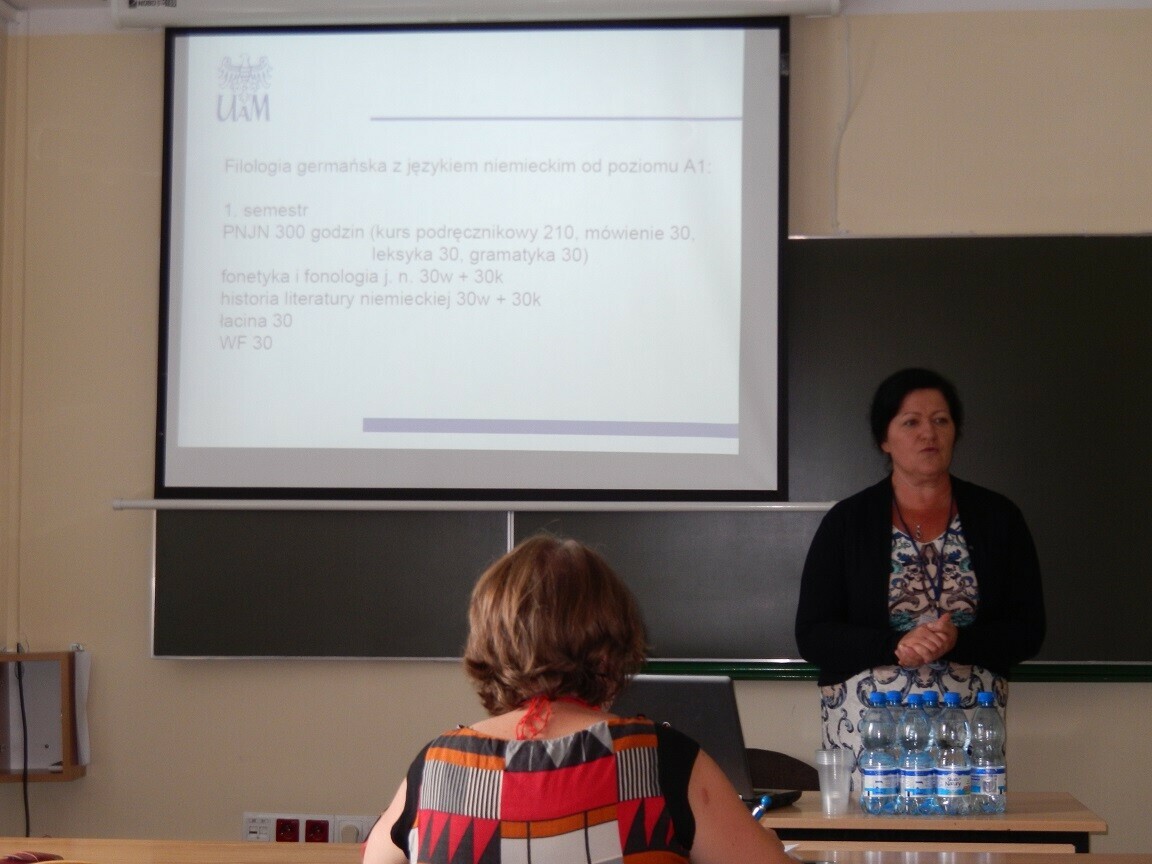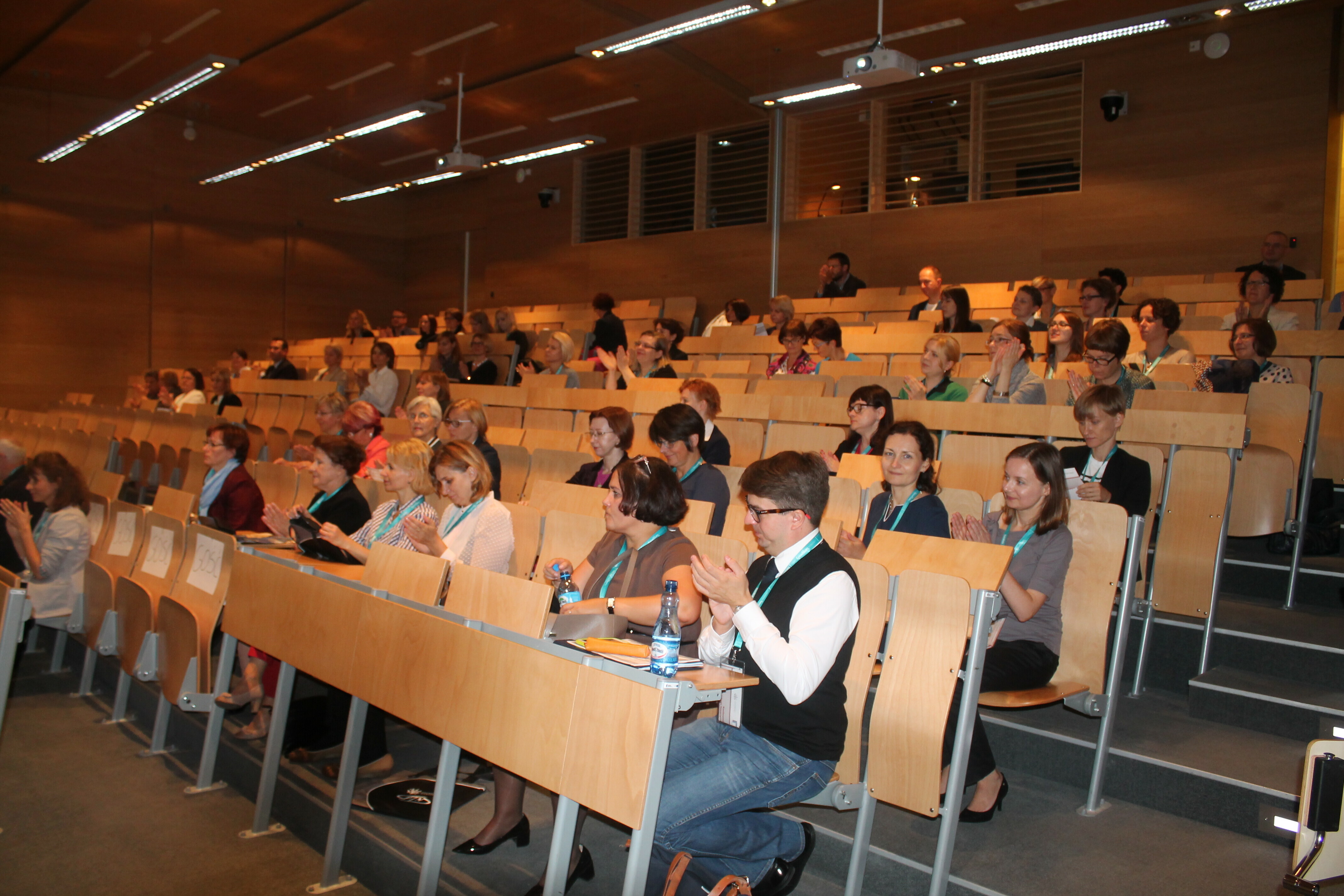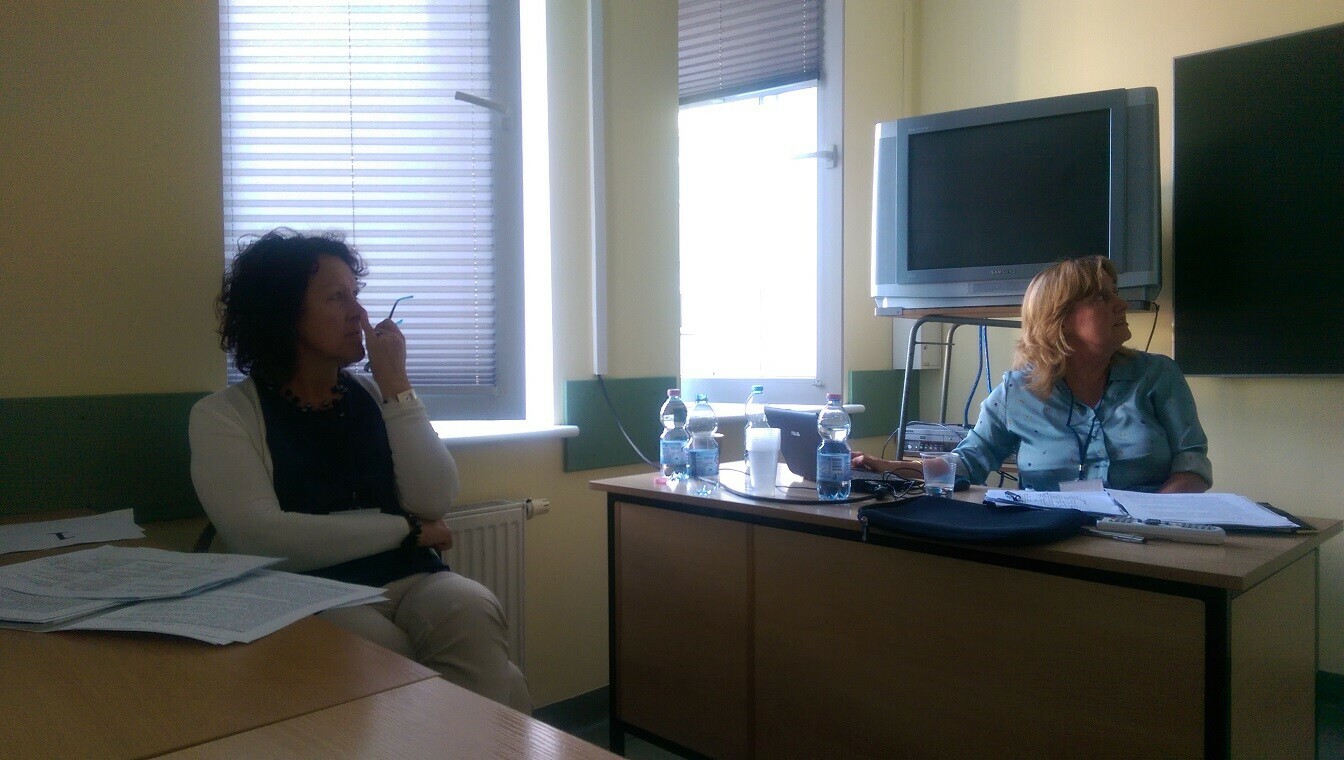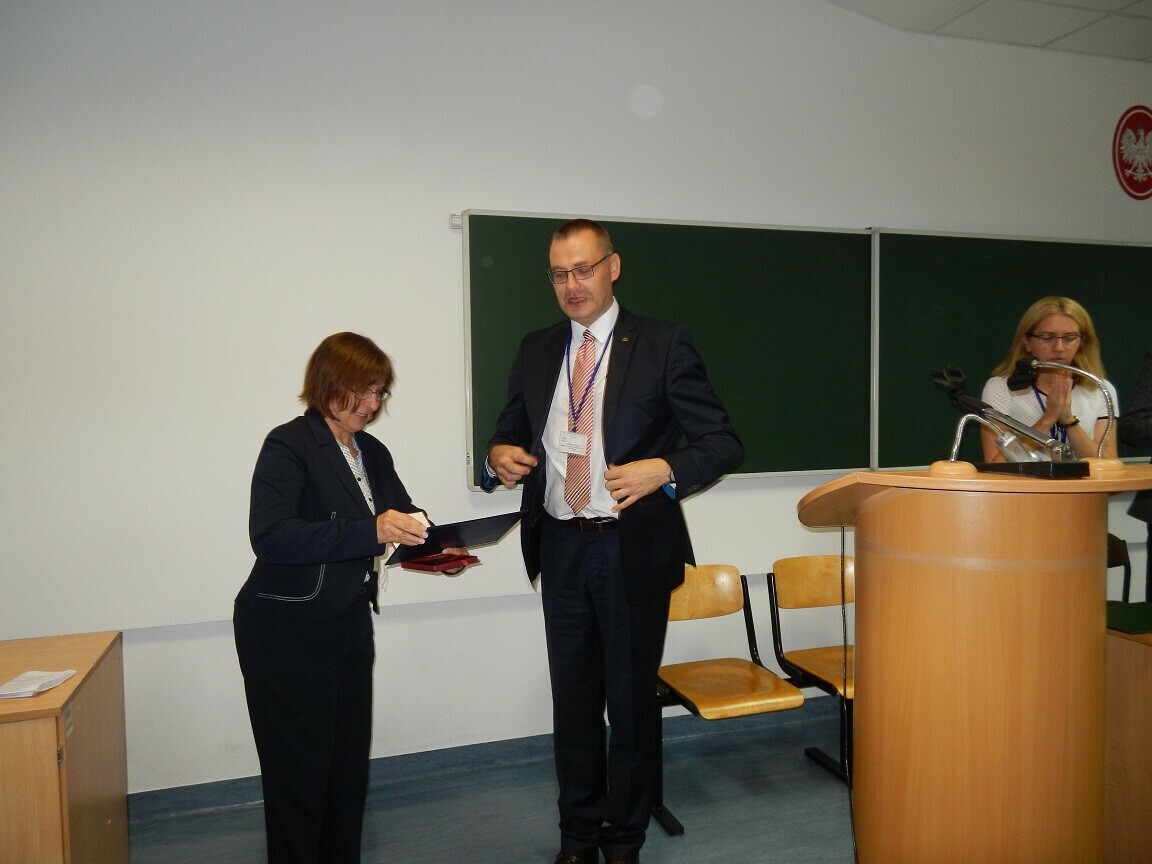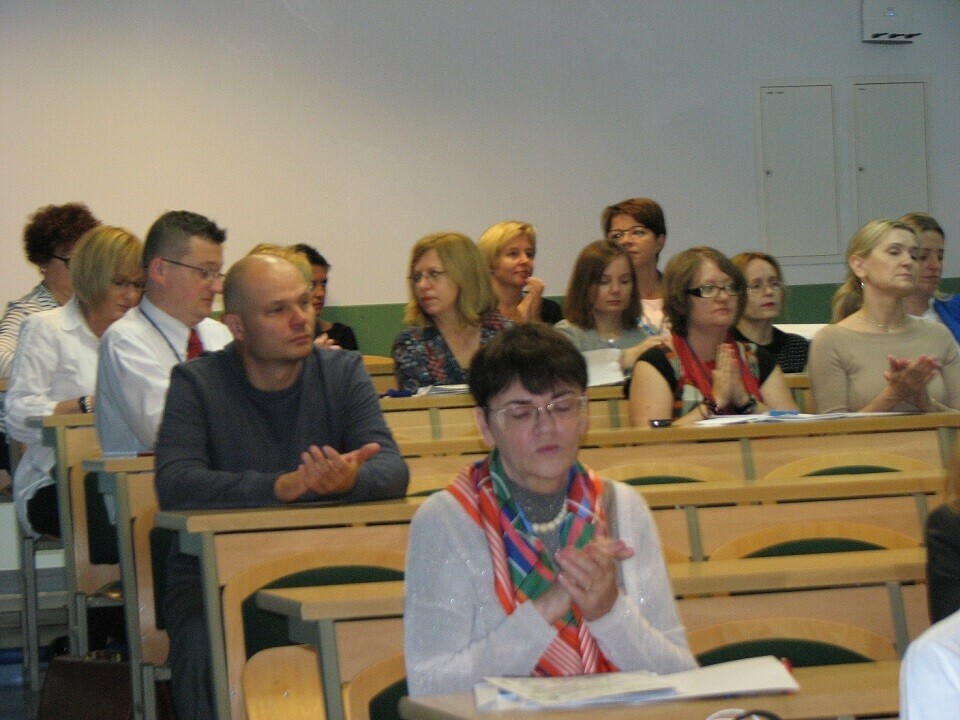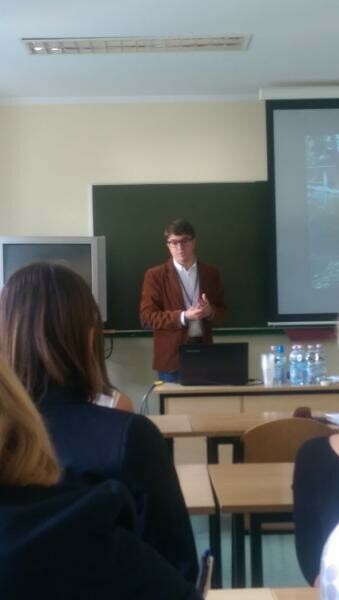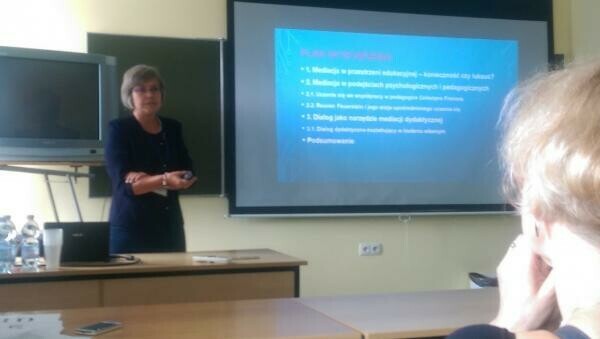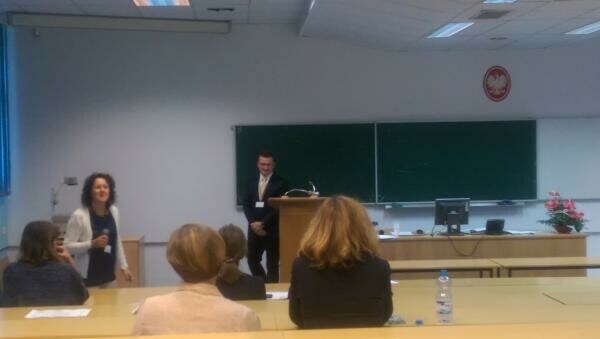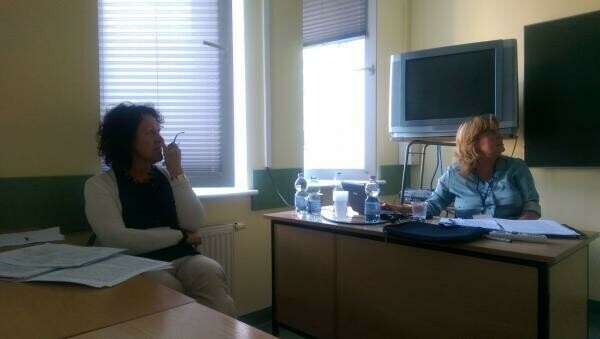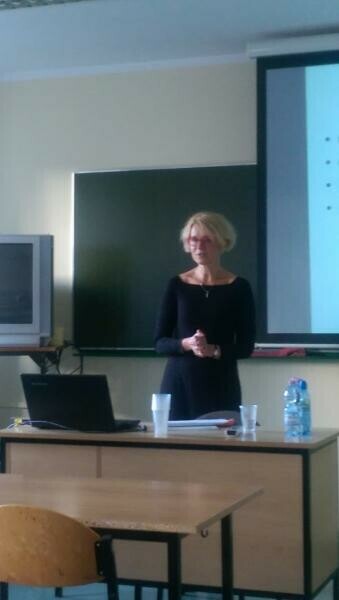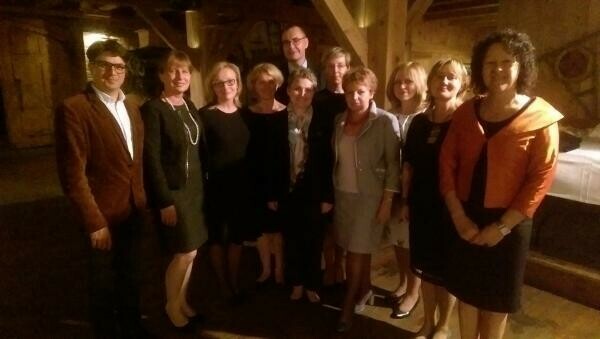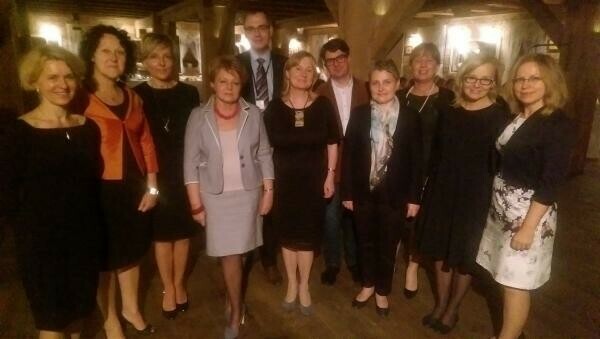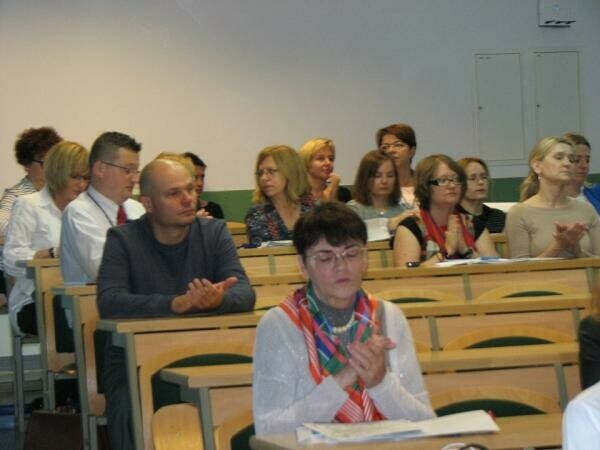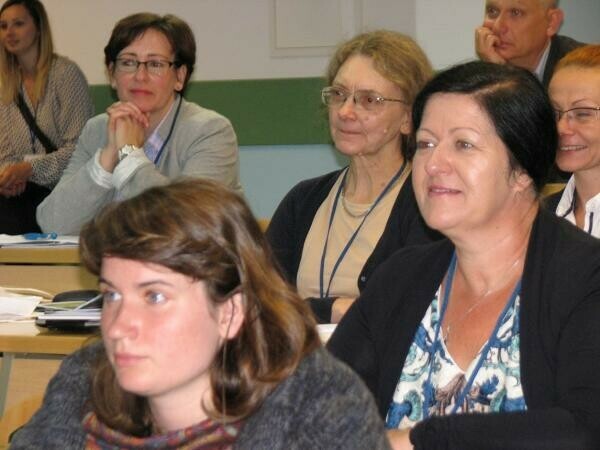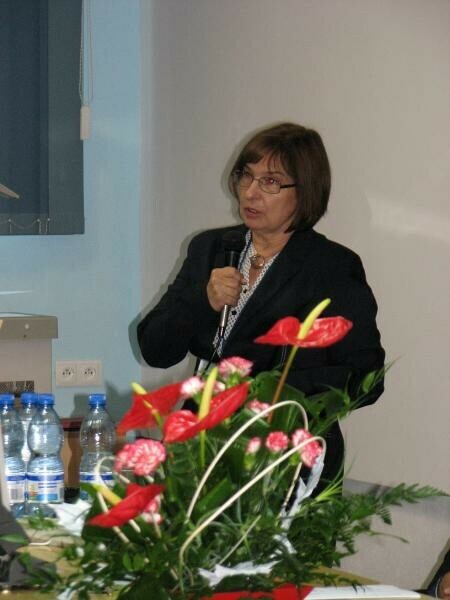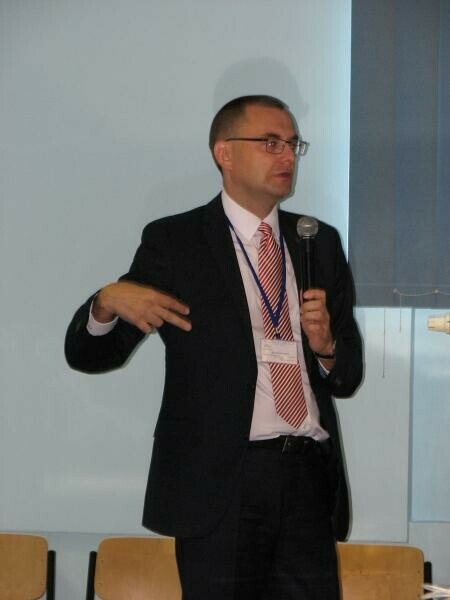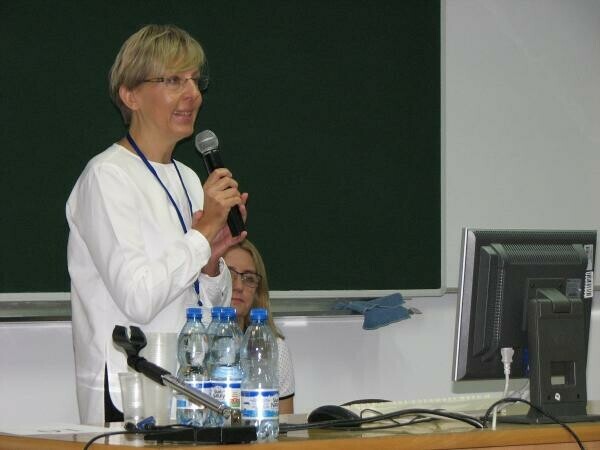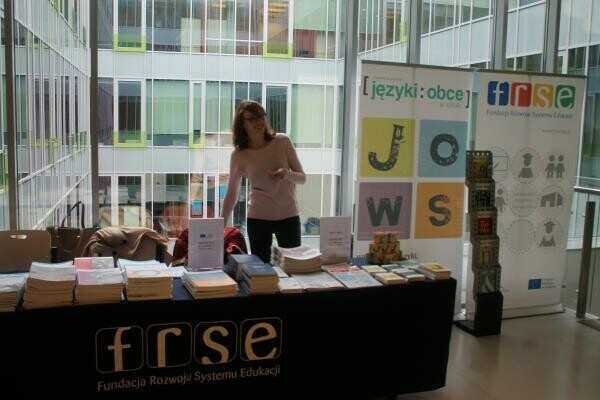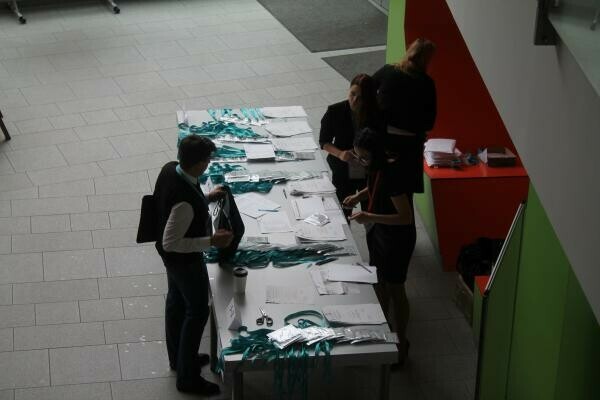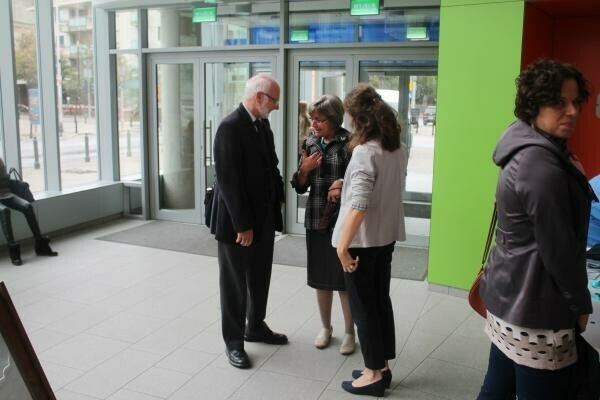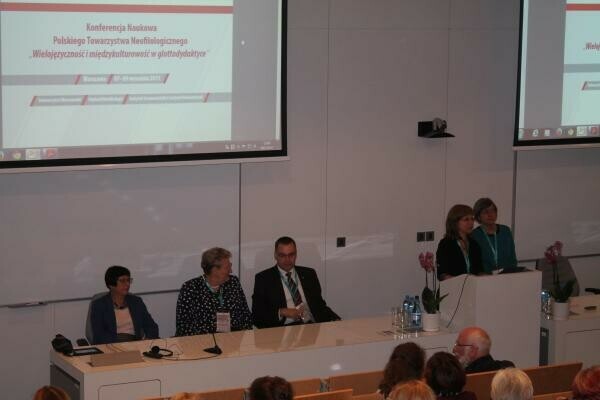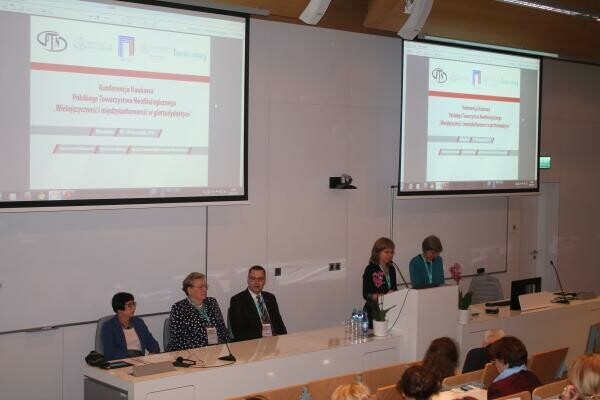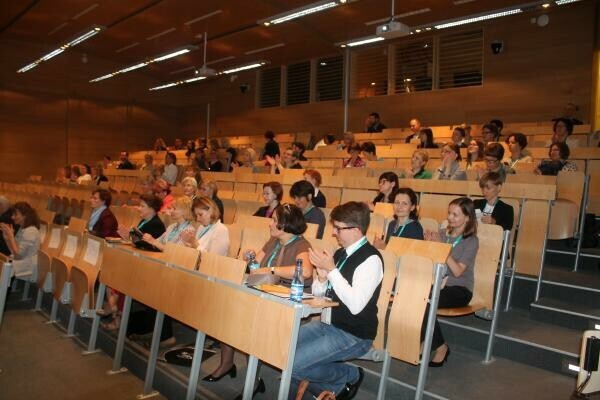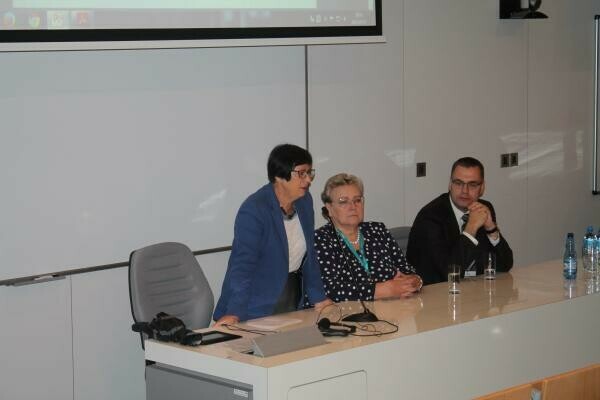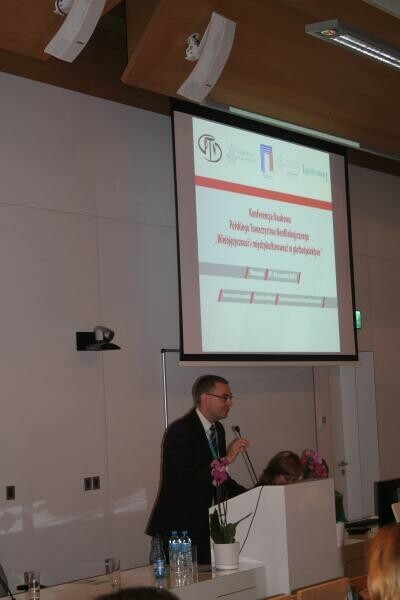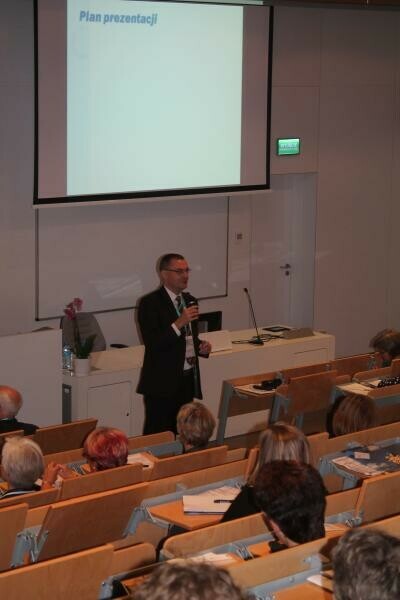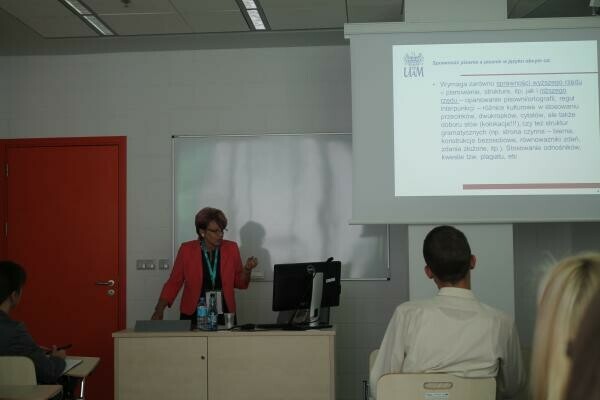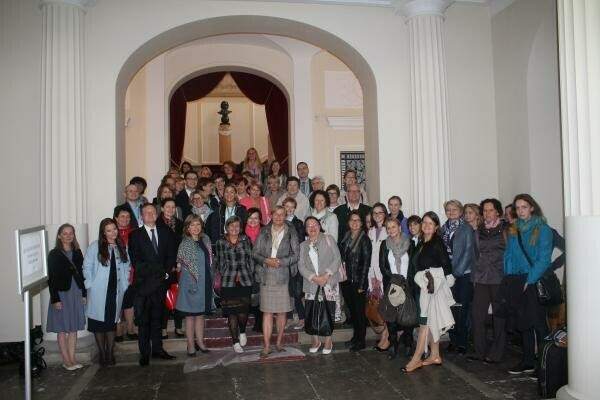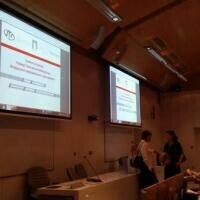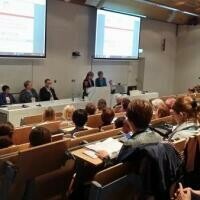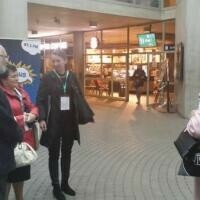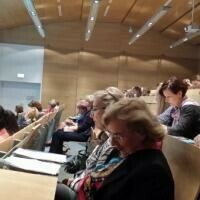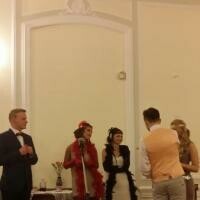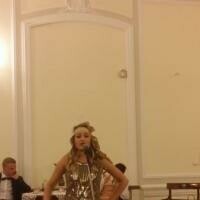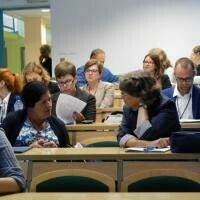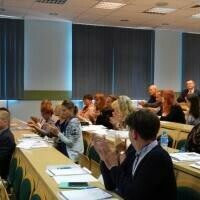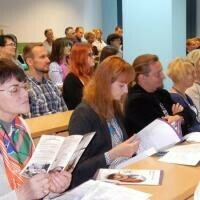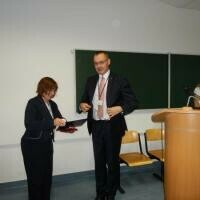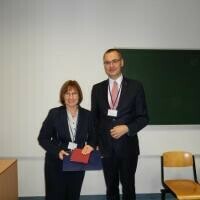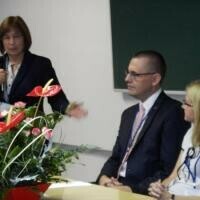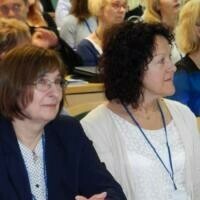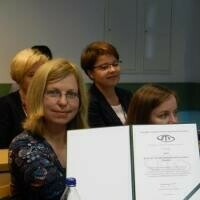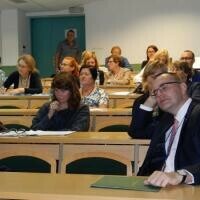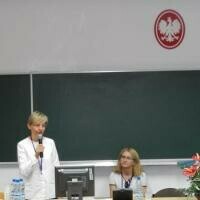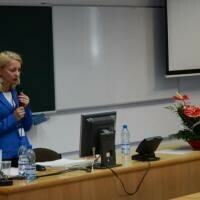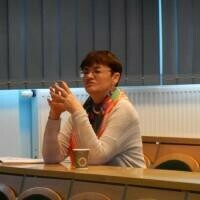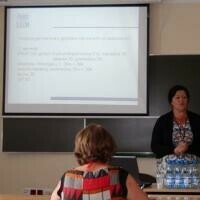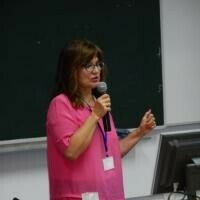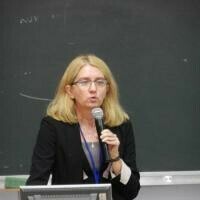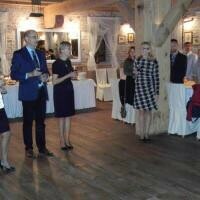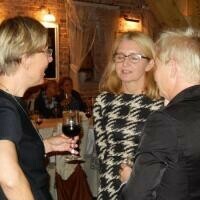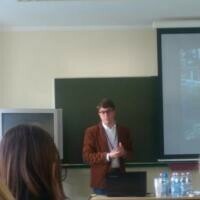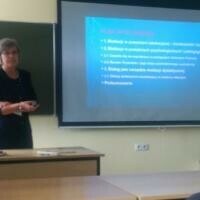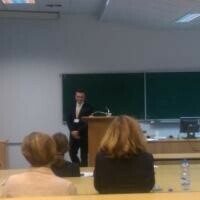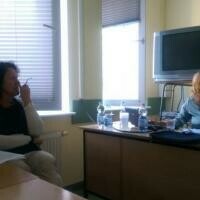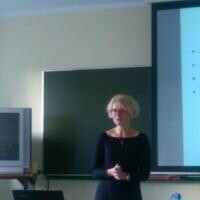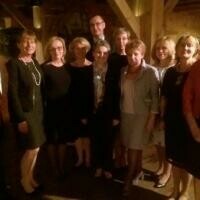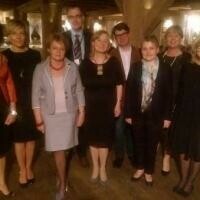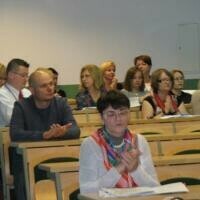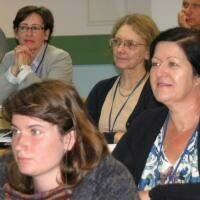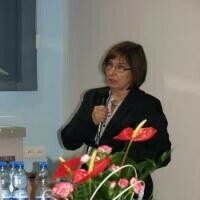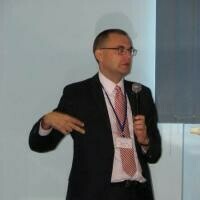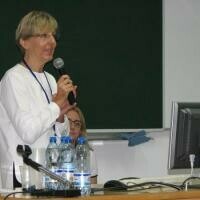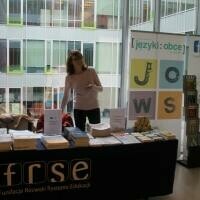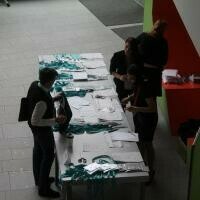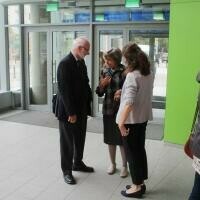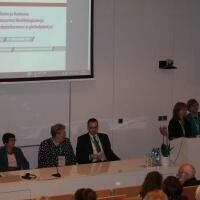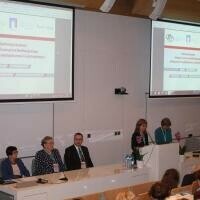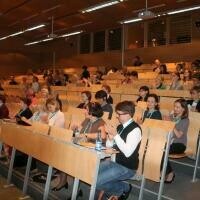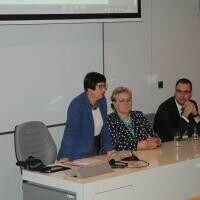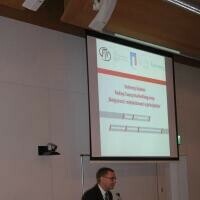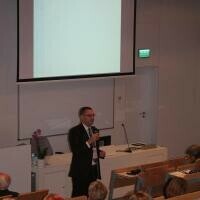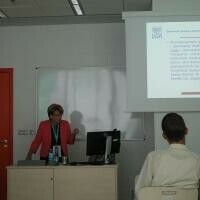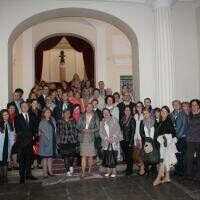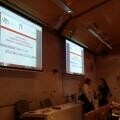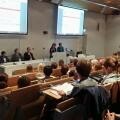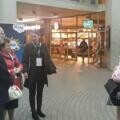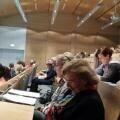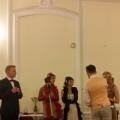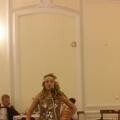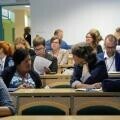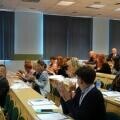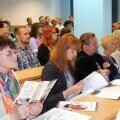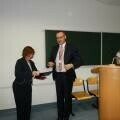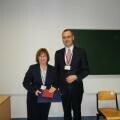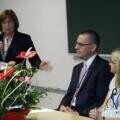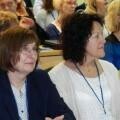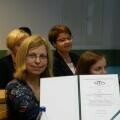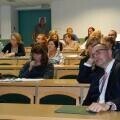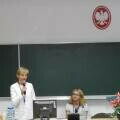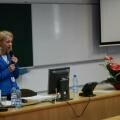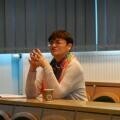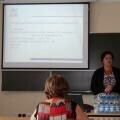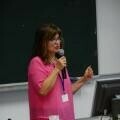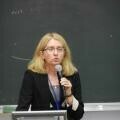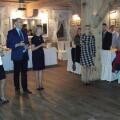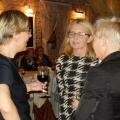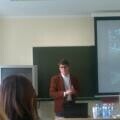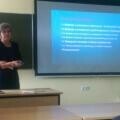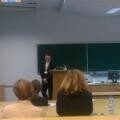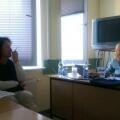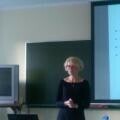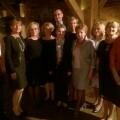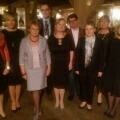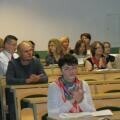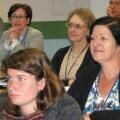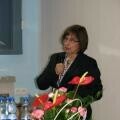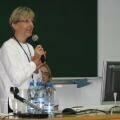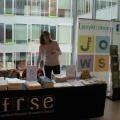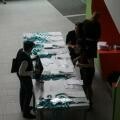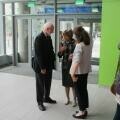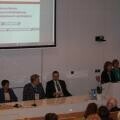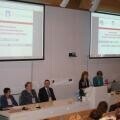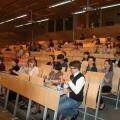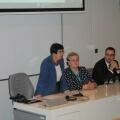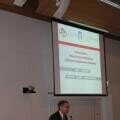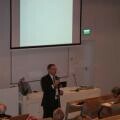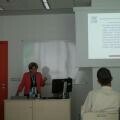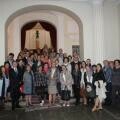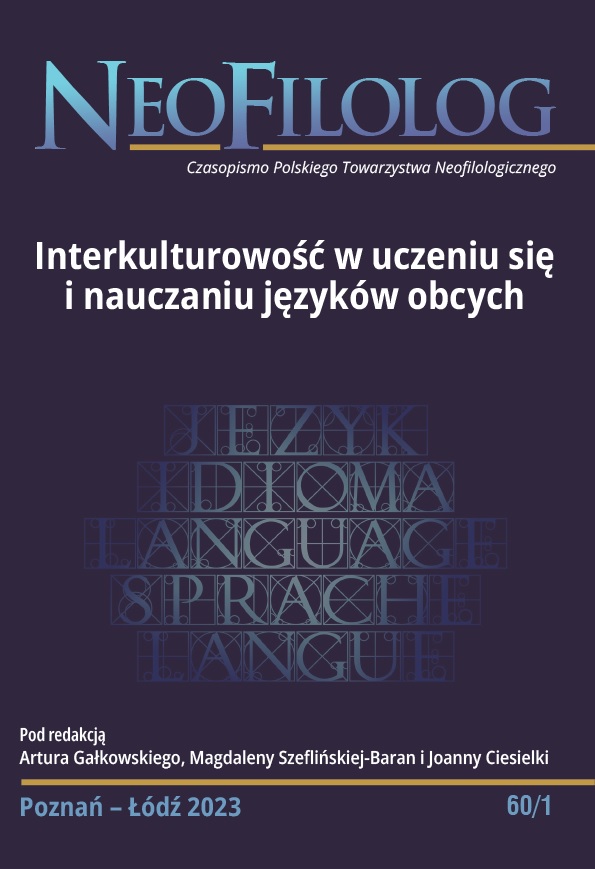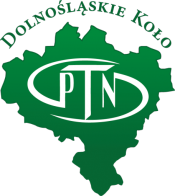Neofilolog nr 32 (2009)
Neofilolog nr 32 (2009)
SŁOWO WSTĘPNE
Z prawdziwą przyjemnością i satysfakcją oddaję w Państwa ręce pierwszy tematyczny numer Neofilologa, który jest w całości poświęcony metodologii badań w obszarze językoznawstwa stosowanego, ze szczególnym uwzględnieniem tych dotyczących różnych aspektów procesu uczenia się i nauczania języka obcego. Można by wymienić przynajmniej kilka powodów, dla których warto zajmować się tą problematyką i które stanowiły impuls do podjęcia tej ważnej inicjatywy przez Zarząd Główny Polskiego Towarzystwa Neofilologicznego. Po pierwsze, w ostatnich latach jesteśmy świadkami intensyfikacji badań empirycznych w zakresie dydaktyki językowej, ich ogromnego zróżnicowania i specjalizacji tematycznej, co w oczywisty sposób wymaga dostosowania już istniejących i wypracowania zupełnie nowych metod, narzędzi czy procedur badawczych. Taka potrzeba wydaje się być szczególnie paląca na naszym rodzimym gruncie, a to dlatego że od czasu publikacji w roku 1982 nowatorskiej wówczas pracy Hanny Komorowskiej zatytułowanej Metody badań empirycznych w glottodydaktyce, niestety nie ukazało się w Polsce żadne większe opracowanie na ten temat. Inną kwestią jest fakt, że te same problemy są nader często podejmowane w zupełnie odmienny sposób, co jest wynikiem nie tylko przyjęcia takiej a nie innej szkoły czy tradycji badawczej, ale także identyfikowania się z określoną filologią i odwoływania się głównie do właściwej jej literatury przedmiotu. W końcu, ważnym impulsem do pochylenia się nad metodologią badań jest również to, że coraz bardziej obniża się ich jakość, o czym świadczą trudności na etapie planowania, opracowania narzędzi badawczych, prezentacji i analizy zebranych danych czy też interpretacji wyników, a wykształcenie odpowiednich standardów w tym zakresie ma kluczowe znaczenie. Choć niniejsza publikacja nie pretenduje do roli podręcznika, który zawierałby przekrojowe omówienie metodologii badań we wszystkich różnorodnych jej wymiarach, jestem głęboko przekonany, że pozwoli ona po części wypełnić istniejącą lukę i stanie się istotnym punktem odniesienia dla wszystkich osób, które są zainteresowane prowadzeniem badań empirycznych w obszarze uczenia się i nauczania języków obcych, a w szczególności tych przygotowujących rozprawy doktorskie i habilitacyjne.
Ze względu na różnorodną tematykę i odmienny charakter nadesłanych artykułów, ich odpowiednie pogrupowanie stanowiło dla mnie, jako Redaktora tomu, nie lada wyzwanie. Pragnąc uniknąć porządku alfabetycznego, który byłby zapewne najprostszym rozwiązaniem, ale jednocześnie utrudniał dostrzeżenie punktów stycznych pomiędzy poszczególnymi pracami, kierując się cennymi wskazówkami Pani Recenzent Profesor Weroniki Wilczyńskiej, zdecydowałem o wyodrębnieniu artykułu wstępnego, który pełni rolę wprowadzenia oraz dwóch rozdziałów. I tak, tom otwiera tekst Anny Niżegorodcew, w którym prezentuje ona dwa nurty badawcze w językoznawstwie stosowanym dotyczącym języka drugiego, tj. tradycje psycholingwistyczną i socjokulturową. W Części I, zatytułowanej Obszary poznania: stan badań i podejścia metodologiczne, zamieszczono opracowania ogniskujące się na kierunkach i metodach badań w odniesieniu do konkretnych problemów, którymi interesują się specjaliści, tj. wymowy (Ewa Waniek-Klimczak), gramatyki (Mirosław Pawlak), umiejętności czytania (Halina Chodkiewicz), strategii uczenia się (Mirosław Pawlak) oraz lęku językowego (Ewa Piechurska-Kuciel). Z kolei Część II, pod tytułem Metody i narzędzia badawcze: przykłady zastosowań i ograniczenia, zawiera opracowania dotyczące określonych scenariuszy, instrumentów i procedur stosowanych w badaniach nad uczeniem się i nauczaniem języka obcego, niezależnie od konkretnego obszaru poznania. Czytelnik znajdzie tutaj omówienie analizy dyskursu (Jan Majer), badania w działaniu (Danuta Wiśniewska), zadania jako jednostki analizy korpusu danych zebranych podczas lekcji (Sebastian Piotrowski), stosowania wywiadu i obserwacji w badaniach nad osobą nauczyciela (Maria Wysocka), dzienniczków uczących się (Krzysztof Nerlicki), a także transkrypcji, kodowania i analizy danych językowych w systemie CHILDES (Urszula Paprocka-Piotrowska). Na końcu tej części zamieszczono dwa artykuły, które dotyczą często popełnianych błędów i niedociągnięć metodologicznych w odniesieniu do ilościowych badań zależności miedzy zmiennymi (Jacek Rysiewicz) oraz wykorzystywania narzędzi statystycznych w badaniach ankietowych (Halina Widła).
Mirosław Pawlak
|
SPIS TREŚCI |
||
|
|
||
|
SŁOWO WSTĘPNE: Mirosław Pawlak |
5 | |
|
|
||
|
WPROWADZENIE: Anna Niżegorodcew - Dwie tradycje badawcze w językoznawstwie stosowanym dotyczącym języka drugiego |
9 | |
|
|
||
|
I. OBSZARY POZNANIA: STAN BADAŃ I PODEJŚCIA METODOLOGICZNE |
||
|
|
||
|
Ewa Waniek-Klimczak - Badanie wymowy w języku obcym - od teorii do praktyki |
19 | |
|
Mirosław Pawlak - Nauczanie gramatyki języka obcego - kierunki i metody badań |
33 | |
|
Halina Chodkiewicz - Problematyka nauczania umiejętności czytania w języku drugim/obcym w świetle najnowszych badań naukowych |
49 | |
|
Mirosław Pawlak - Metodologia badań nad strategiami uczenia się |
65 | |
|
Ewa Piechurska-Kuciel - Metodologia badań nad lękiem językowym |
85 | |
| II. METODY I NARZĘDZIA BADAWCZE: PRZYKŁADY ZASTOSOWAŃ I OGRANICZENIA | ||
|
|
||
|
Jan Majer - Analiza dyskursu na lekcji języka obcego |
99 | |
|
Danuta Wiśniewska - Badanie w działaniu jako metoda badawcza w dydaktyce języków obcych |
115 | |
| Sebastian Piotrowski - Jak badać akwizycję języka obcego w klasie, czyli o zadaniu w perspektywie badań ilościowych i jakościowych | 127 | |
|
Maria Wysocka - Wywiad i obserwacje lekcji w badaniach nad osobą nauczyciela języków obcych |
139 | |
|
Krzysztof Nerlicki - Dzienniczki uczących się jako narzędzie badawcze - próba oceny |
151 | |
|
Urszula Paprocka-Piotrowska - Transkrypcja, kodowanie i analiza danych językowych w systemie CHILDES |
163 | |
|
Jacek Rysiewicz - Uchybienia metodologiczne w badaniach ilościowych w językoznawstwie stosowanym |
177 | |
|
Halina Widła - O nieprawidłowym stosowaniu narzędzi statystycznych w badaniach ankietowych |
189 | |
|
SPRAWOZDANIA I KOMUNIKATY |
199 |
Anna Niżegorodcew
Uniwersytet Jagielloński, Kraków
DWIE TRADYCJE BADAWCZE W JĘZYKOZNAWSTWIE STOSOWANYM DOTYCZĄCYM JĘZYKA DRUGIEGO
Two research traditions in L2 applied linguistics
This paper presents two theoretical and research traditions concerning second language acquisition and use: psycholinguistic and sociocultural ones. It provides a historical overview of the field of psycholinguistics and second language acquisition studies since the 1950s with its more re-cent critique from the representatives of the sociocultural developments of second language theory. The quantitative and qualitative research ap-proaches in contemporary L2 applied linguistics studies are illustrated with a recent study of the acculturation process of Polish immigrants in the United Kingdom done by an MA student.
Ewa Waniek-Klimczak
Uniwersytet Łódzki
BADANIE WYMOWY W JĘZYKU OBCYM: OD TEORII DO PRAKTYKI
Researching foreign language pronunciation: from theory to practice
Discussing different aims and methods of studying foreign language pro-nunciation, this article argues that it is the phonetic analysis of speech that offers the best tool for valid and reliable research. After a brief presenta-tion of the articulatory, acoustic and auditory ways of conducting an anal-ysis, the main aims for the pronunciation studies and the methods are discussed. In the search for a link between theory and practice, a parame-tric acoustic study of non-native vowel production is proposed as an ex-ample of the application of speech analysis to the pedagogical context.
Mirosław Pawlak
UAM Kalisz
NAUCZANIE GRAMATYKI JĘZYKA OBCEGO - KIERUNKI I METODY BADAŃ
Teaching foreign language grammar - research directions and methodological issues
Now that the value of grammar instruction has been corroborated in a number of studies, there is a need to determine the ways in which it should most beneficially be conducted. In order to do this, however, it is necessary to undertake empirical investigations which would address such issues as the choice of linguistic features to be taught, the effectiveness of specific techniques and procedures, the timing, duration and intensity of instruction, as well as its place in the overall curriculum. Since such re-search needs to be context-specific to provide a basis for practicable pe-dagogic proposals, the present paper outlines the main research directions and discusses key methodological issues in the area of form-focused in-struction with a view to encouraging Polish applied linguists to pursue this line of inquiry.
Halina Chodkiewicz
Instytut Anglistyki UMCS Lublin
PROBLEMATYKA NAUCZANIA UMIEJĘTNOŚCI CZYTANIA W JĘZYKU DRUGIM/OBCYM W ŚWIETLE NAJNOWSZYCH BADAŃ NAUKOWYCH
Teaching reading in a second foreign language in the light of the latest research findings
The present paper aims to provide a selective overview of major issues pertaining to L2/FL reading instruction with special attention paid to new research findings in the field. The problems chosen to focus on are: fluency and speed of reading, reading/vocabulary connections, the impact of discourse organization on the effectiveness of reading and strategy in-struction. It is shown that empirical investigations carried out in recent years have shed more light on the many variables contributing to the ul-timate success in L2 reading development and complex interrelationships between them. The discussion throughout the paper is illustrated with brief reports on selected studies and the problem of research methodolo-gy in the area is also emphasized. Implications for classroom instruction requiring L2 learners‟ participation in a variety of reading tasks are sug-gested.
Mirosław Pawlak
UAM Kalisz
METODOLOGIA BADAŃ NAD STRATEGIAMI UCZENIA SIĘ JĘZYKA OBCEGO
Methodology of research into language learning strategies
The last thirty years have witnessed considerable advances in empirical investigations into language learning strategies, with researchers identify-ing and classifying strategic devices, providing insights into factors in-fluencing their use, investigating the relationship between the application of strategies and proficiency, and appraising the contributions of strate-gies-based instruction. Such developments have been accompanied by at-tempts to refine the existing research tools and design more effective ways of accessing learner‟s mental processes. These efforts have not been entirely successful, which is unfortunate since methodological problems limit the validity and reliability of research findings and preclude compari-sons between studies, thus stymieing further development of the field. The article evaluates the most frequently used tools and procedures in re-search on language learning strategies and offers guidelines on how future studies of this kind should most beneficially be conducted.
Ewa Piechurska-Kuciel
Uniwersytet Opolski
METODOLOGIA BADAŃ NAD LĘKIEM JĘZYKOWYM
Methodological perspectives in studies on language anxiety
The paper aims at analysing the methodological perspectives applied in studies on language anxiety. First, the sample selection procedures and characteristics are presented, followed by the analysis the main research tools applied in this area, and by the outline of the most popular research designs and the description of basic data analyses. The paper finishes with an attempt to depict methodological research perspectives concerning further investigations of language anxiety.
Jan Majer
Instytut Anglistyki, Uniwersytet Łódzki
ANALIZA DYSKURSU NA LEKCJI JĘZYKA OBCEGO
Discourse analysis in the foreign language classroom
This paper outlines relevant issues in analyzing foreign language classroom communication patterns. Following a brief theoretical and historical back-ground, it proceeds to discuss technical aspects of data collection and ela-boration. Recording interaction between teachers and students is difficult but it later leads to an even more challenging task of transcribing talk. For this purpose, the article offers model instances of different traditions in compiling transcripts. However, the bulk of the present text is devoted to the exemplification of different applications of analysis of educational dis-course. The samples, drawn from classroom interactions involving English, French and Polish as L2, illustrate topics such as corrective feedback, meta-talk, the use of L1, and teacher questions. At the end, recommendations are given regarding further explorations and readings.
Danuta Wiśniewska
UAM Poznań
BADANIE W DZIAŁANIU JAKO METODA BADAWCZA W DYDAKTYCE JĘZYKÓW OBCYCH
Action research as a research method in foreign language didactics
The purpose of this article is to show how action research is used as a re-search method in foreign language didactics. Six articles have been chosen from refereed journals and analyzed in respect to such categories as re-search questions and problems, research aims, the relationship between research participants and researcher, research procedures, data collection methods, results and research quality. This initial analysis reveals that ac-tion research studies (1) do not easily fall into one distinct research para-digm, (2) can be both quantitative and qualitative, or mixed, (3) collabora-tion of research participants is often very limited, and (4) there are prob-lems with quality criteria.
Sebastian Piotrowski
Instytut Filologii Romańskiej, KUL
JAK BADAĆ AKWIZYCJĘ JĘZYKA OBCEGO W KLASIE, CZYLI O ZADANIU W PERSPEKTYWIE BADAŃ ILOŚCIOWYCH I JAKOŚCIOWYCH
How to investigate language acquisition in the classroom? Quantitative and qualitative perspectives on language task.
In studies on second language acquisition in formal settings, techniques characteristic of both qualitative and quantitative research paradigms are applied. In the first part of the article, we present general reflection on the methodology of studies on second language acquisition, with a particular emphasis on the role of exploratory research in the analysis of the process of second language teaching/learning in formal settings. In the second part, we present the concept of task, stressing its usefulness as a basic unit of analysis of the corpus of linguistic data obtained in the classroom.
Maria Wysocka
Instytut Języka Angielskiego, Uniwersytet Śląski, Katowice
WYWIAD I OBSERWACJE LEKCJI W BADANIACH NAD OSOBĄ NAUCZYCIELA JĘZYKÓW OBCYCH
Interview and lesson observation in studies on FL language teacher
The paper presents the value of qualitative studies on the person of the FL teacher since s/he is the one who organizes the whole teaching-learning process and takes the whole responsibility for it. It is of crucial importance, therefore, to collect from teachers as much data as possible by means of which our knowledge about the quality of the whole process could be described, discussed and improved in the best way. Interviews and all types of lesson observations are presented here as the optimal tools to achieve this aim.
Krzysztof Nerlicki
Uniwersytet Szczeciński
DZIENNICZKI UCZĄCYCH SIĘ JAKO NARZĘDZIE BADAWCZE - PRÓBA OCENY
Evaluation of a learner diary as a research tool
The present study focuses on the use of learner diaries as an empirical tool. We discuss the pros and cons of this approach. Diary studies are classified as methods in exploratory-interpretive research. Diaries can help investigate language learner behaviors, encourage student self-assessment and explore how the language learning processes progress. The most problematic methodological aspects are following: data collec-tion, limitations of learners reflections, limited generabilizity.
Urszula Paprocka-Piotrowska
Instytut Filologii Romańskiej, KUL
TRANSKRYPCJA, KODOWANIE I ANALIZA DANYCH JĘZYKOWYCH W SYSTEMIE CHILDES
Transcription, coding and analysis of data in the CHILDES system
The Childes Language Data Exchange System (CHILDES), composed of Codes for Human Analysis of Transcripts (CHAT) and Computerized Language Analysis (CLAN), offers the possibility of transcription, gram-matical coding and analysis of transcripts of language data, which can be used in psycholinguistics research. The CHILDES system enables us to code language data and provides easy and fast access to automatically-generated sets, such as, for example, statistical information concerning the frequency of words, the contexts in which they appear, syntactic properties, combination of keywords and types/token ratio. The paper briefly presents the CHILDES, with a particular emphasis on those of its functions which can be employed in research on language acquisition.
Jacek Rysiewicz
IFA, UAM Poznań
UCHYBIENIA METODOLOGICZNE W BADANIACH ILOŚCIOWYCH W JĘZYKOZNAWSTWIE STOSOWANYM
Some common problems with quantitative methodology in L2/FL acquisition studies
For quantitative research to be a reliable source of primary-data in second language acquisition (SLA), methodological rigour in positing and testing hypotheses about the nature of factors at play in foreign/second language learning is of paramount importance. Invalid and unreliable tools, irrele-vant research questions and/or hypotheses, faulty research designs, and incorrectly used tools of data analysis all lead to erratic and undependable interpretations of the findings. The article is an attempt at a critical ap-praisal of selected aspects of quantitative research done in Poland over the last two or three years in the area of L2/FL language acquisi-tion/learning. The reports have either been presented at conferences, published in professional journals or carried out in the course of MA and/or PhD dissertations.
Halina Widła
Uniwersytet Śląski
O NIEPRAWIDŁOWYM STOSOWANIU NARZĘDZI STATYSTYCZNYCH W BADANIACH ANKIETOWYCH
On inaccurate use of statistical tools in questionnaire studies
The article explores common mistakes made while interpreting statistics in questionnaire studies, which may reflect insufficient training in re-search methodology. It reveals problems in qualitative and quantitative analysis in the published literature. It also discusses the possible reasons why errors occur in the process of constructing diagrammatic representa-tions of the collected data. Examples of errors as they occur in published articles are also cited to prove that such problems are far from being hy-pothetical and do appear in research reports. They are mainly reflective of erroneous beliefs concerning statistical significance testing, chi-square analysis, covariance statistical corrections, as well as presentation of statis-tically inaccurate results.


